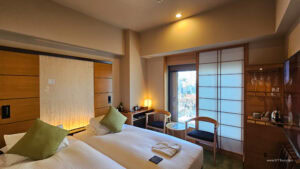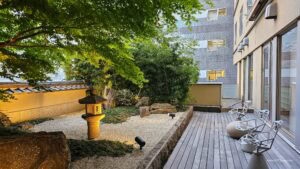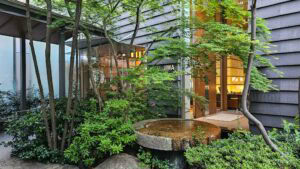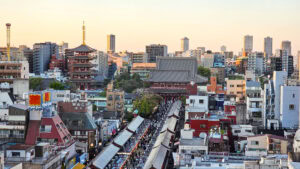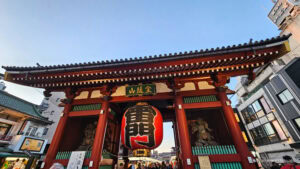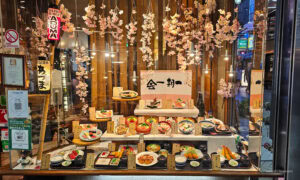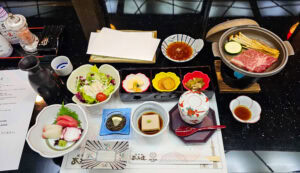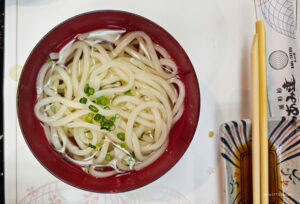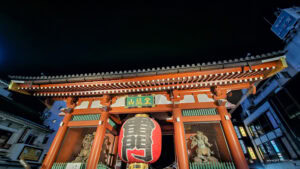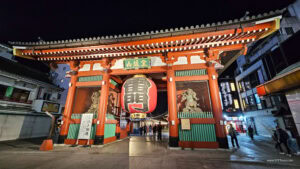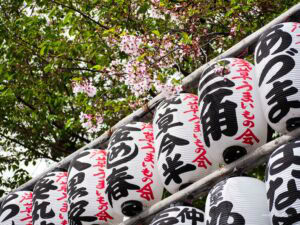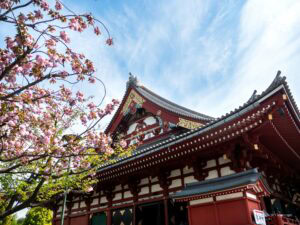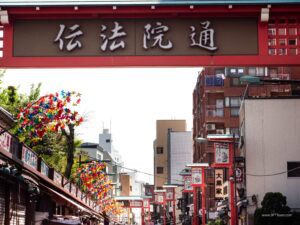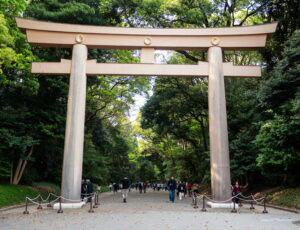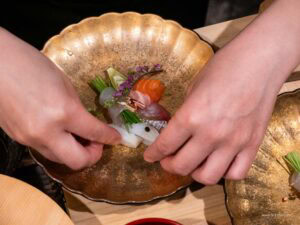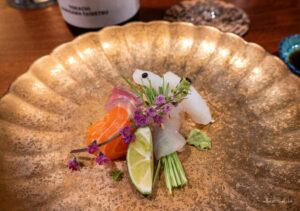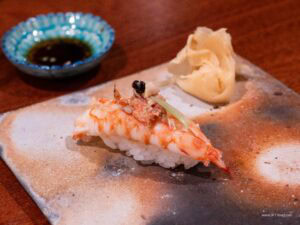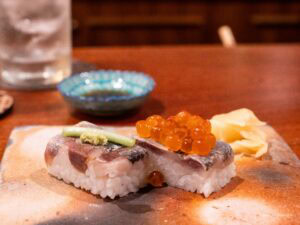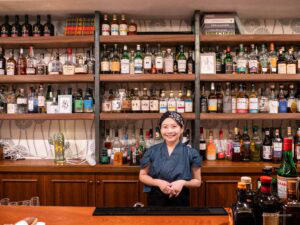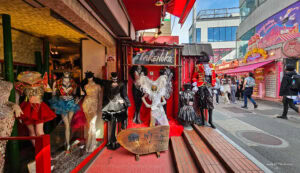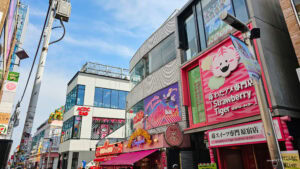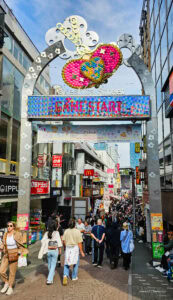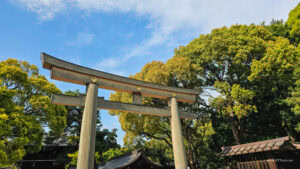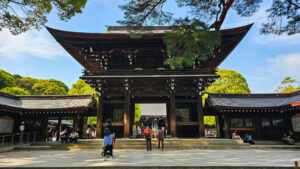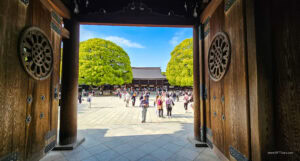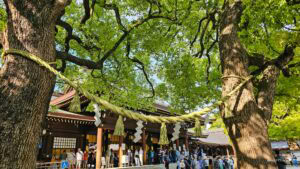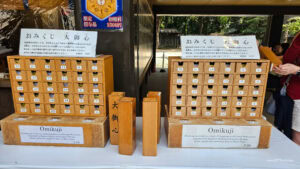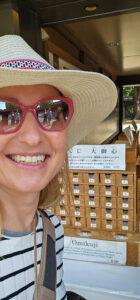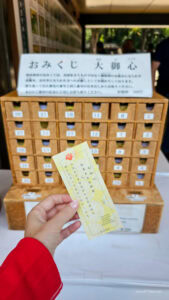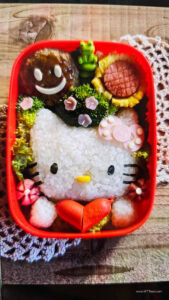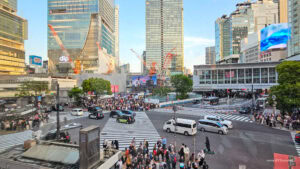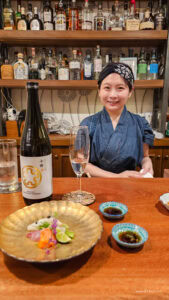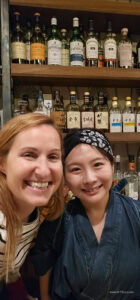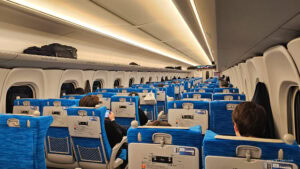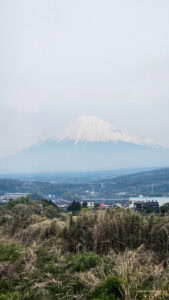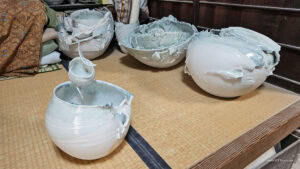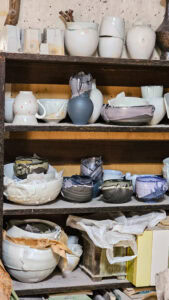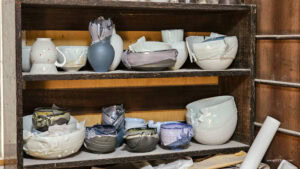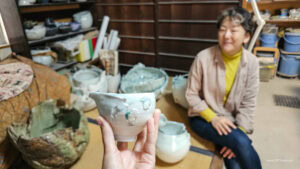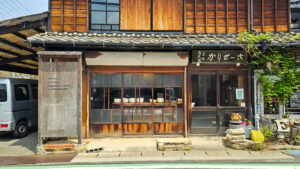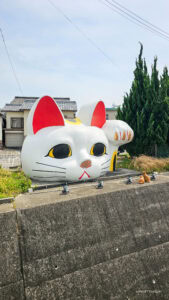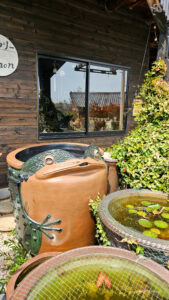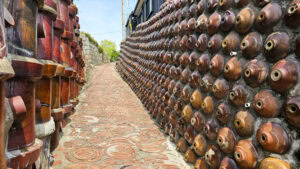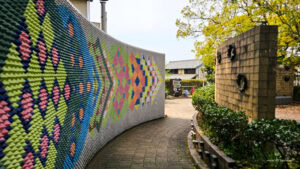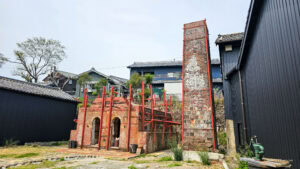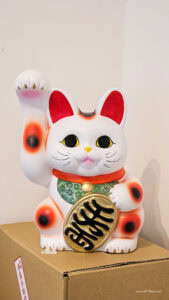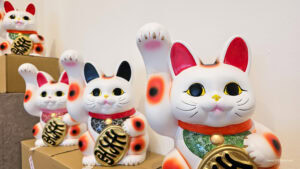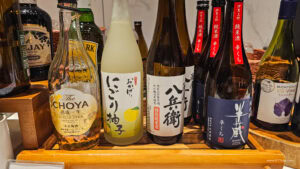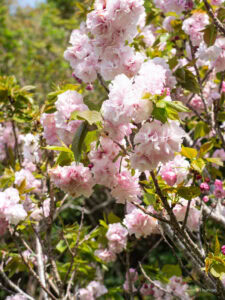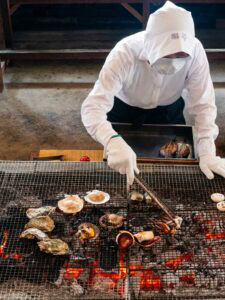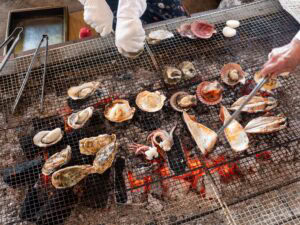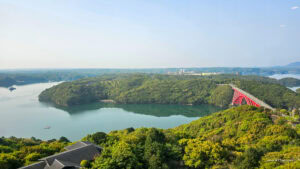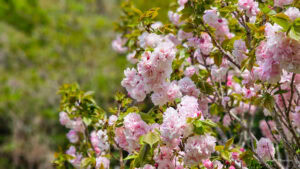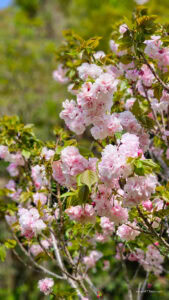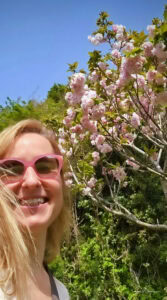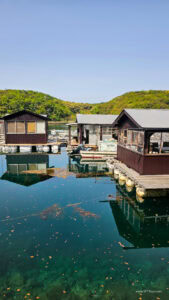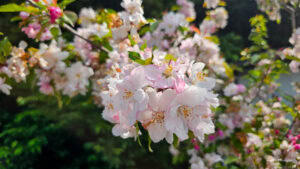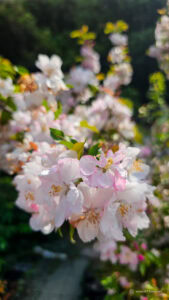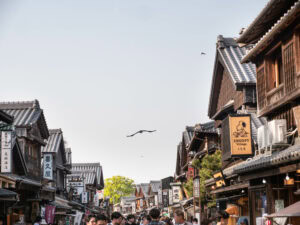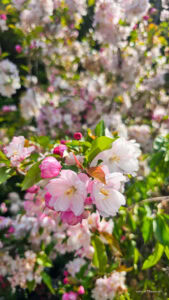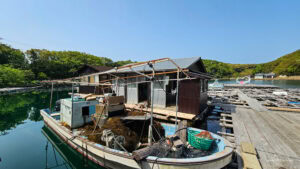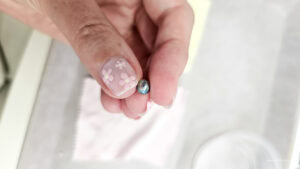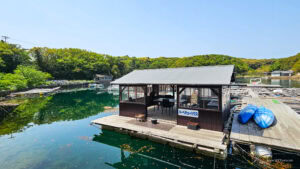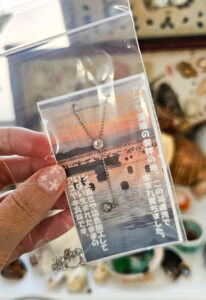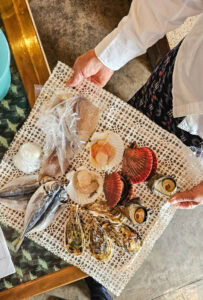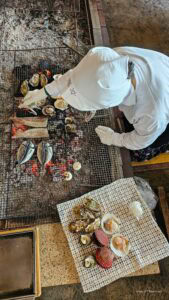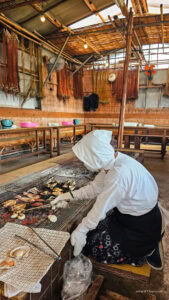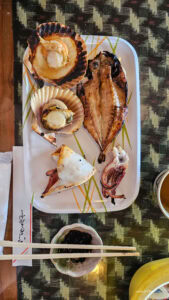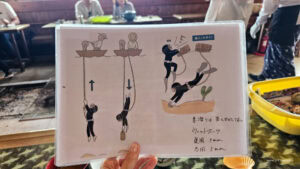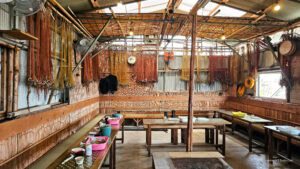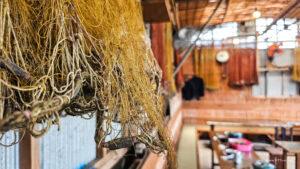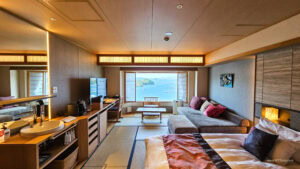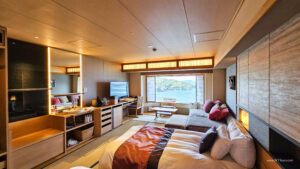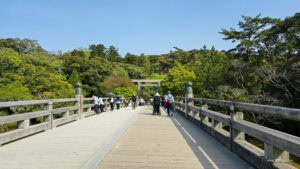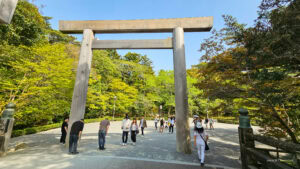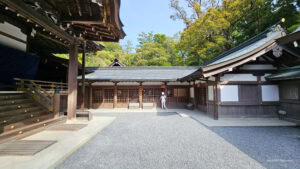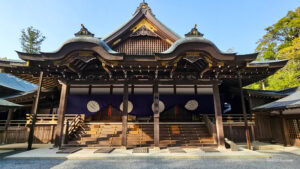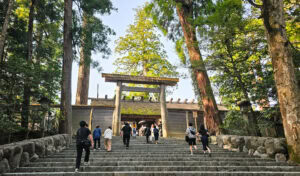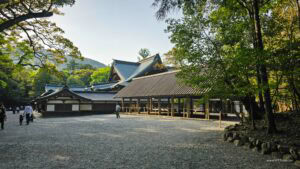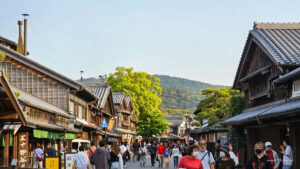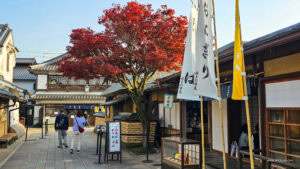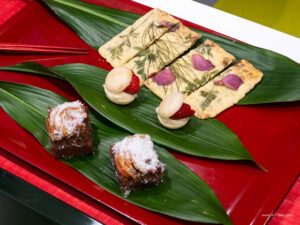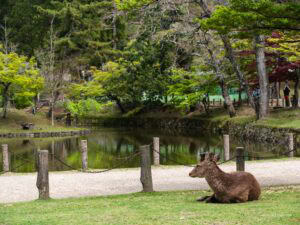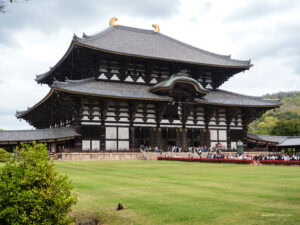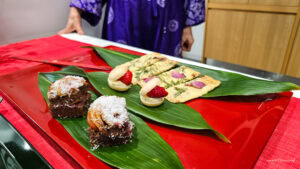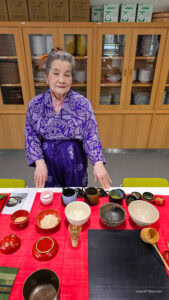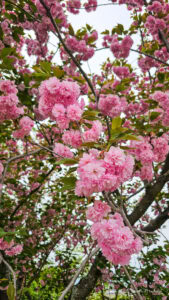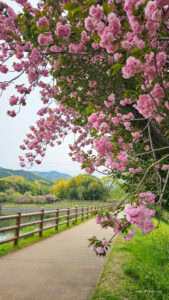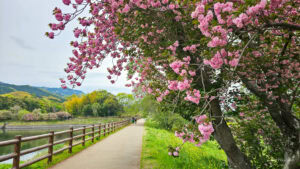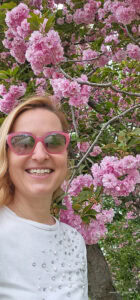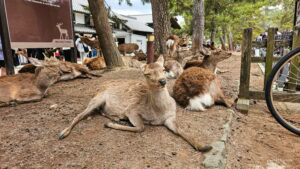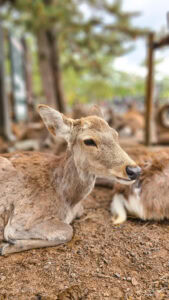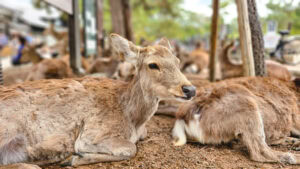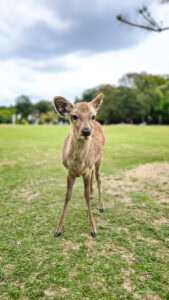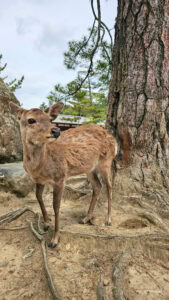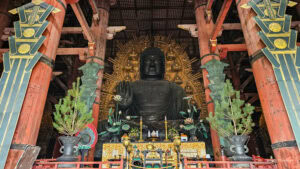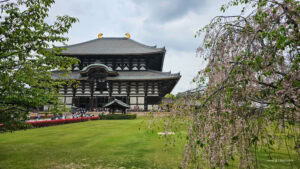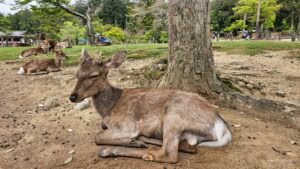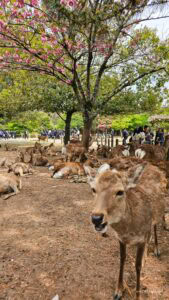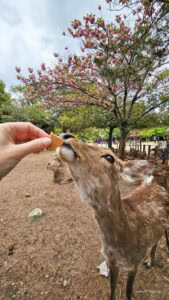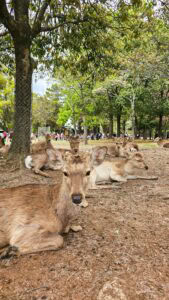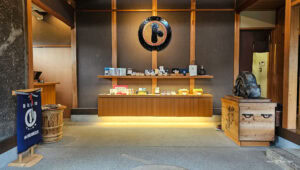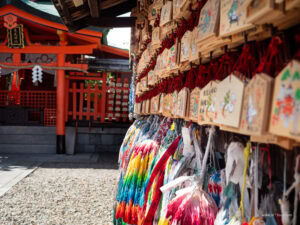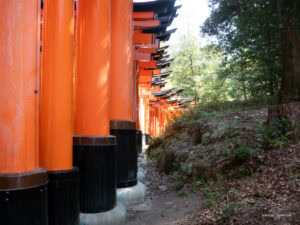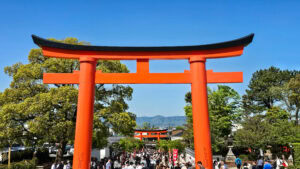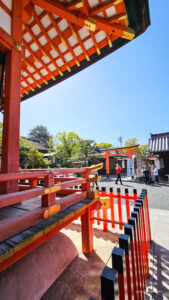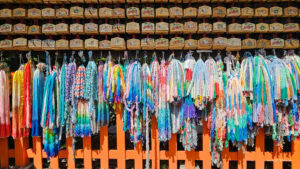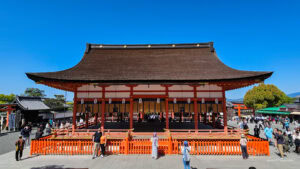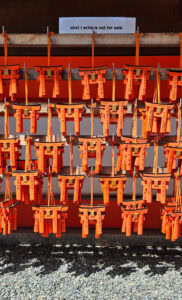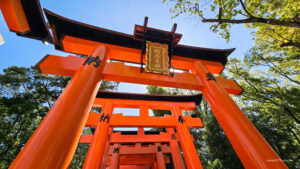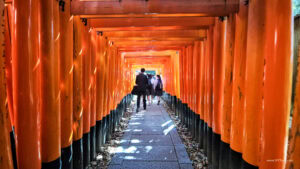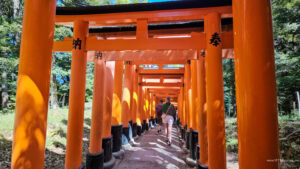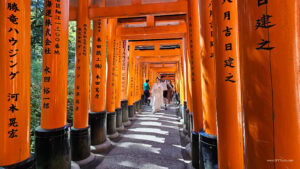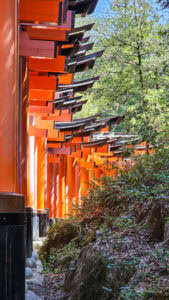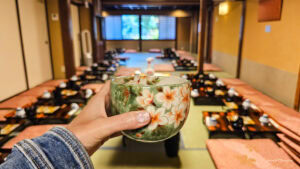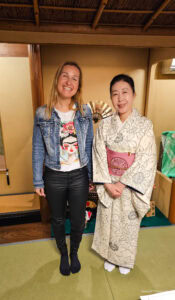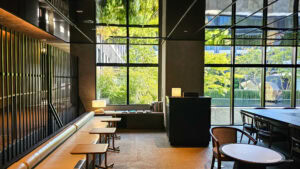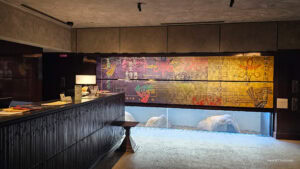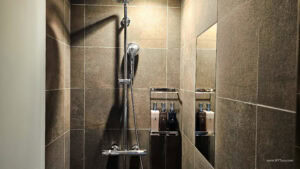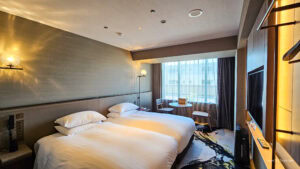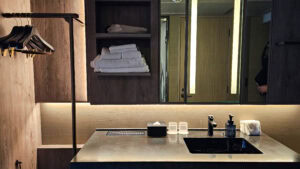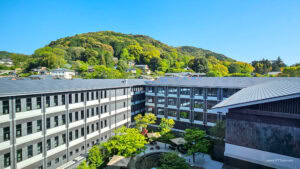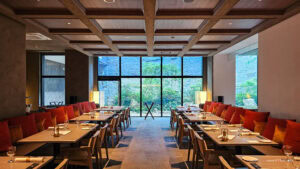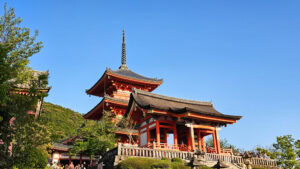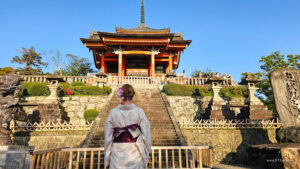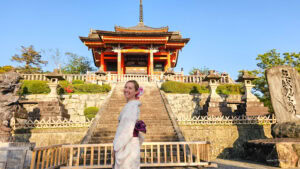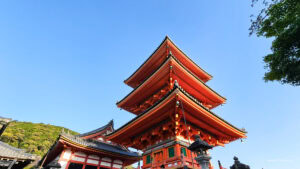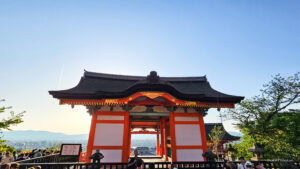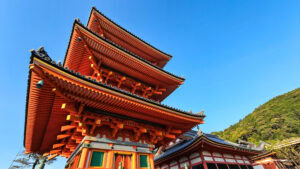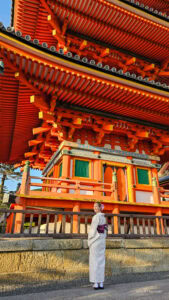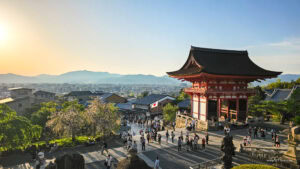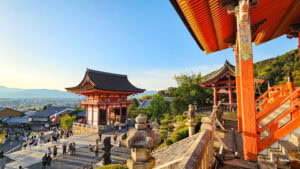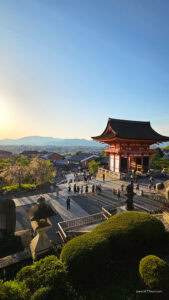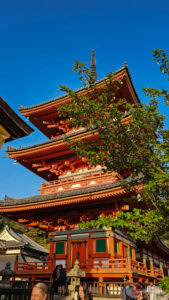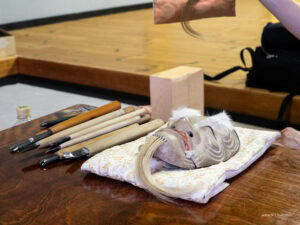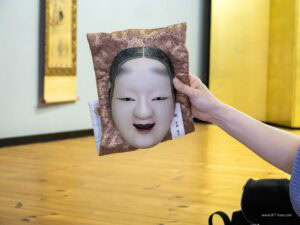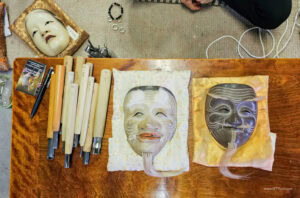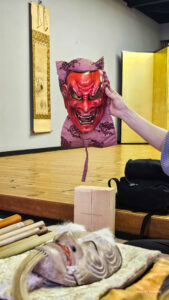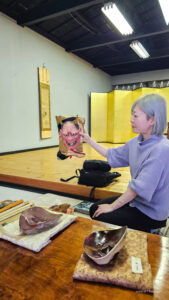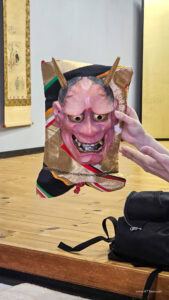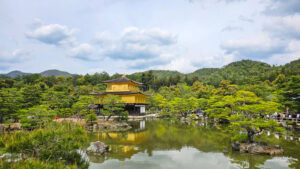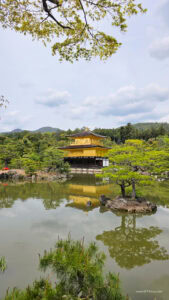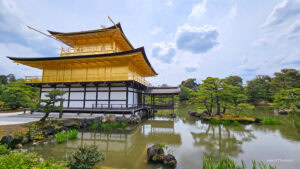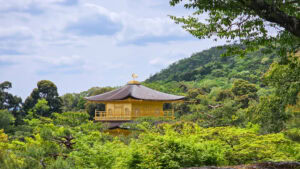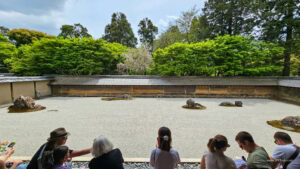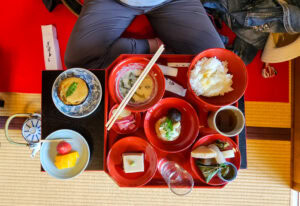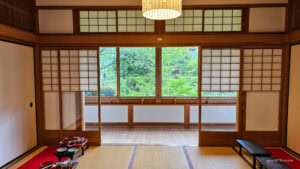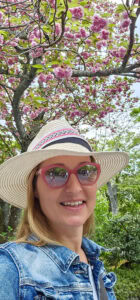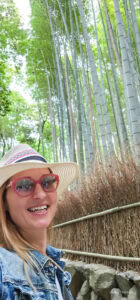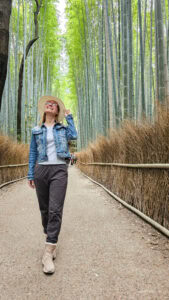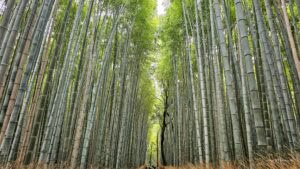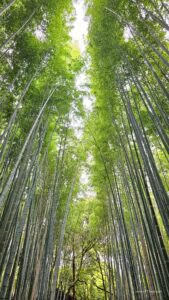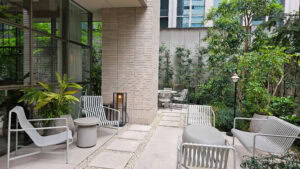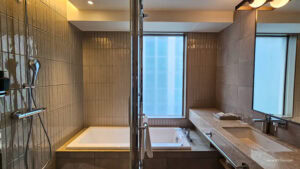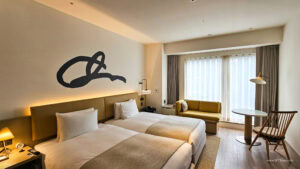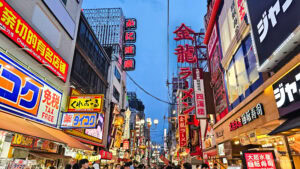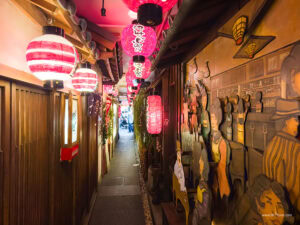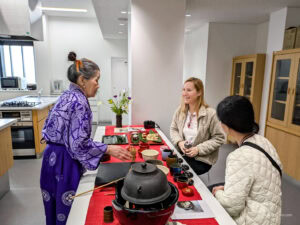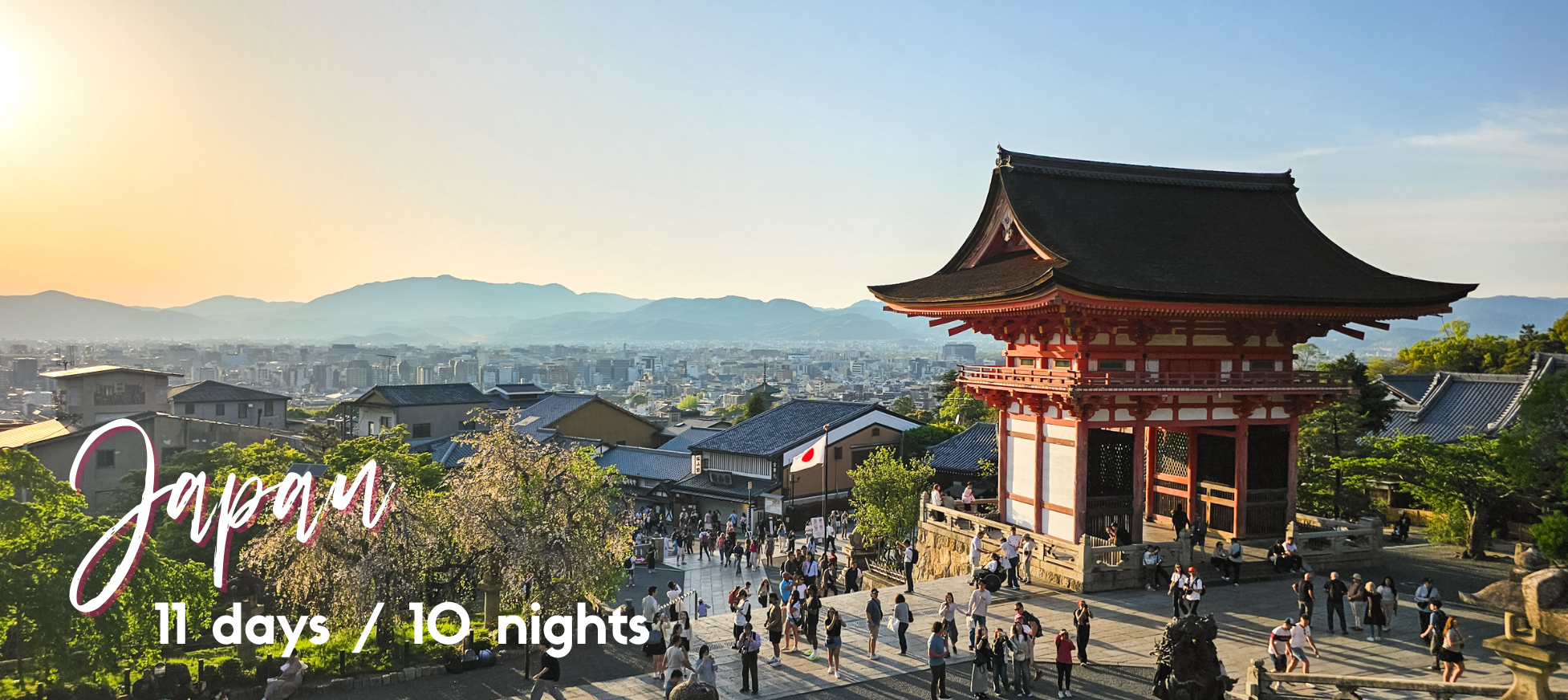
Japan Behind Closed Doors
Tokyo – Tokoname – Ise – Nara – Osaka – Kyoto
See the sights, taste the flavors and go behind closed doors to meet Japanese women sharing their craft and their passion, from sushi masters to Ama divers, from Noh mask makers to female Buddhist monks, from macro-biotic medicinal chefs to pottery artists. Explore the parts of Japan where English isn’t spoken and foreigners rarely go.
Highlights: Senso-ji Temple & Asakusa | Meiji Jingu Shrine | Akihabara | Harajuku shopping | Kintsugi gold repair art | Nara deer park | Kawai bento making experience | Bullet train | Ginza and Shinjuku shopping | Shibuya crossing | Tokoname pottery village and artisan studio visit | Lunch with Ama divers | Pearl jewelry making | Ise Jingu Shrine | Miko dancing Ritual – Kagura | Craft soy sauce making tour | Medicinal cooking experience | Golden pavilion | Ryoanji Temple – Zen garden | Buddhist lunch | Arashiyama bamboo grove | Tea ceremony with Maiko | Fushimi Inari | Noh mask making experience | Dontonburi | Chat with female monk | Osaka Castle
Activity level: Moderate, with lots of walking to explore temples, shrines and cities on foot. This is a fast-paced tour with packed days, a high level of stamina is necessary.
No mandatory single supplements* | 14 spots
*Prices per person, we pair you with another traveler to avoid supplements, or upgrade to have your own room

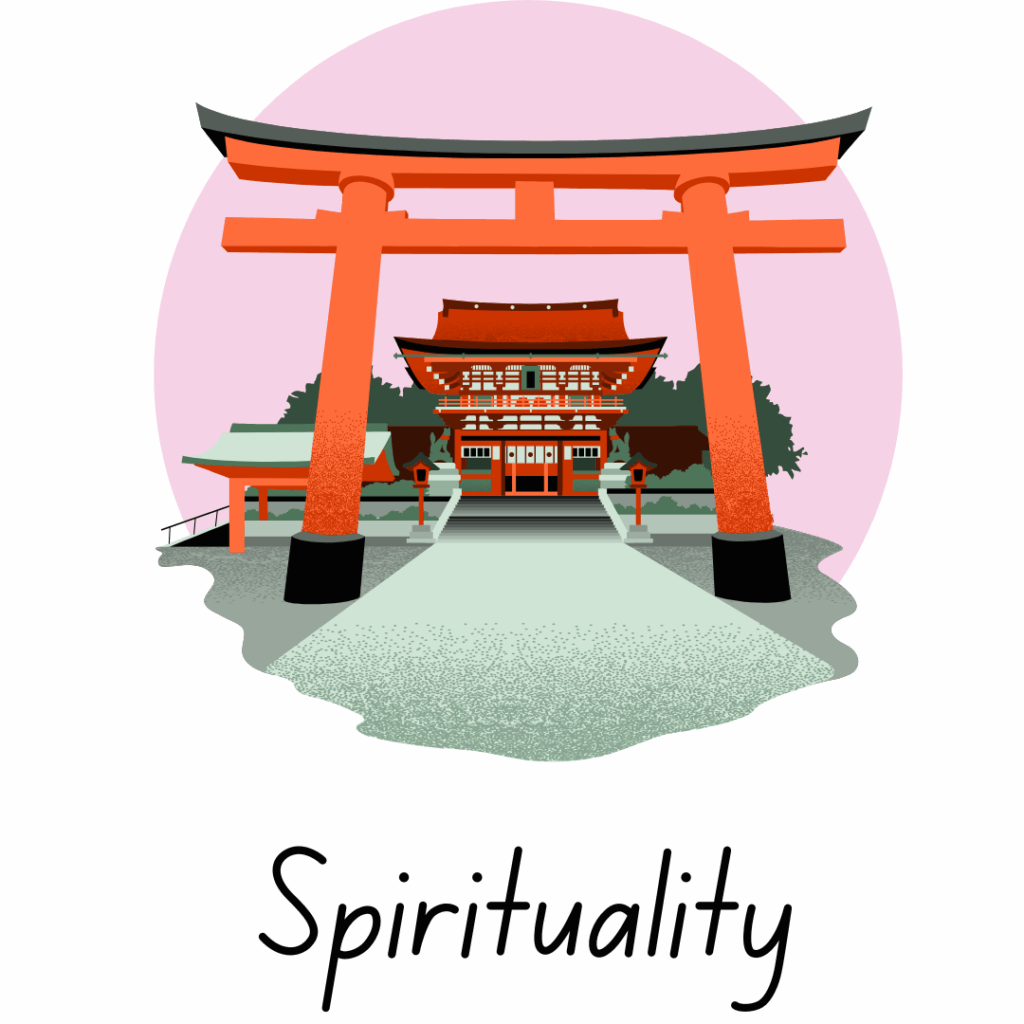
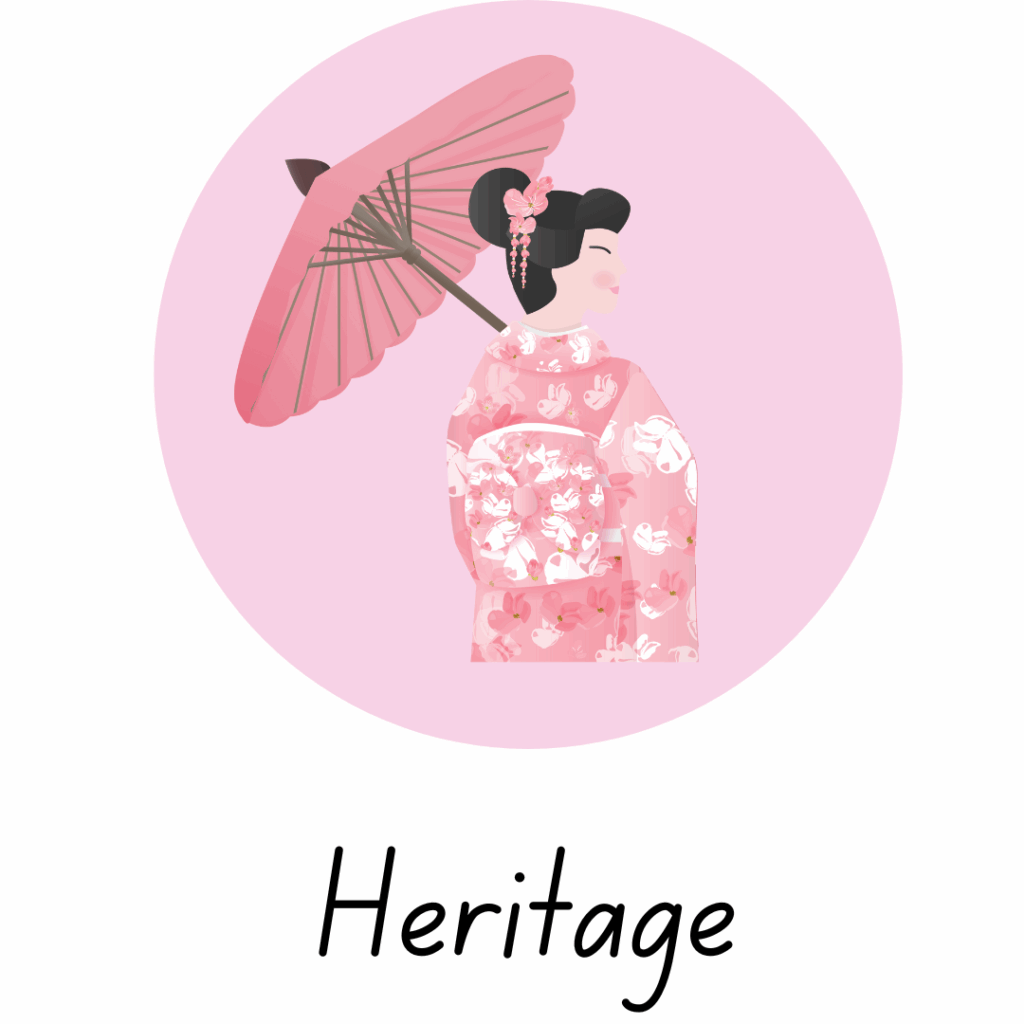
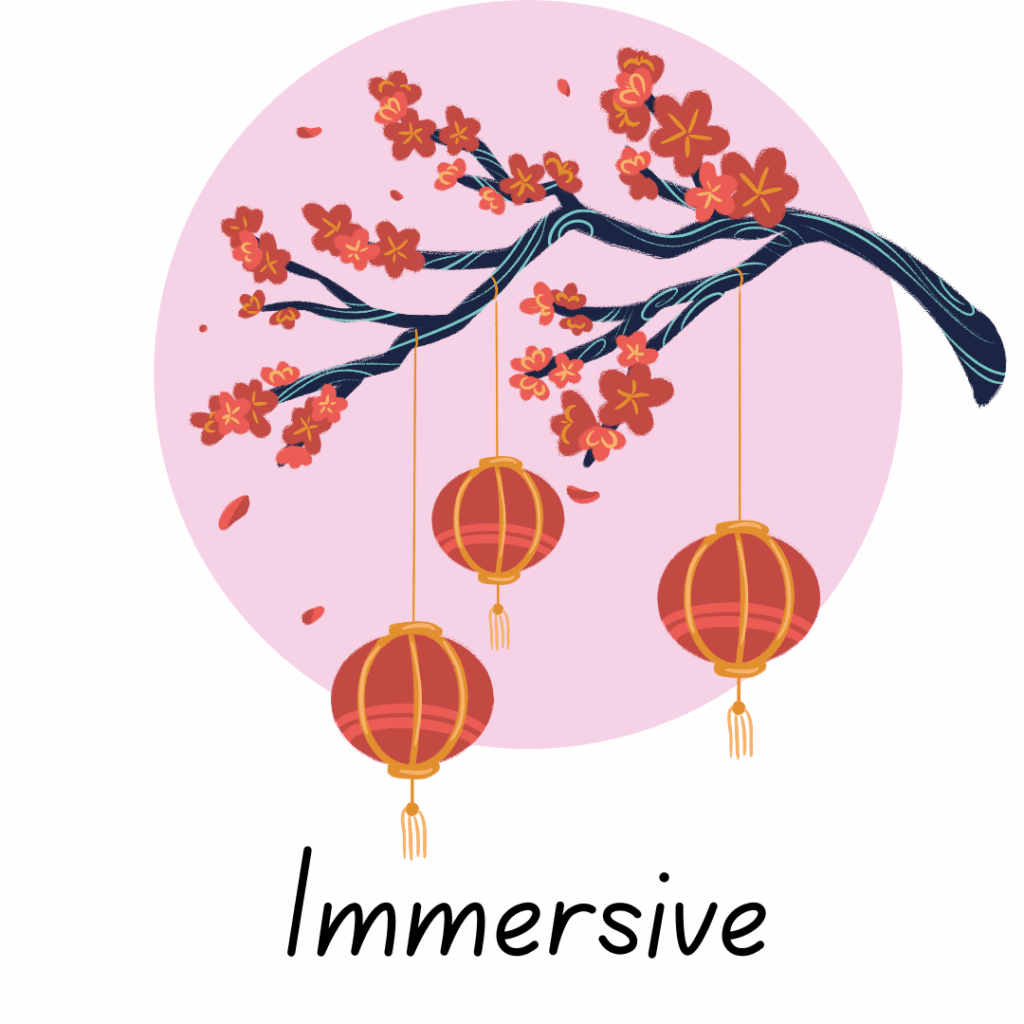
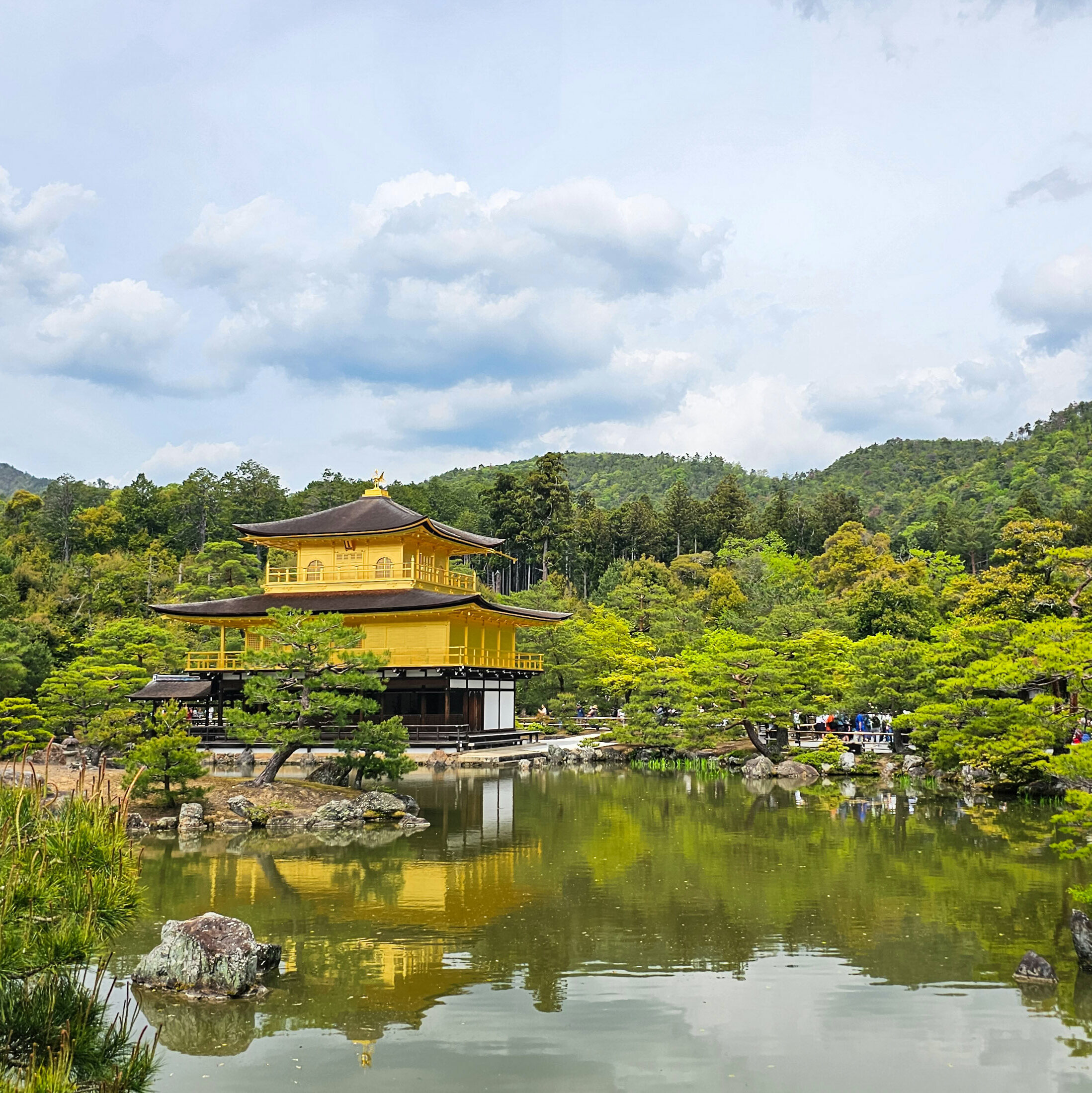
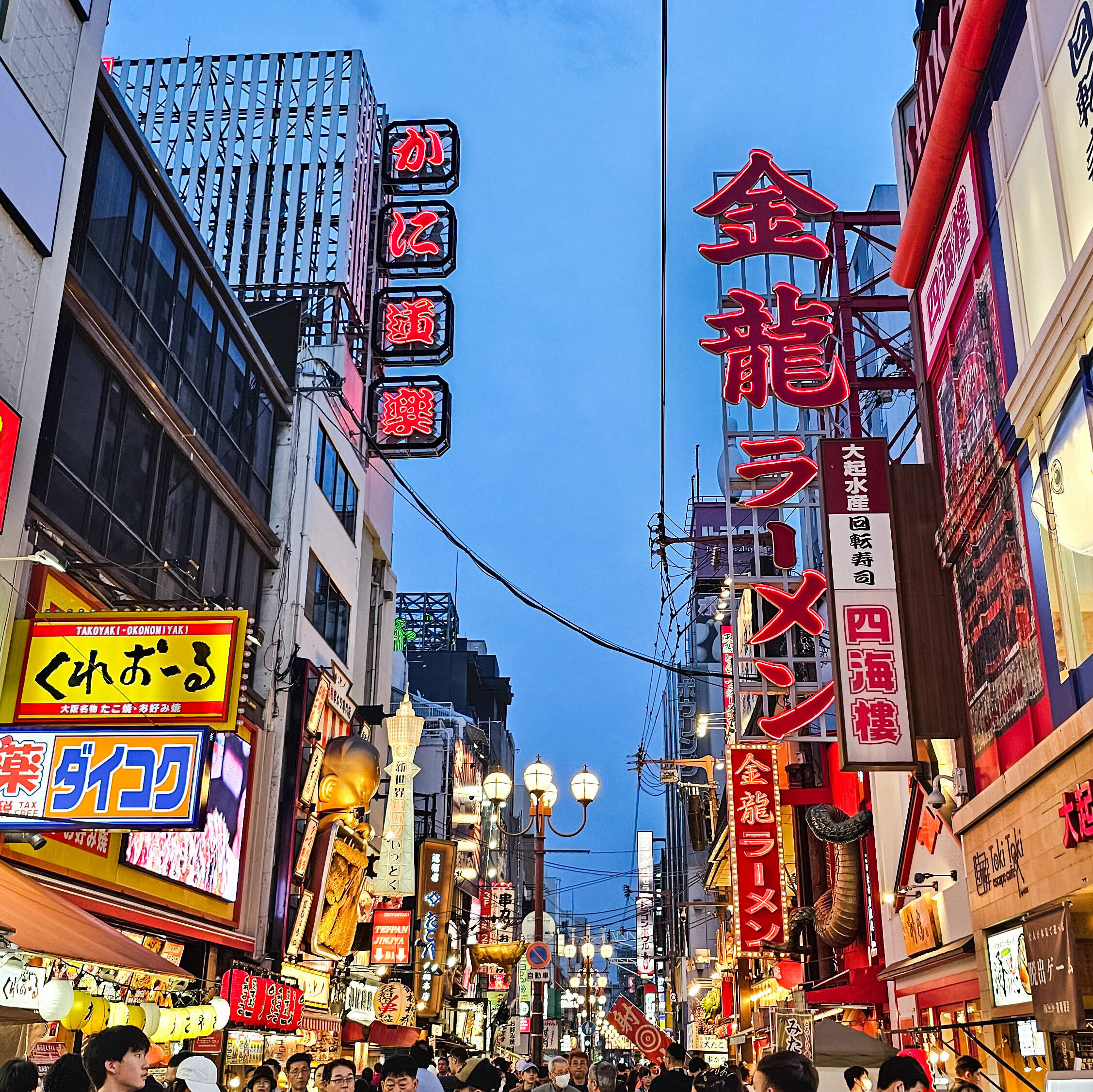
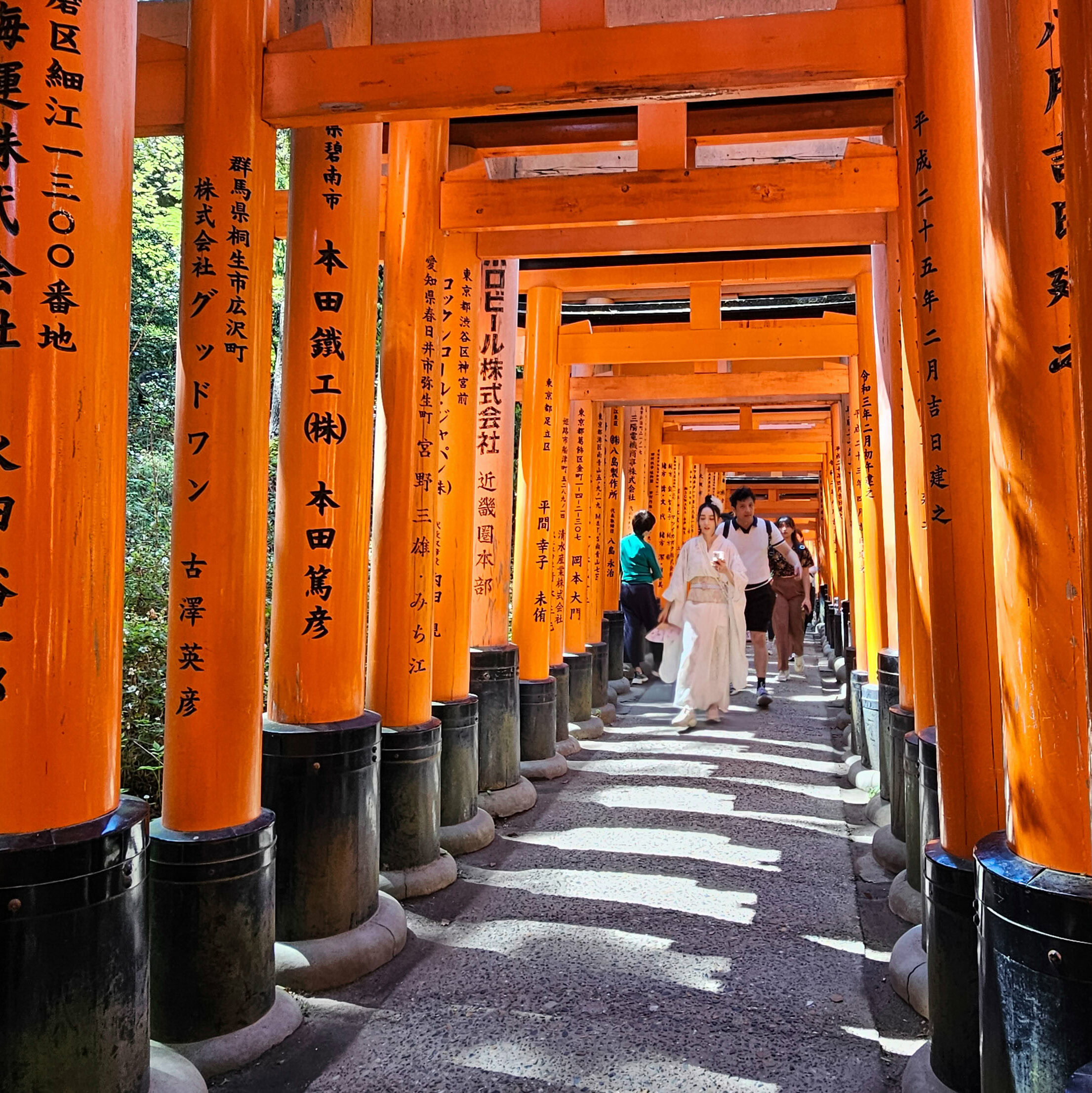
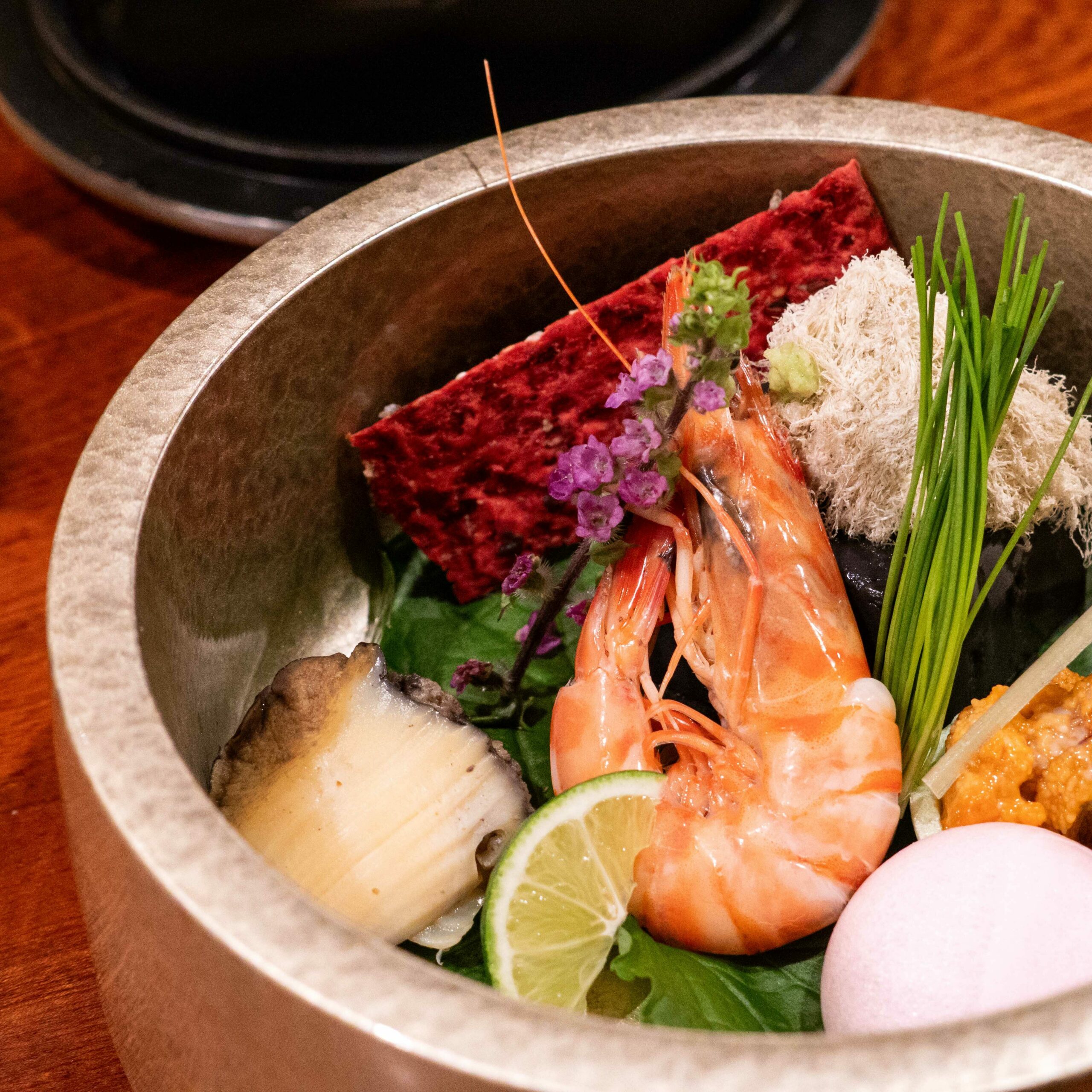
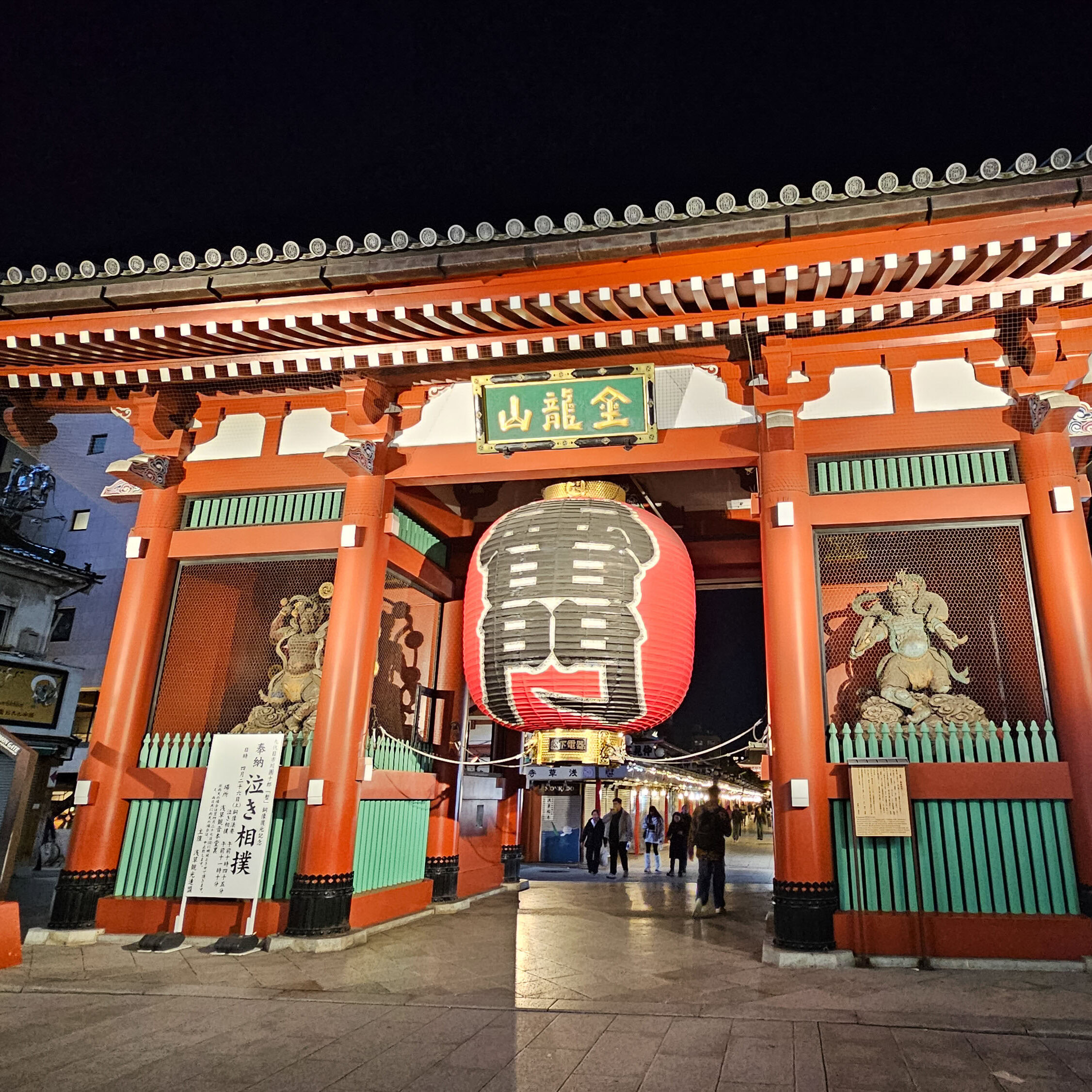
Trip Overview

- 28 March to 7 April, 2026 (Sakura season) – Photographer onboard
- 13 to 23 June, 2026
- 13 to 23 October, 2026 (Fall colors)


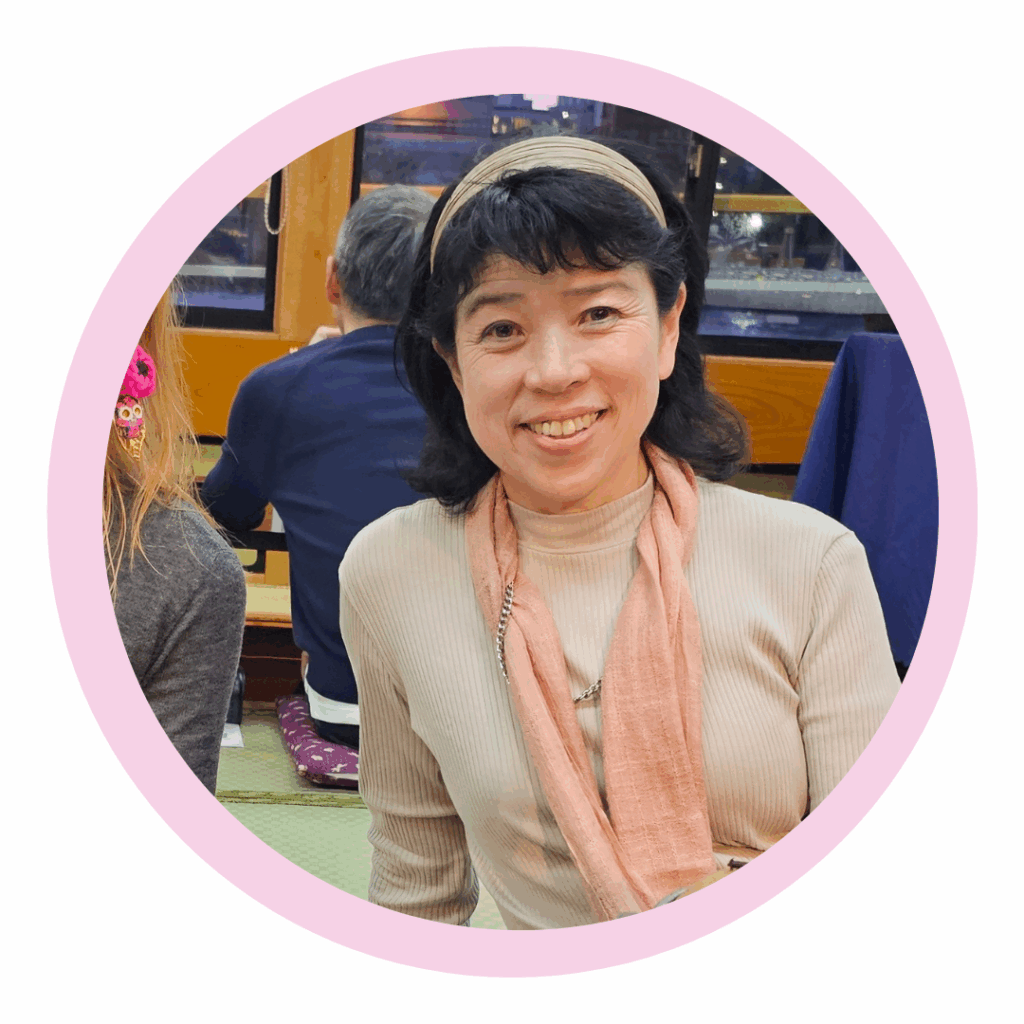
Mari, our Japanese host
Sneak peek trip video
Trip Summary
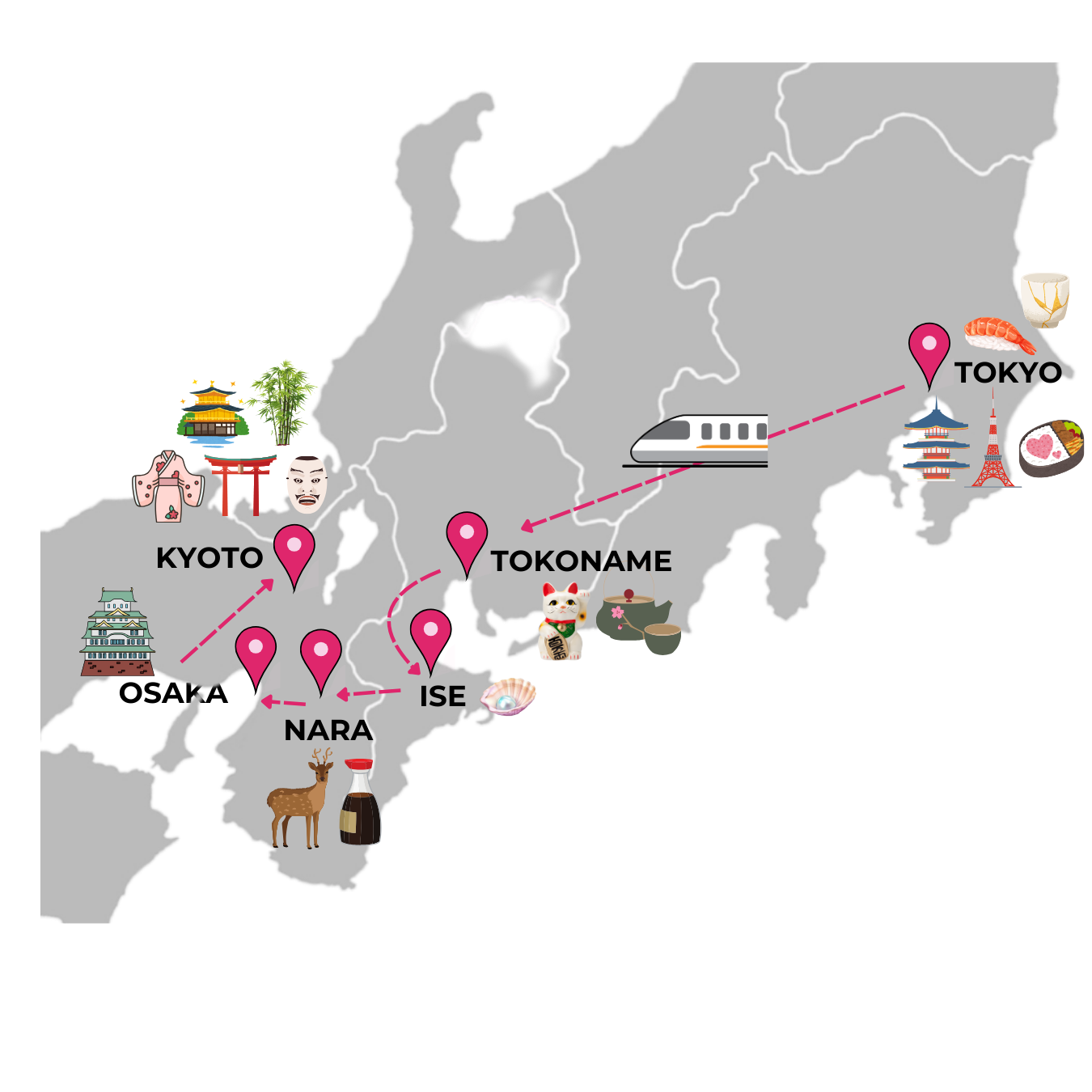
Find the day by day itinerary below:
- Day 1: Arrival and Welcome dinner
- Day 2: Asakusa, Sensoji Temple, Kintsugi experience, Akihabara
- Day 3: Shibuya, Meiji Jingu Shrine, Harajuku, Okonomiyaki lunch, Ginza, Female sushi chef experience
- Day 4: Bento box making experience, bullet train to Nagoya, guided tour of Tokoname, tea with a porcelain artist
- Day 5: Lunch with Ama Divers, pearl accessory making workshop, onsen experience
- Day 6: Ise Jingu Shrine, Kagura ritual, kaiseki lunch, Okage Yokocho street, soy sauce factory
- Day 7: Medicinal cooking experience, Todaiji Temple, Nara Deer Park, Dotonburi street
- Day 8: Osaka Castle, Tenryuji Temple Buddhist lunch, Golden pavilion, Shingetsu Arashiyama bamboo grove
- Day 9: Fushimi Inari, Noh Mask workshop visit + Noh short show, tea ceremony
- Day 10: Breathing meditation and chat with a female monk, kimono rental and Farewell dinner
- Day 11: Departure
Detailed Itinerary

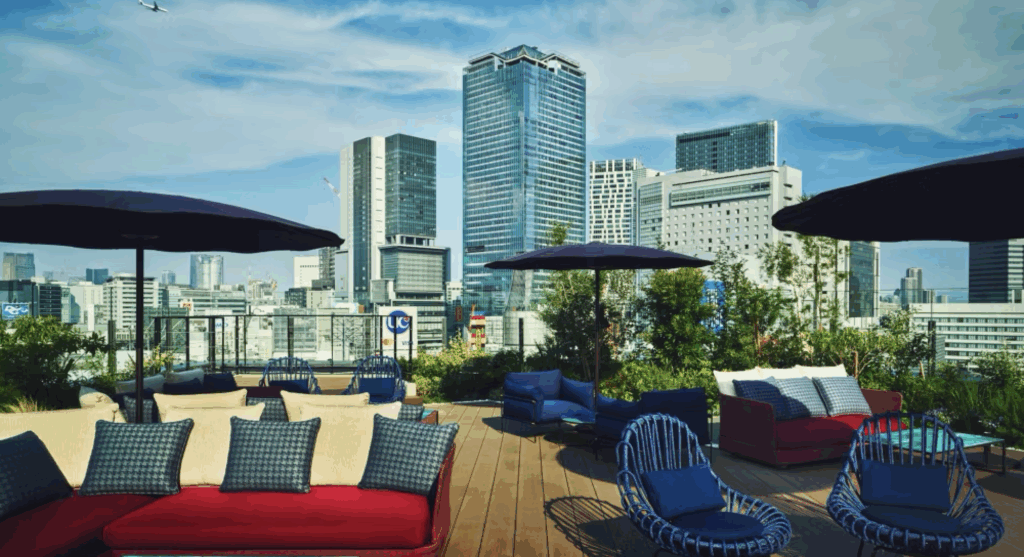
Day 1 : Arrive in Tokyo
Arrive in Tokyo at one of the two major airports. You can choose to add a private transfer, or organize your own way to our hotel by train or taxi.
We will meet for a briefing and welcome dinner at the hotel’s rooftop terrace and restaurant with panoramic views of Shibuya and the Tokyo skyline.
Inclusions: Welcome drinks and dinner.
Overnight at Hotel Indigo Shibuya 5*
The Hotel Indigo Shibuya is part of the Intercontinental Hotels Group and is located very centrally, right above the famous Shibuya crossing and within walking distance to the metro station.
Rooms all have skyline views and modern facilities, and the hotel has a lovely rooftop terrace and other convenient amenities.
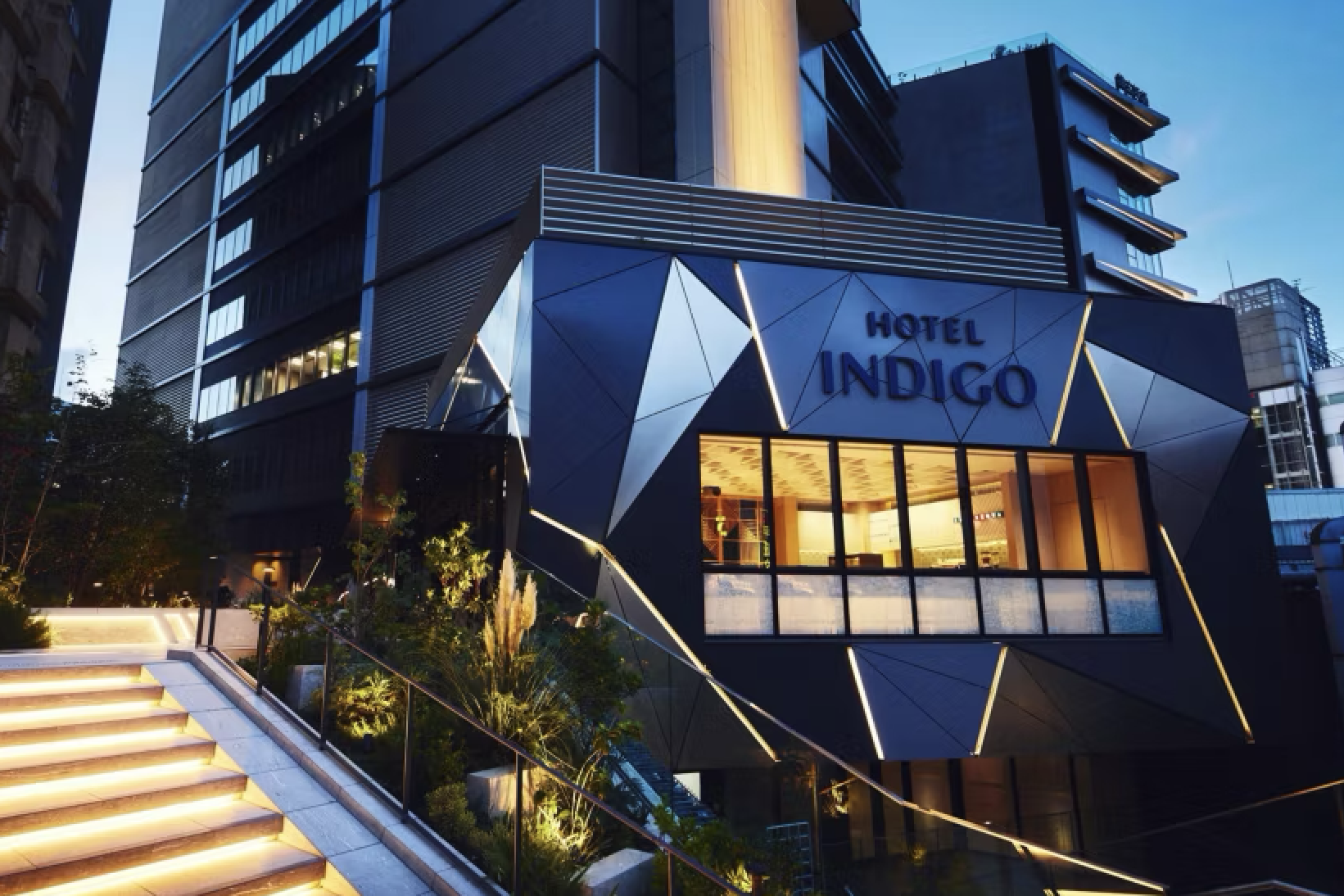
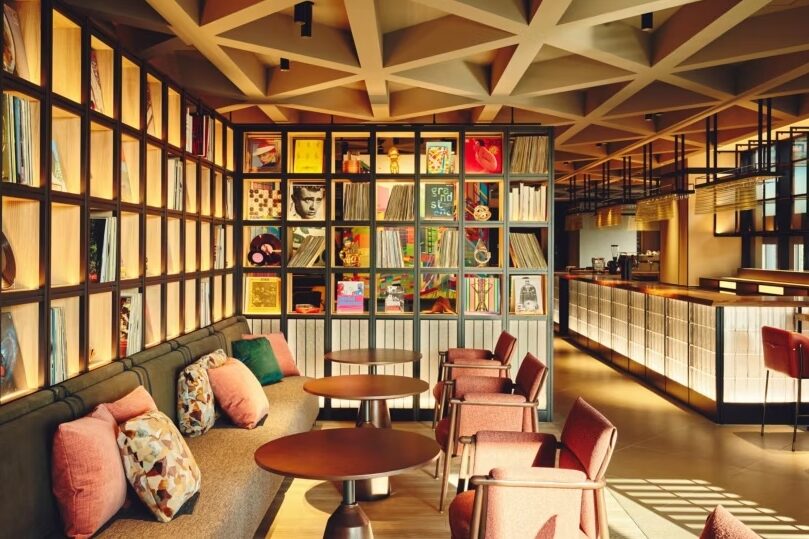
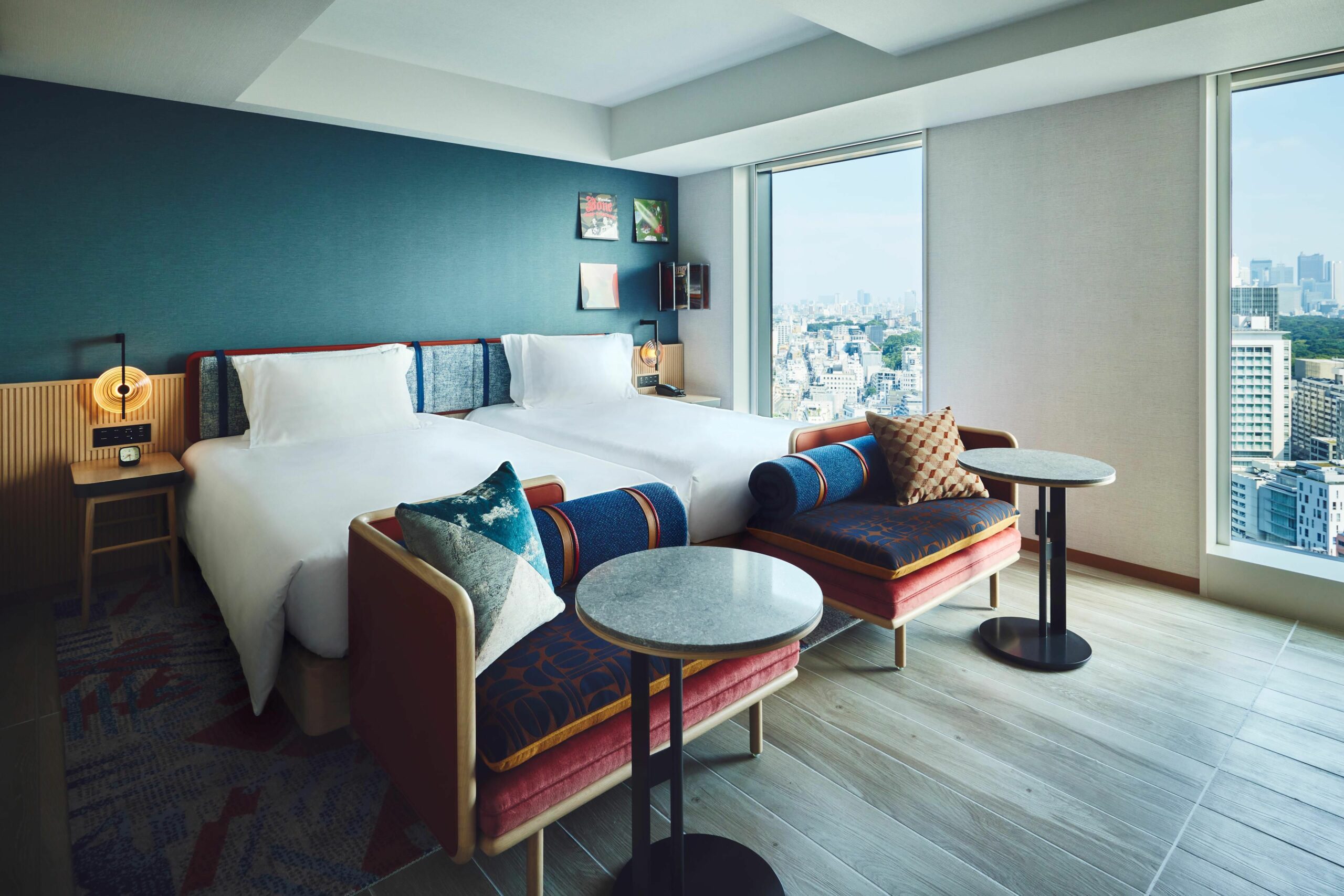
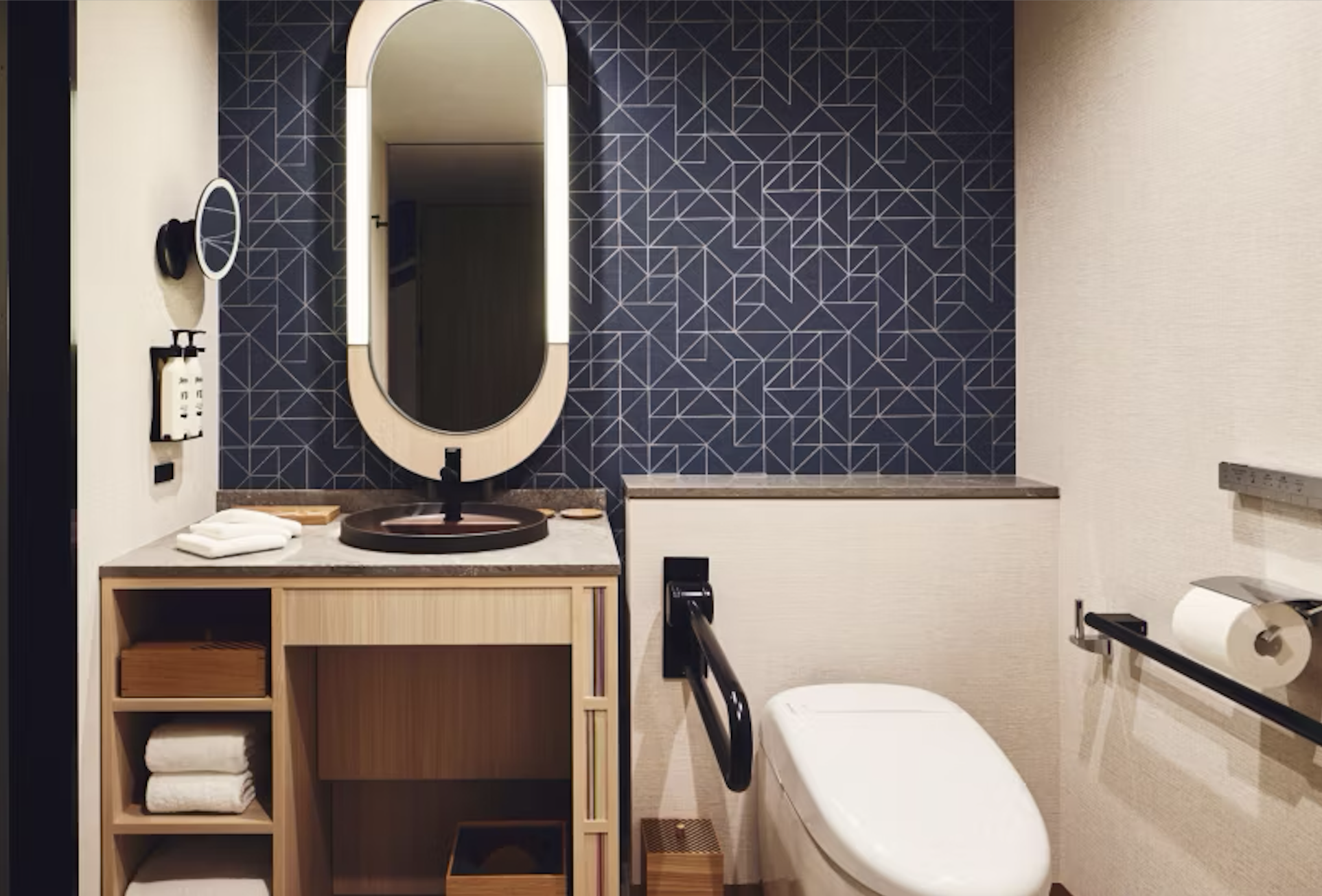
Day 2 : Asakusa, Sensoji Temple, Kintsugi experience, Akihabara
Steps: 10,000-15,000.
Driving time: Approx. 1 hour.
Welcome to Tokyo!
Our first breakfast in the country will be at the hotel where you can experience some of Japan’s traditional breakfast foods.
Our exploration will start with a walking tour of the city’s historical core.
We will start the day in Asakusa, at the oldest Buddhist temple in the capital, Sensoji Temple.
Our guide will take us on a walking tour from Kaminarimon, the Thunder Gate, along the 12th century Nakamise-dōri street, a pedestrian pathway that is lined with shops selling traditional souvenirs and snacks, to the main temple.
Sensoji is made of several buildings including a 5-story pagoda. The temple was founded in the 7th century AD and destroyed during WWII. Today’s structures were rebuilt in the 1950s and is a symbol of rebirth and peace.
We will cleanse ourselves with holy water, pay our respects to the Buddha statue, perhaps buy an amulet or get our luck read.
There will be a bit of free time for shopping on your own in Nakamise-dōri street or the other main thoroughfares.
Here, you can find religious items as well as Japanese manga (comics) and anime toys, clothing, sweets and more.
We will then share a casual group yakitori lunch nearby.
Yakitori are Japanese skewers grilled over a charcoal fire and typically made of marinated meats with tare sauce containing soy sauce, mirin and sugar. The skewer is made of bamboo and some vegetables are usually added too.
After lunch, we will continue our day with a meditative and meaningful Kintsugi experience.
Kintsugi is a Japanese philosophy and art form that focuses on repairing broken pottery by filling in the cracks and broken parts with lacquer and real gold.
The emphasis of Kintsugi is on preserving an object that may have had meaning to you in a way that makes it even more beautiful than before.
The philosophy also puts value in highlighting imperfections as something to be proud of, and not ashamed of.
The entire process typically takes 3 months and must follow 9 steps, each one filling the crack with a different material, from paste to lacquer to gold.
Because each layer of lacquer needs to dry naturally in a moist environment for a week, this is a very time consuming process requiring a lot of patience.
The deeper and larger the cracks are, the more layers will be needed, and therefore the longer the process to repair.
Kintsugi is a major meditative art form with growing number of followers who repair their own pieces and other people’s broken pottery too.
During our workshop, the female artist will explain the philosophy behind kintsugi and the end to end process. We will complete the last step by filling the crack of a vintage broken plate from one of Japan’s ancient dynasties with gold.
Our creations will stay at the studio and dry for a week, when they will be sent to our last stop of the tour, where we will pick them up.
After our profound repair efforts, we will head to the core of Japan’s electronics, manga and anime industry, Akihabara.
The colorful neon signs, the maid cafes, the posters of anime and manga characters, the electronic’s superstores and the general vibe of this neighbourhood is electrifying and will be exciting even to those who aren’t fans.
The day will end here with free time for you to browse for your favorite characters, video games, electronics, toys and collectibles, and have dinner on your own.
Return to the hotel at your own leisure.
Inclusions: Breakfast at the hotel, yakitori lunch, walking guided tour of Asakusa and Sensoji Temple, kintsugi experience and domestic shipping of our finished piece to our last destination, transportation for the day in a minibus until Akihabara.
Overnight at Hotel Indigo Shibuya 5*
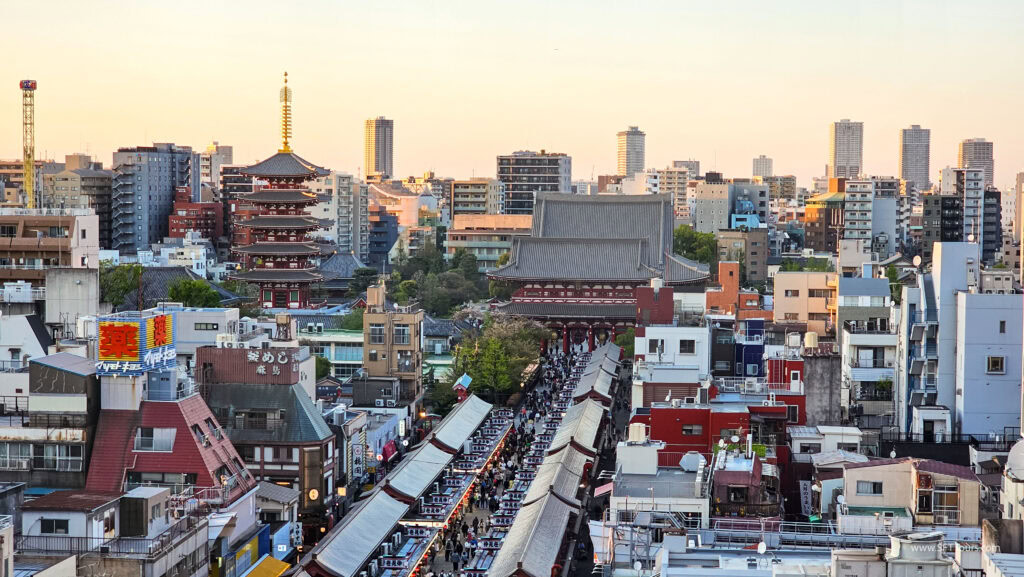
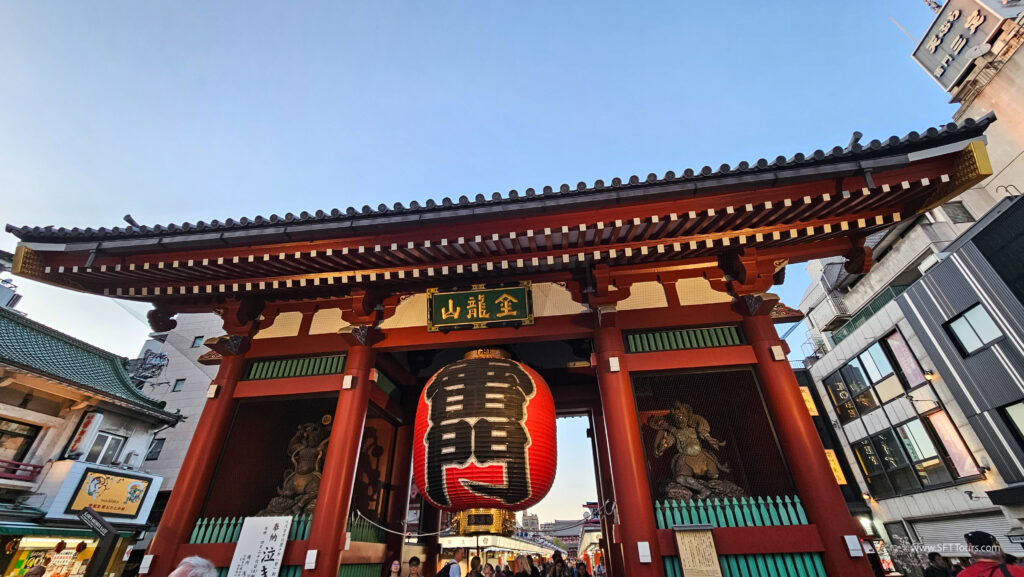
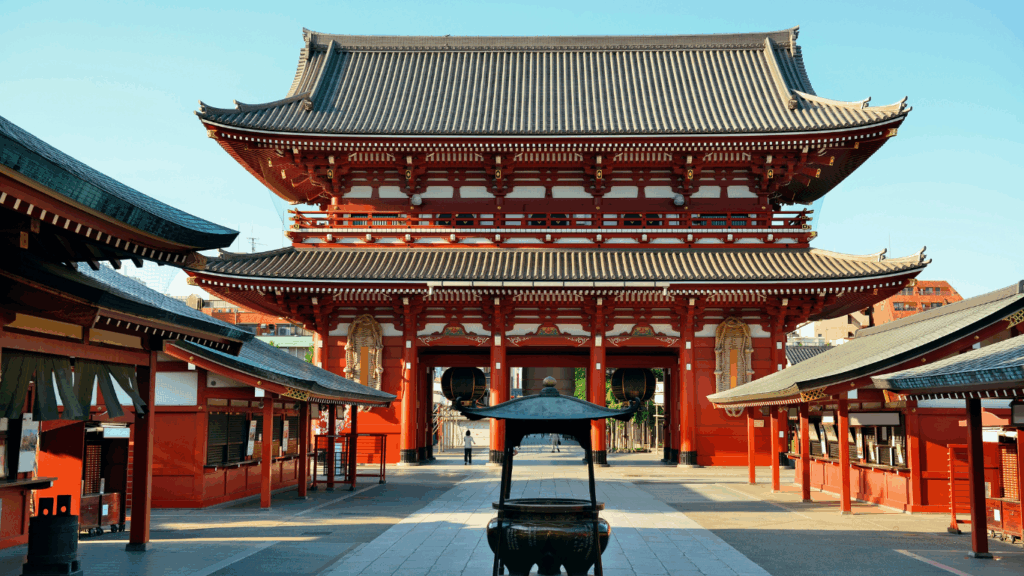
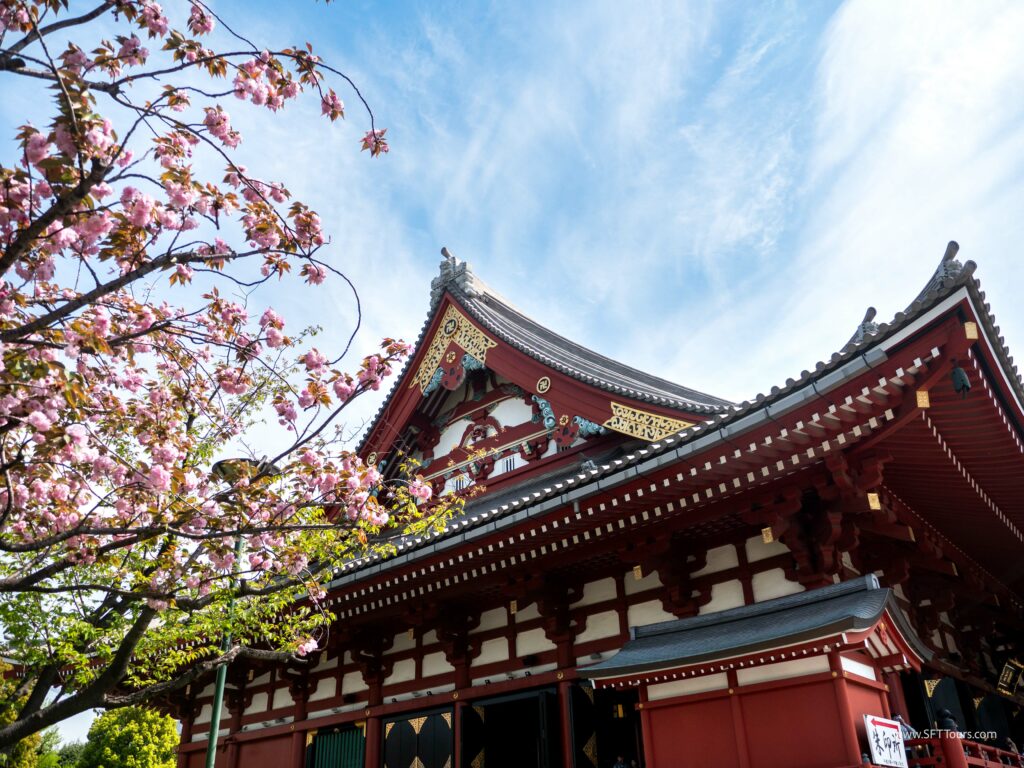
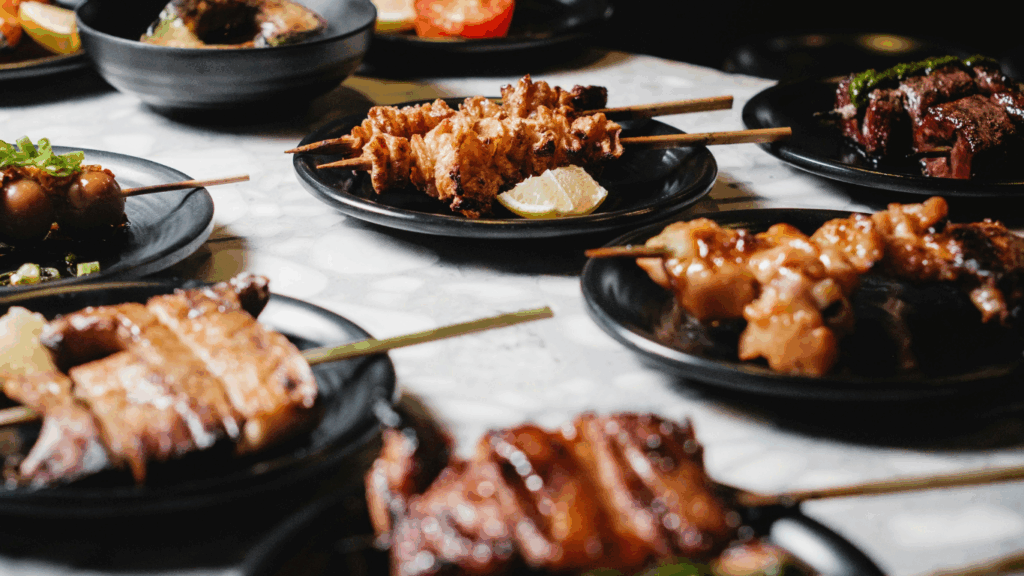
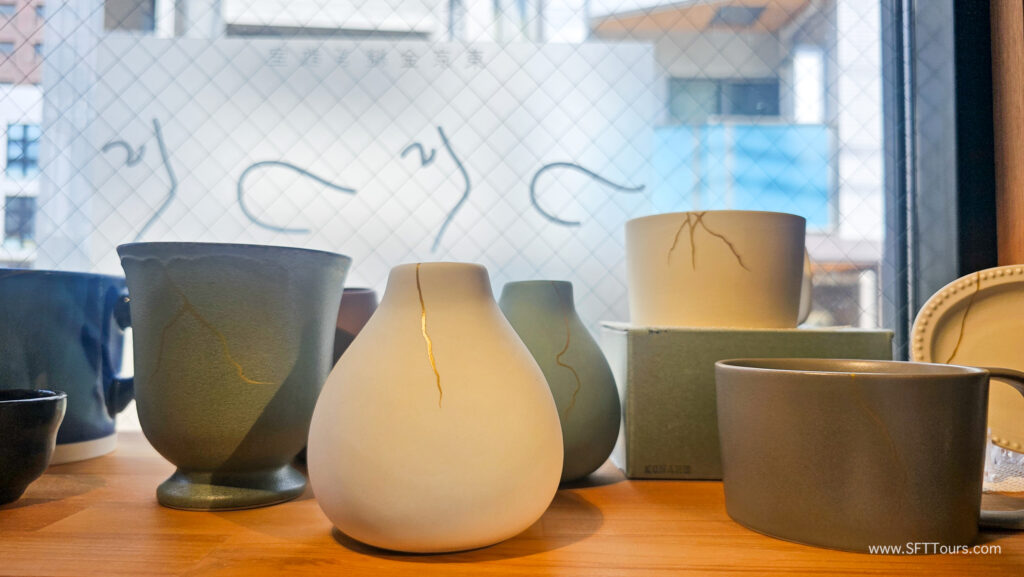
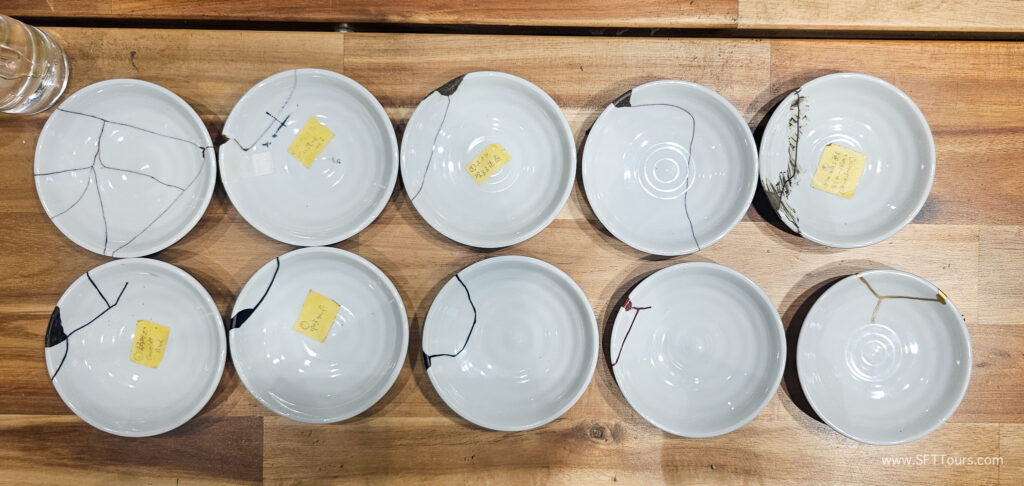
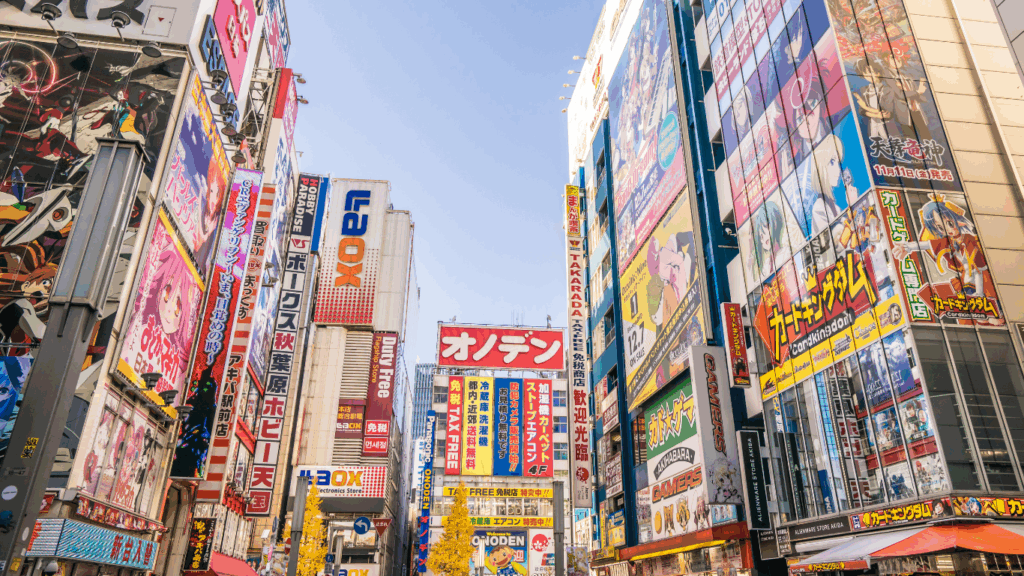
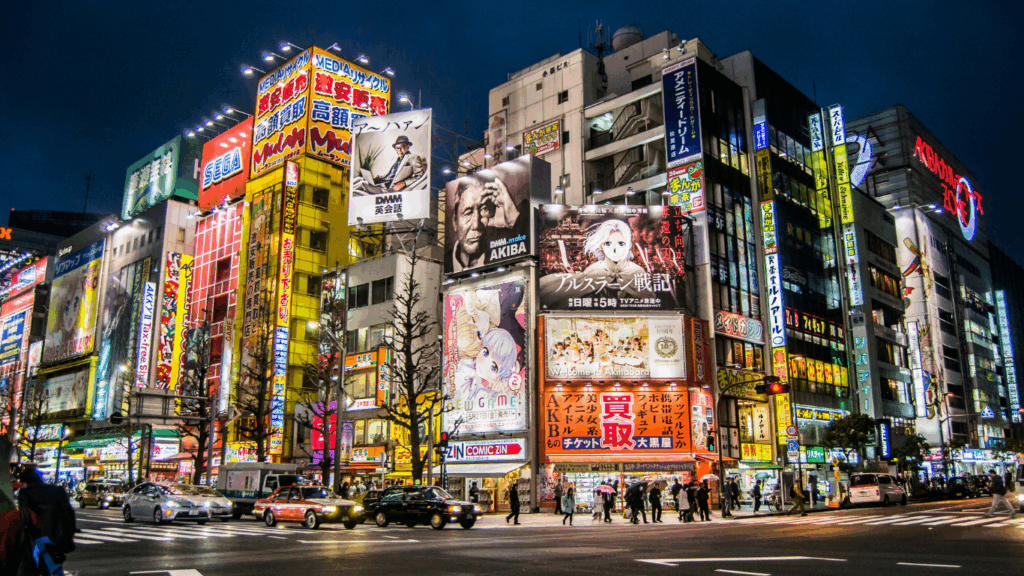
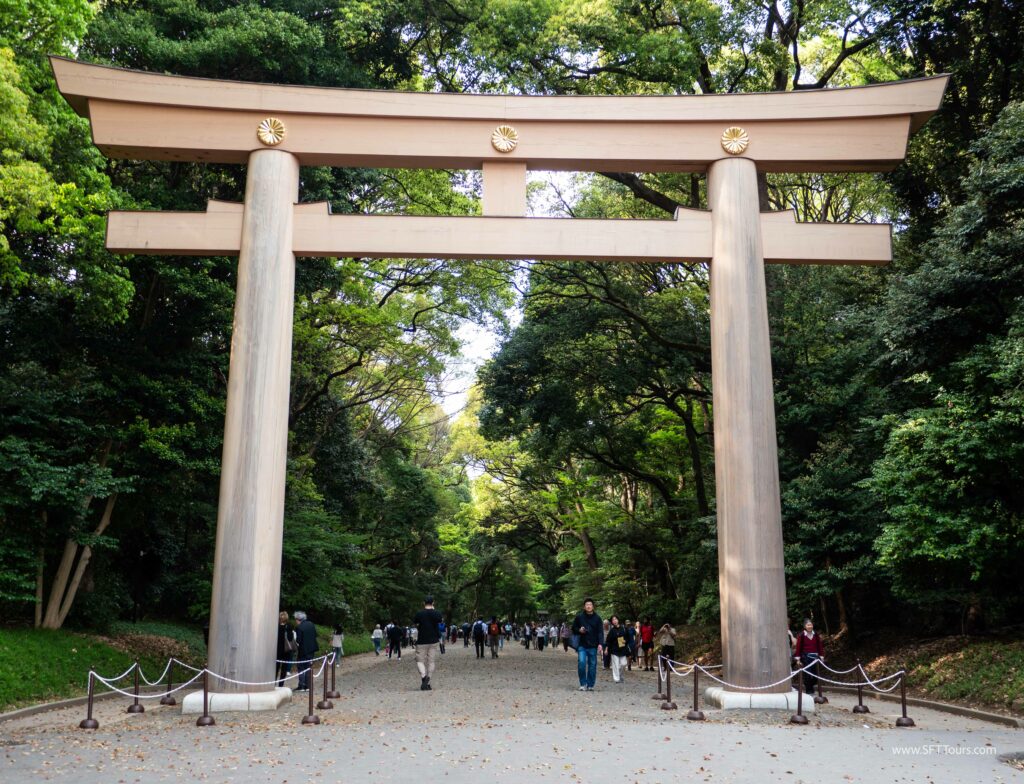
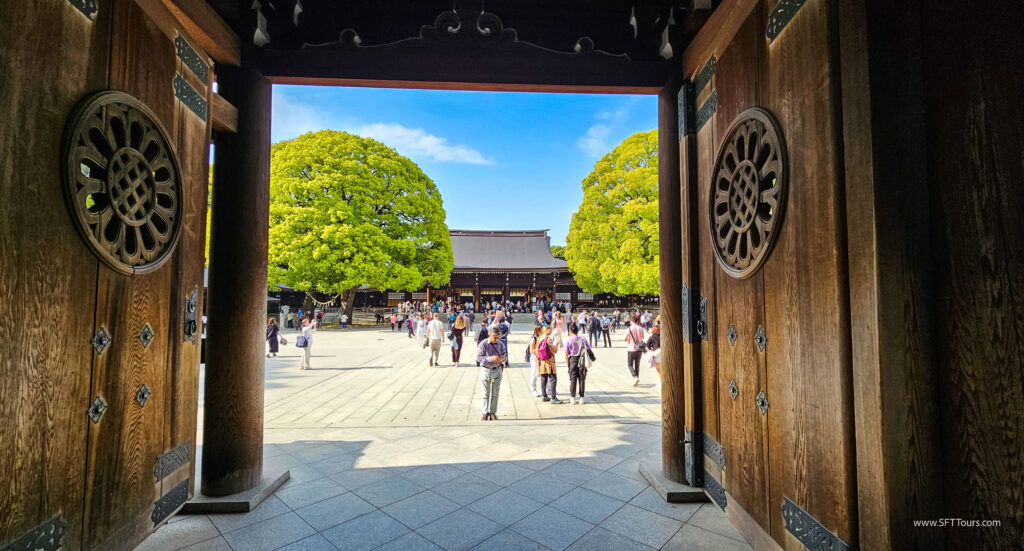
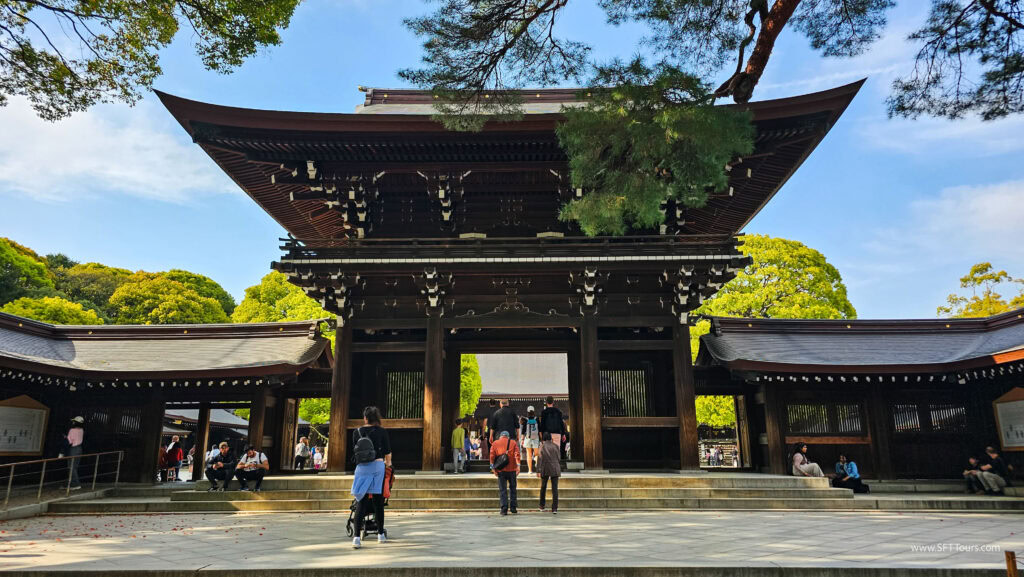
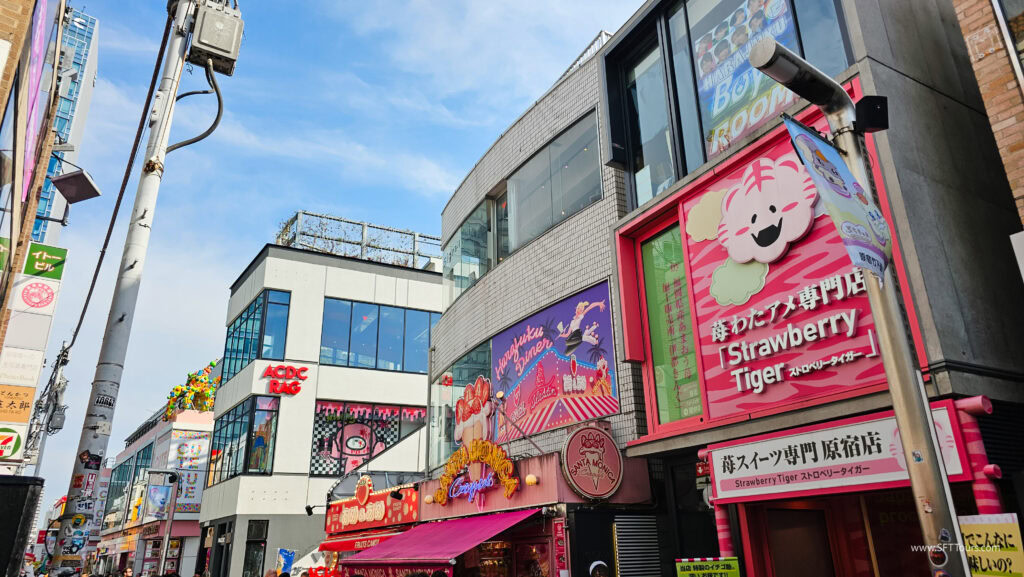
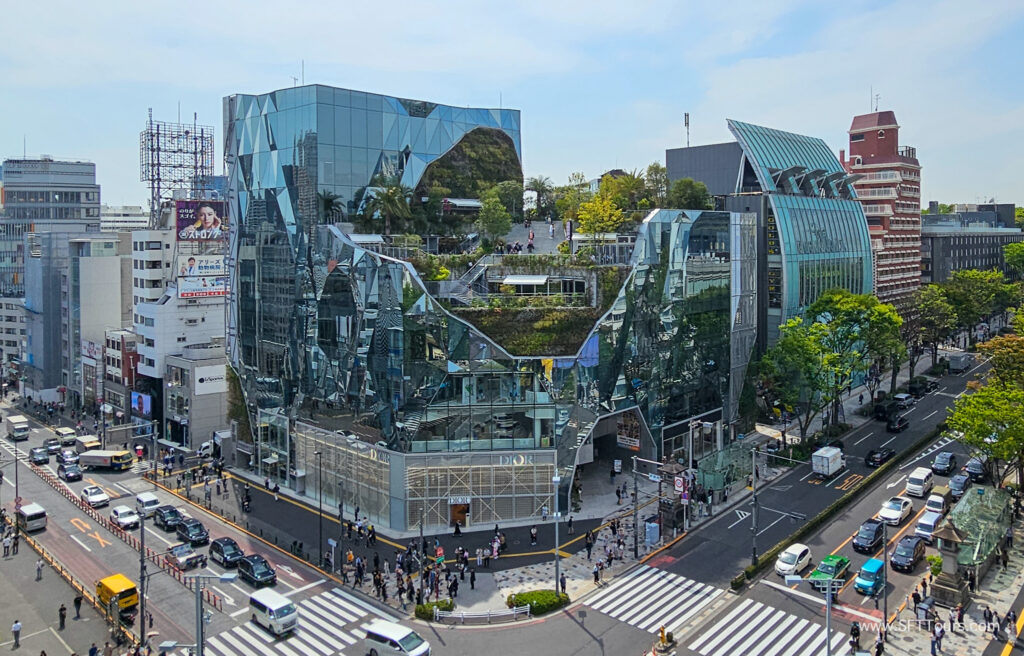
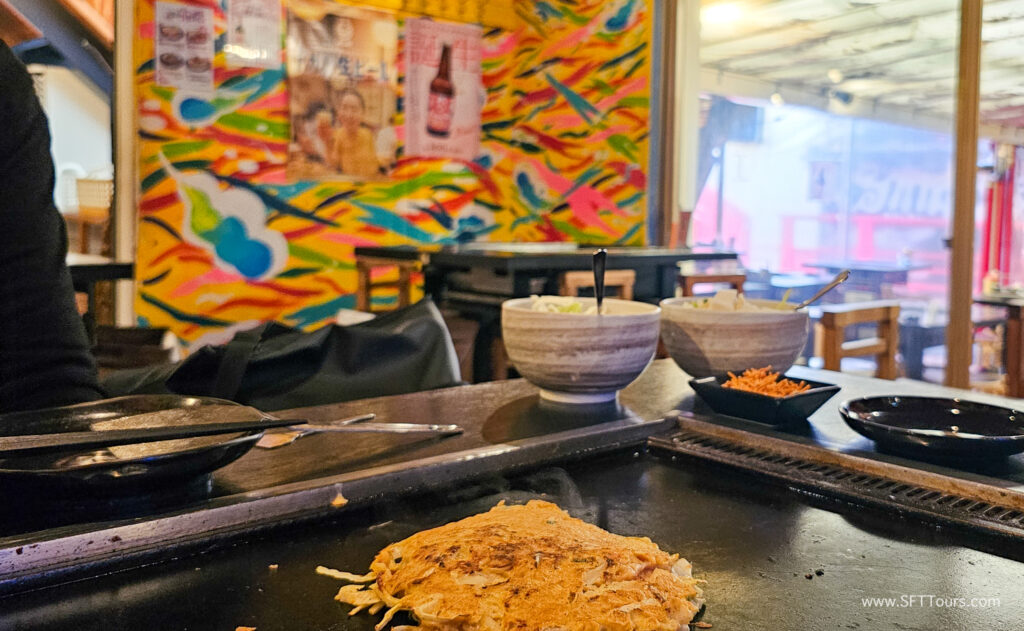
Day 3 : Meiji Jingu Shrine, Harajuku, Ginza and female sushi chef
Steps: 10,000-15,000.
Driving time: 1-2 hours.
We will start the day with breakfast at the hotel and then board our minibus for our exciting day ahead.
Our first stop of the day will be at the Shibuya crossing where we will join the crowds through what is Tokyo’s most famous crossing.
We will then view the chaotic movement of thousands of people from the Starbuck’s viewing spot, with a drink in hand.
The rest of the morning will be spent at Tokyo’s most important shrine, the Shinto Meiji Jingu Shrine, dedicated to the deified spirits of the late Emperor Meiji and his wife, Empress Shōken.
This was a shrine that the people built to remember them, but their graves are not here but south of Kyoto.
It is amazing to see such thick evergreen forest right by the main shopping area, at the heart of Tokyo’s fashion district.
Meiji Jingu was built at the beginning of the 20th century and was a major national project everyone participated in. The original building was destroyed during WWII and rebuilt in 1958.
We will stroll the forests and visit the shrine with our local guide, learning all about it.
After Meiji, we will cross the road into the young and colourful districts of Omotesando and Harajuku, the center of Japan’s fashion and creativity.
We will have an orientation and brief walking tour by our guide to get our bearings, and so we know where to find what in the maze of alleys and fancy malls, and then have a shared okonomiyaki lunch.
Okonomiyaki are savoury pancakes that are cooked on a griddle and made of vegetables, egg, meats and other ingredients.
We will select from the list and make our own, scooping the delicious creations right from the pan.
After lunch, you will have free time to explore the area on your own and shop.
We will reconvene again to drive to Ginza, Tokyo’s high end shopping district and the center of everything posh.
You will have free time on your own until we meet for a private sushi dinner by one of the few independent female chef in the country.
We have booked out her whole sushi bar restaurant, which she will open exclusively for the group, and share a delicious sushi dinner with modern touches, every morsel delicately presented.
We will see how she prepares every piece skilfully and beautifully, eat it fresh from the hands of the expert, and learn all about the challenges of the male-dominated sushi world.
After dinner, we will return to the hotel.
Inclusions: Breakfast at the hotel, entry tickets and guided tour of Meiji Jingu Shrine, walking introductory tour of Harajuku and Ginza, exclusive private sushi dinner with female chef, transportation in a minibus.
Overnight at Hotel Indigo Shibuya 5*
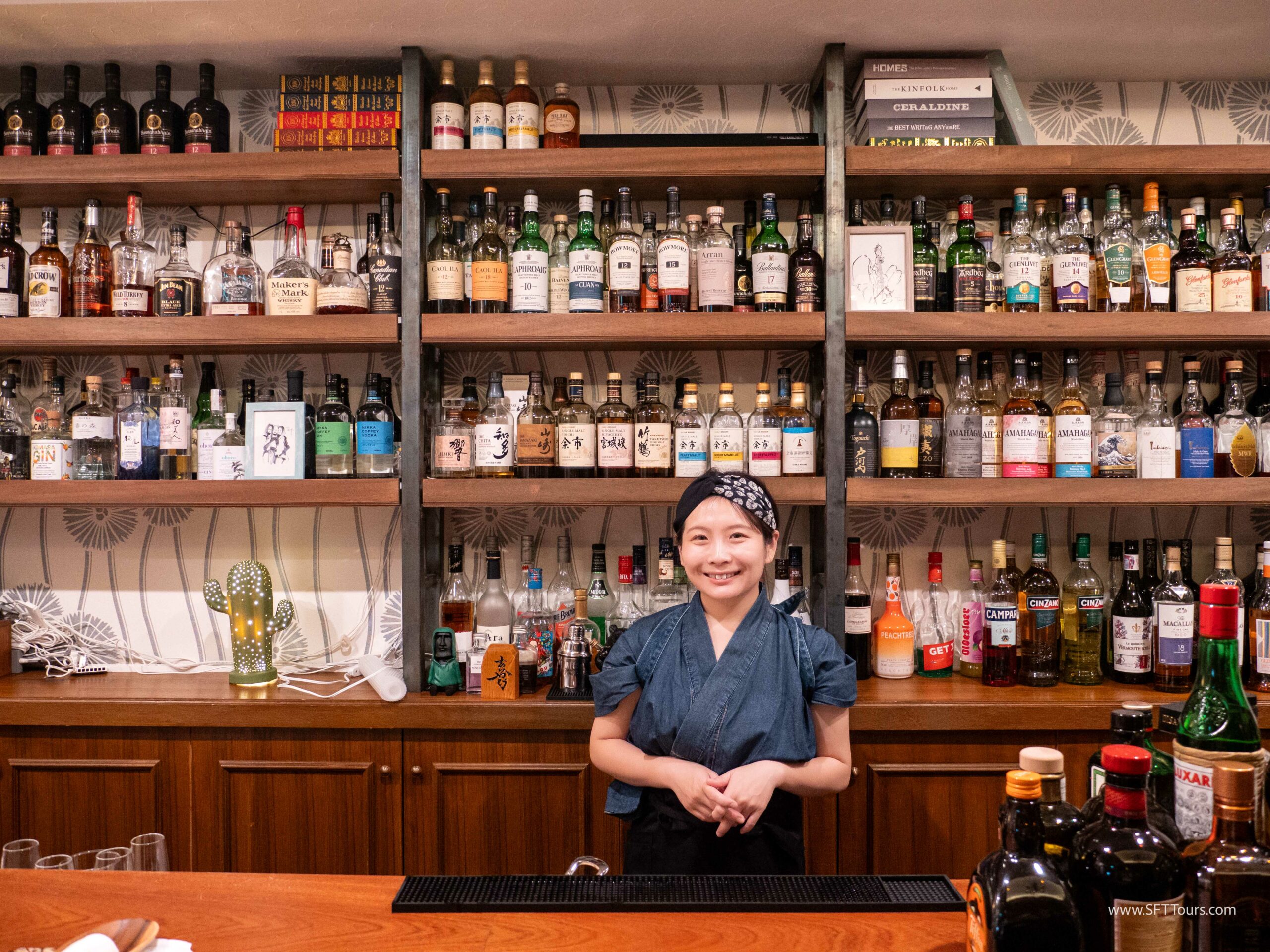
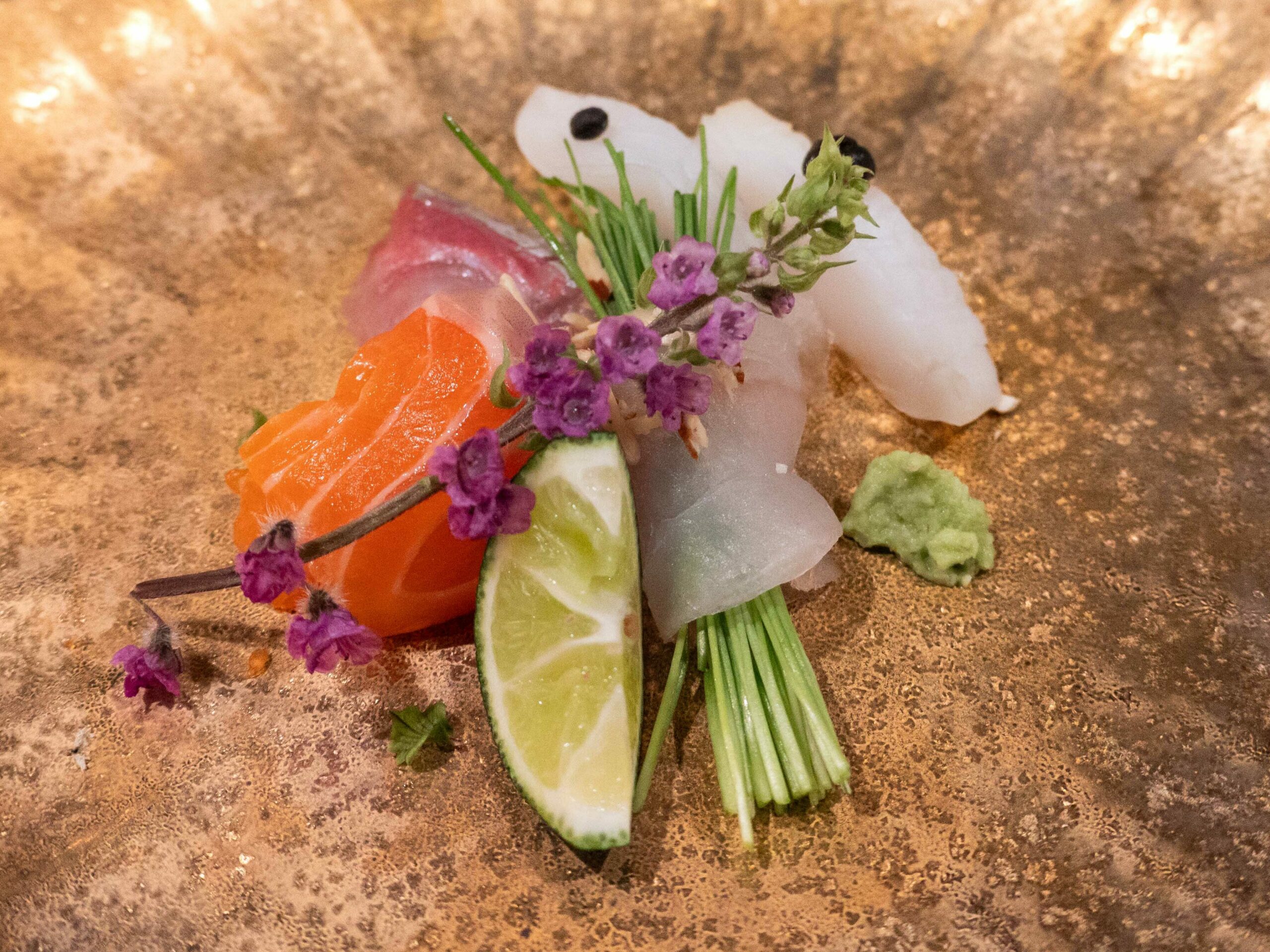
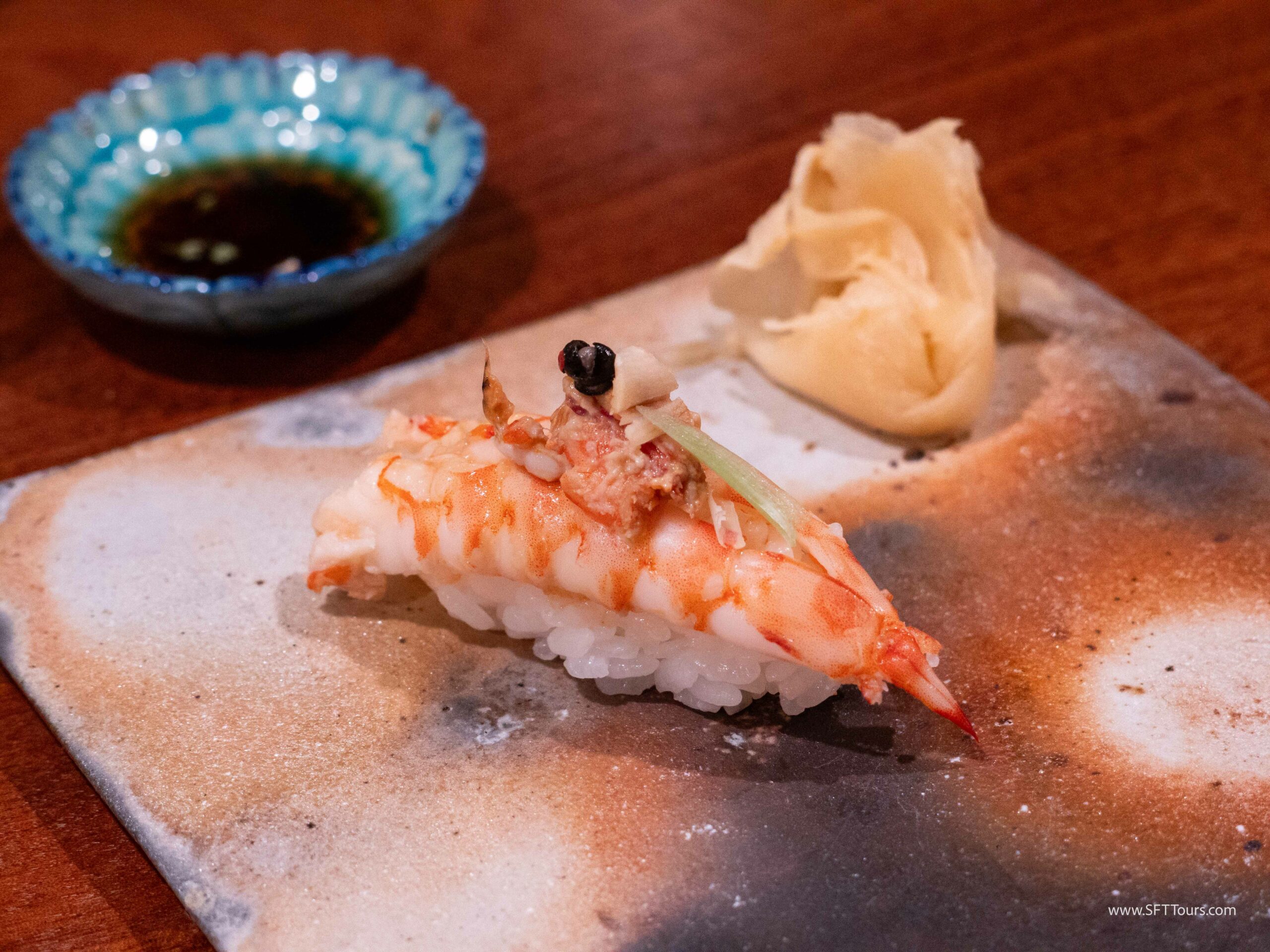
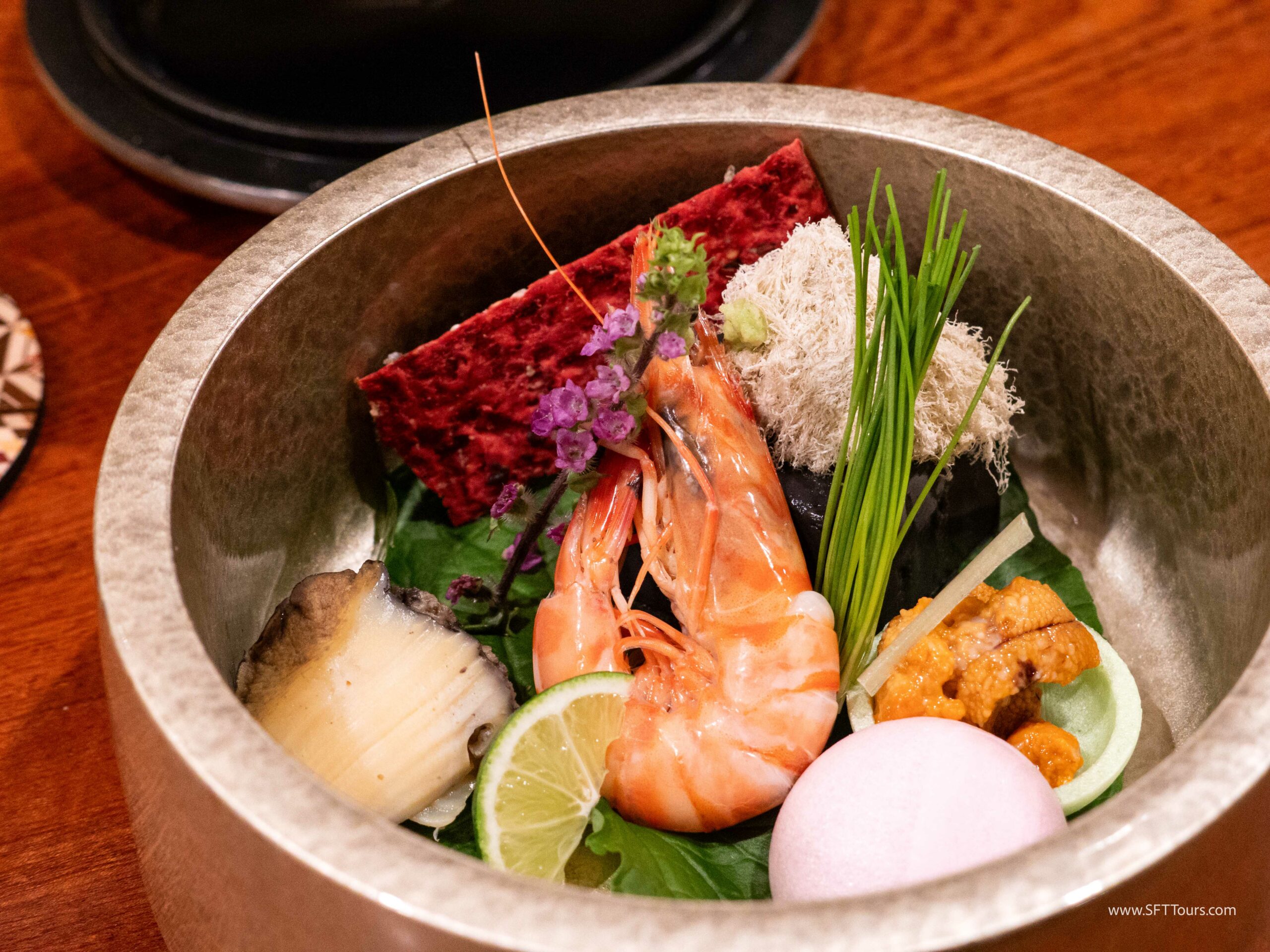
Day 4 : Bento box making, bullet train, Tokoname, pottery artist
Steps: 10,000 steps
Driving time: 3.5 hours
Train time: 2.5 hours
Today we have a longer day because we are leaving Tokyo behind and heading to the rural parts of Japan, where the rolling mountains meet the sea, and where only Japanese is spoken.
We will have breakfast at the hotel and check out, sending our larger luggage pieces directly to Nara and keeping a smaller bag for the next 3 days in the countryside.
We will first try our artistic skills at making our own anime bento box lunch with the help of an expert.
Choose between Doraemon, Hello Kitty or the like, and prepare your most creative kawai (cute) bento box like most parents do in Japan for their children.
We will take our bento box to the bullet train and enjoy lunch with panoramic views of Mount Fuji, on our way to Nagoya.
Once in Nagoya, we will jump in a minibus and drive to Tokoname, a pottery village turned open air museum and creative community.
Tokoname used to be one of the most important pottery villages in Japan.
At its peak, more than 3,000 kilns dotted this tiny village, creating pots used for keeping sake and other foodstuff.
With industrialisation and modernity, traditional pottery lost its appeal and the kilns were abandoned.
Today, the town is pedestrian, preserved-in-time and very picturesque.
We will wander through pottery studios now turned into artist hangouts, and learn a bit more about the country’s pottery tradition.
Tokoname is also famous for its giant maneki neko or lucky cat, that welcome visitors to the village.
Smaller versions of these friendly cats are for sale. Choose your favorite one, bearing in mind that its meaning changes whether it has its left or right hand up.
After the walking tour of the historic village we will meet with a female pottery artist creating whimsical porcelain items who will open her home and studio to us.
We will share tea and she will explain how she created the beautifully delicate pieces that are exhibited all around the world.
We will get back into the minibus and drive to our traditional luxury ryokan with onsite onsen for the evening.
After check in, we will meet as a group for a traditional Japanese dinner.
Time permitting, you can enjoy the onsen facilities with indoor and outdoor heated natural pools among a natural setting.
Inclusions: Breakfast at the hotel, bento box experience, bullet train tickets, baggage transfer service to Nara, transportation in a minibus, guided tour of Tokoname, tea with pottery artist, dinner at the hotel.
Overnight at Sun Urashima Yuki no Sato 4*
This locally owned, sea-facing, luxury ryokan is an absolute gem.
We will leave our shoes at the entrance and venture into a carefully curated space of peace and comfort that blends traditional Japanese hospitality with Western comfort.
Rooms are spacious, modern, beautifully decorated, and all have sea views.
Twin beds are large and the hotel pyjamas, kimono and slippers will make you feel right at home.
Yuki no Sato has two natural hot springs that gush forth from the earth: “Jyukou no Yu” and “Shin Jyukou no Yu”.
Jyukou no Yu was first discovered in 1989, and is the oldest hot spring in all of Ise-Shima. Since the spring contains a high PH (9.5+), your skin will become smooth upon bathing.
This onsen is open all night if you wish to soak under the starry night.
In the onsen, you will find various baths and pools. The cypress bath fragrance will put you at ease, and the individual cast-iron bath is perfect for relaxing alone.
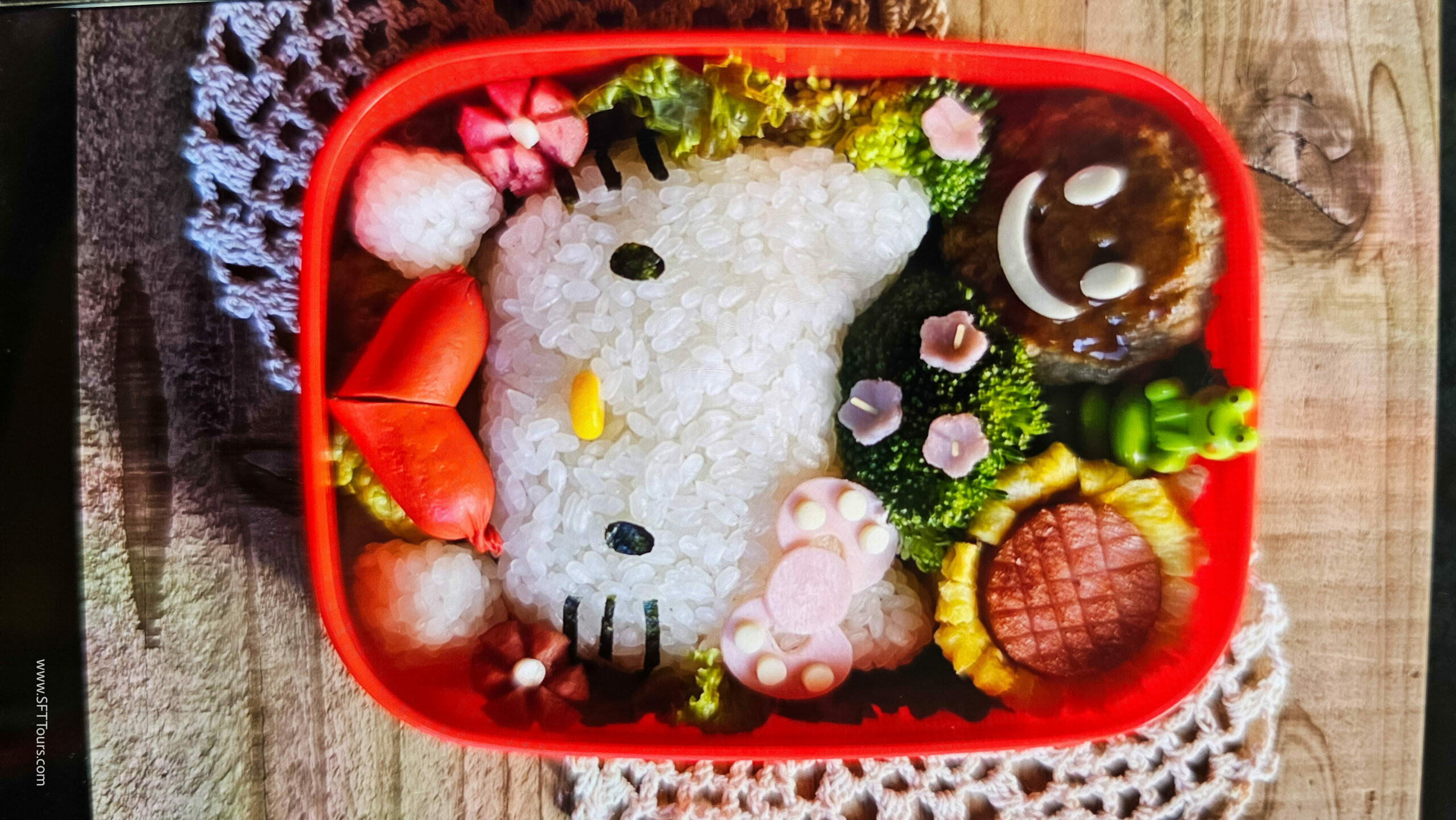
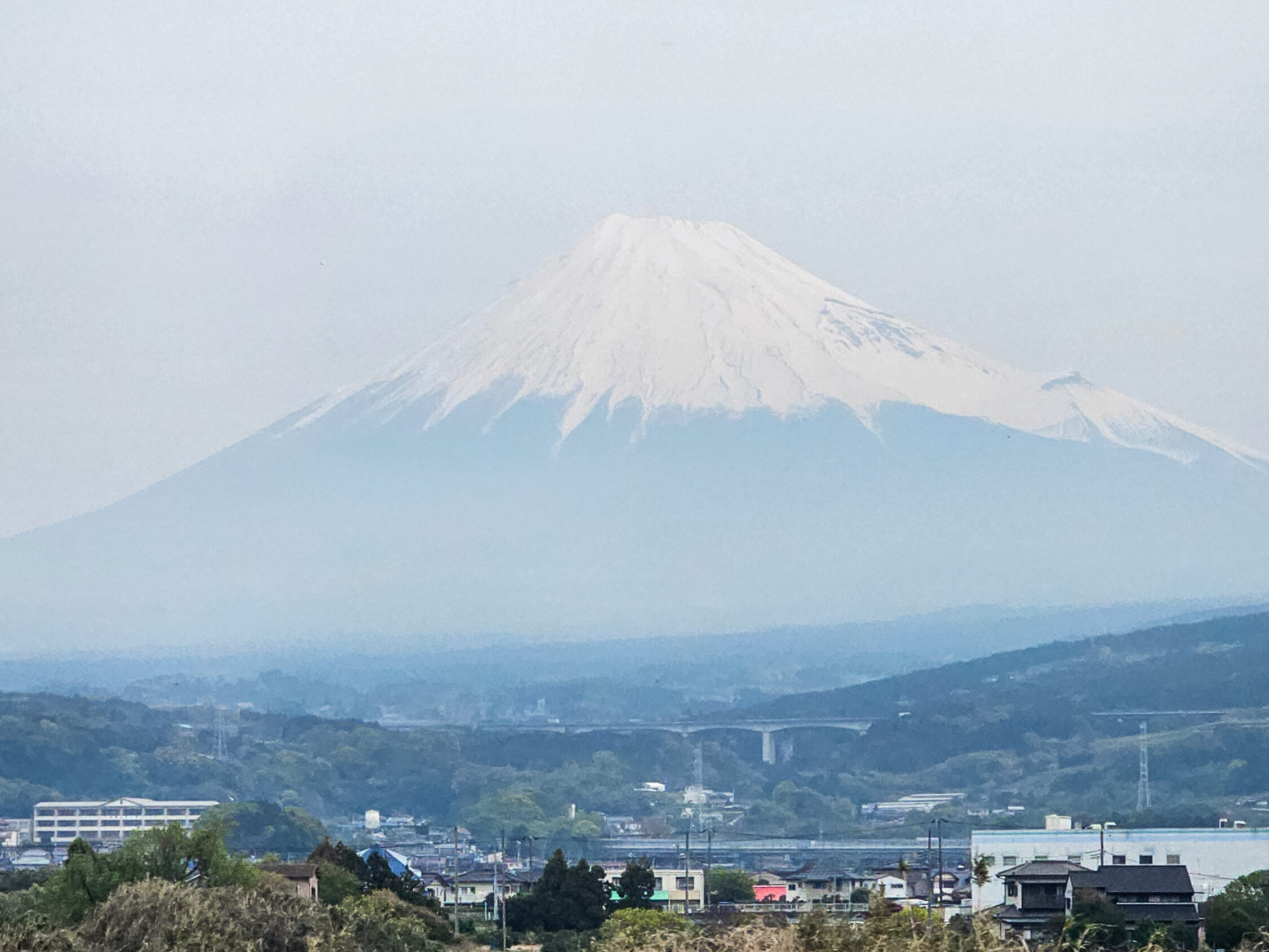
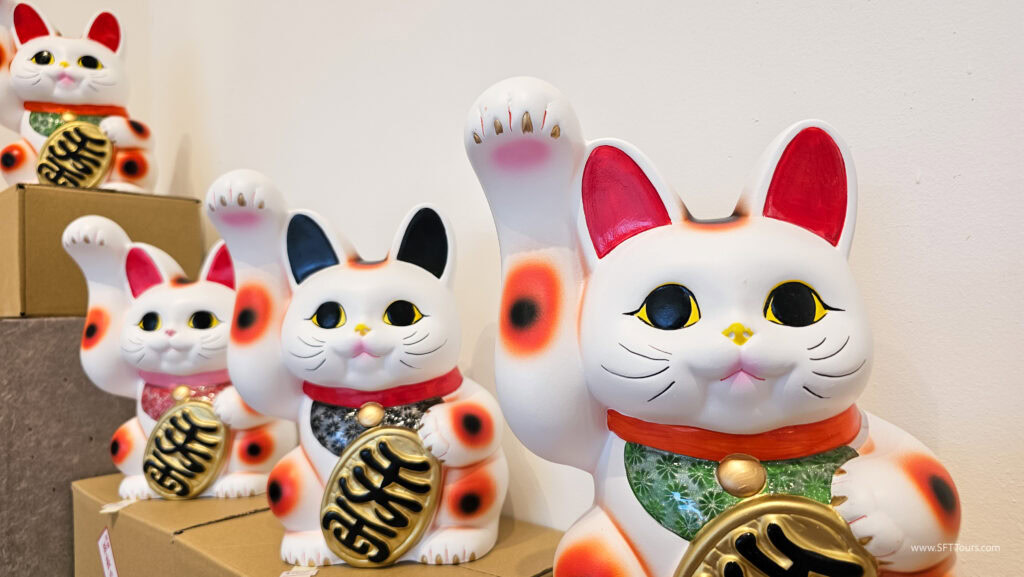
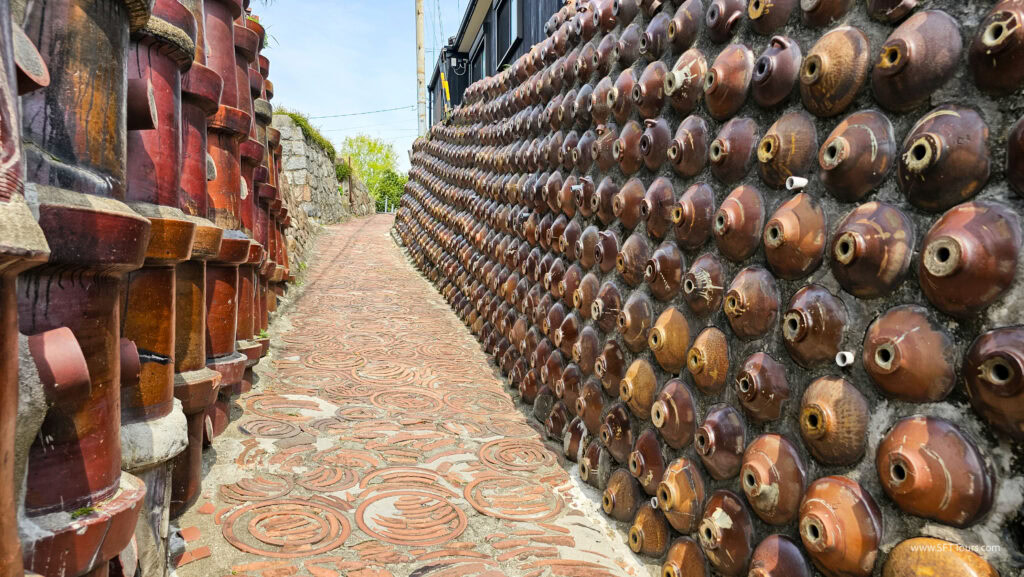
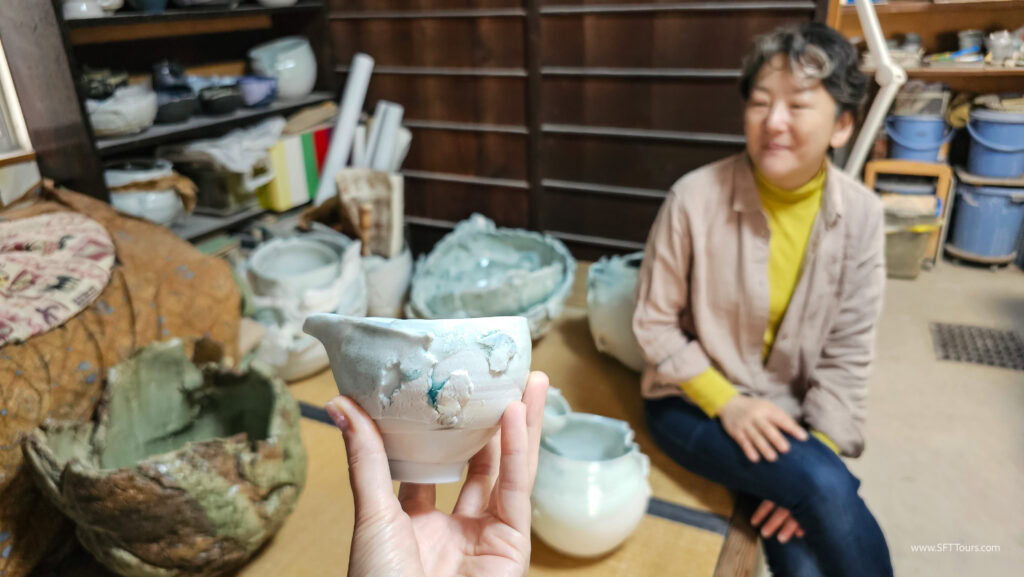
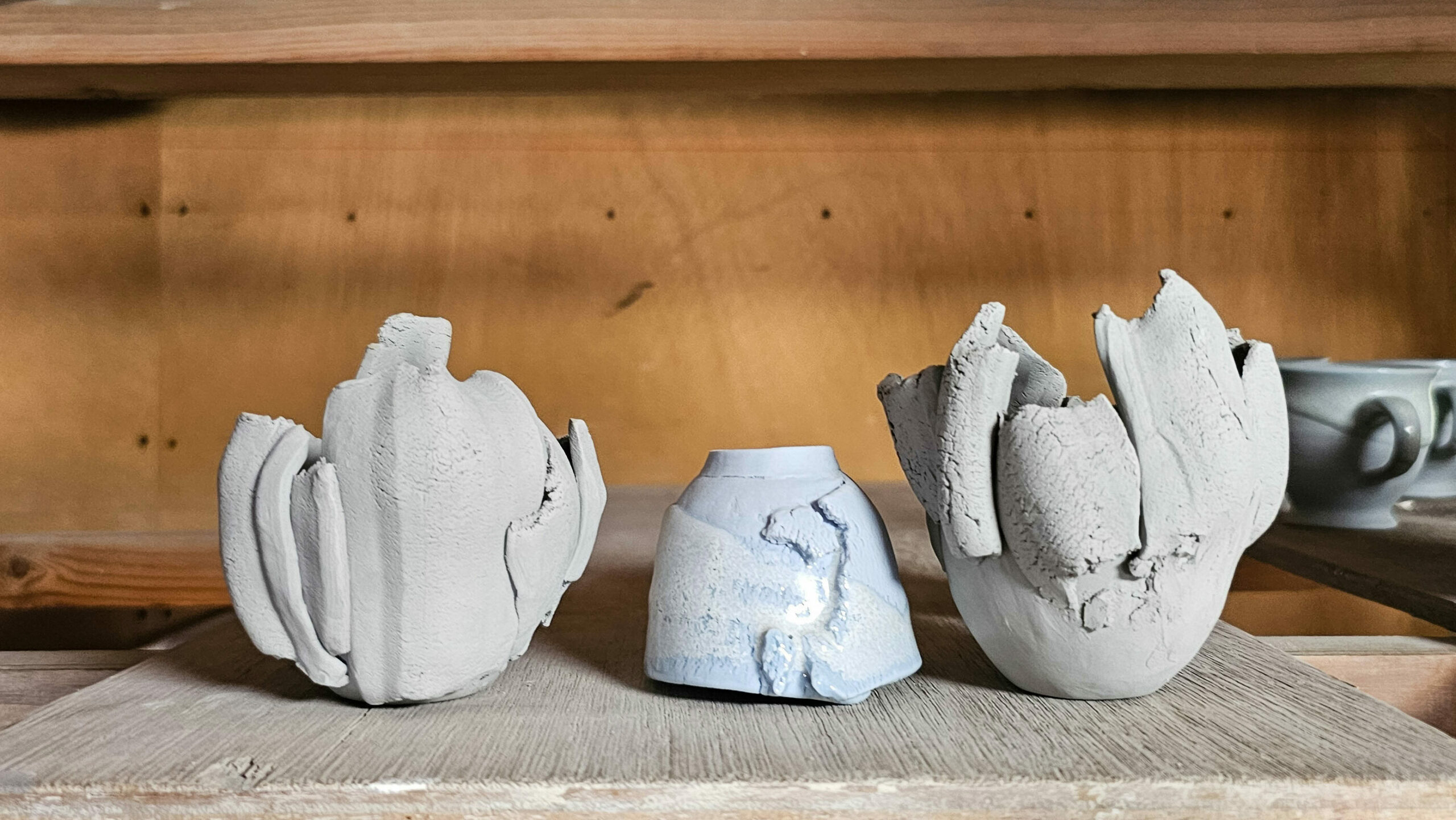
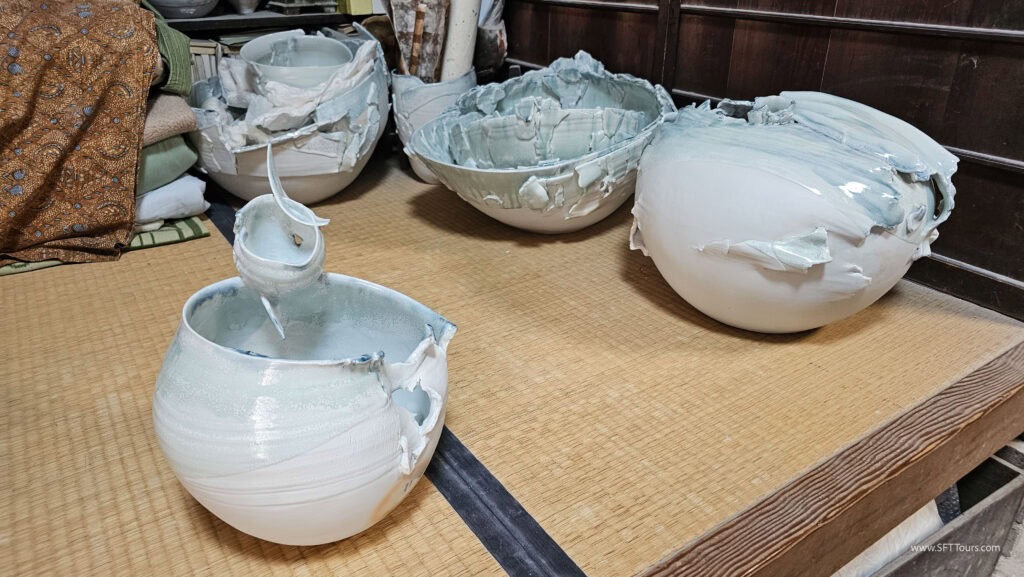
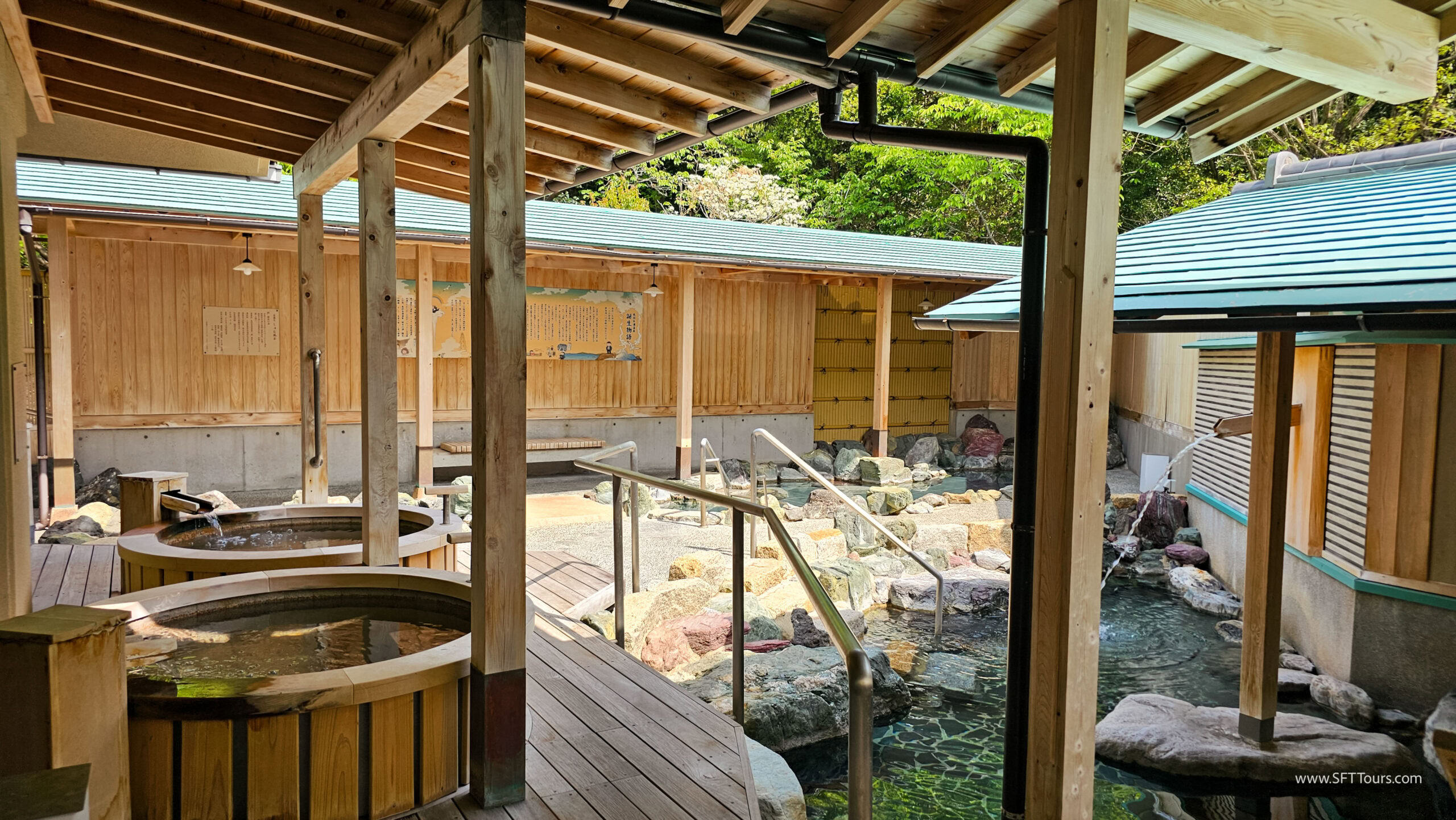
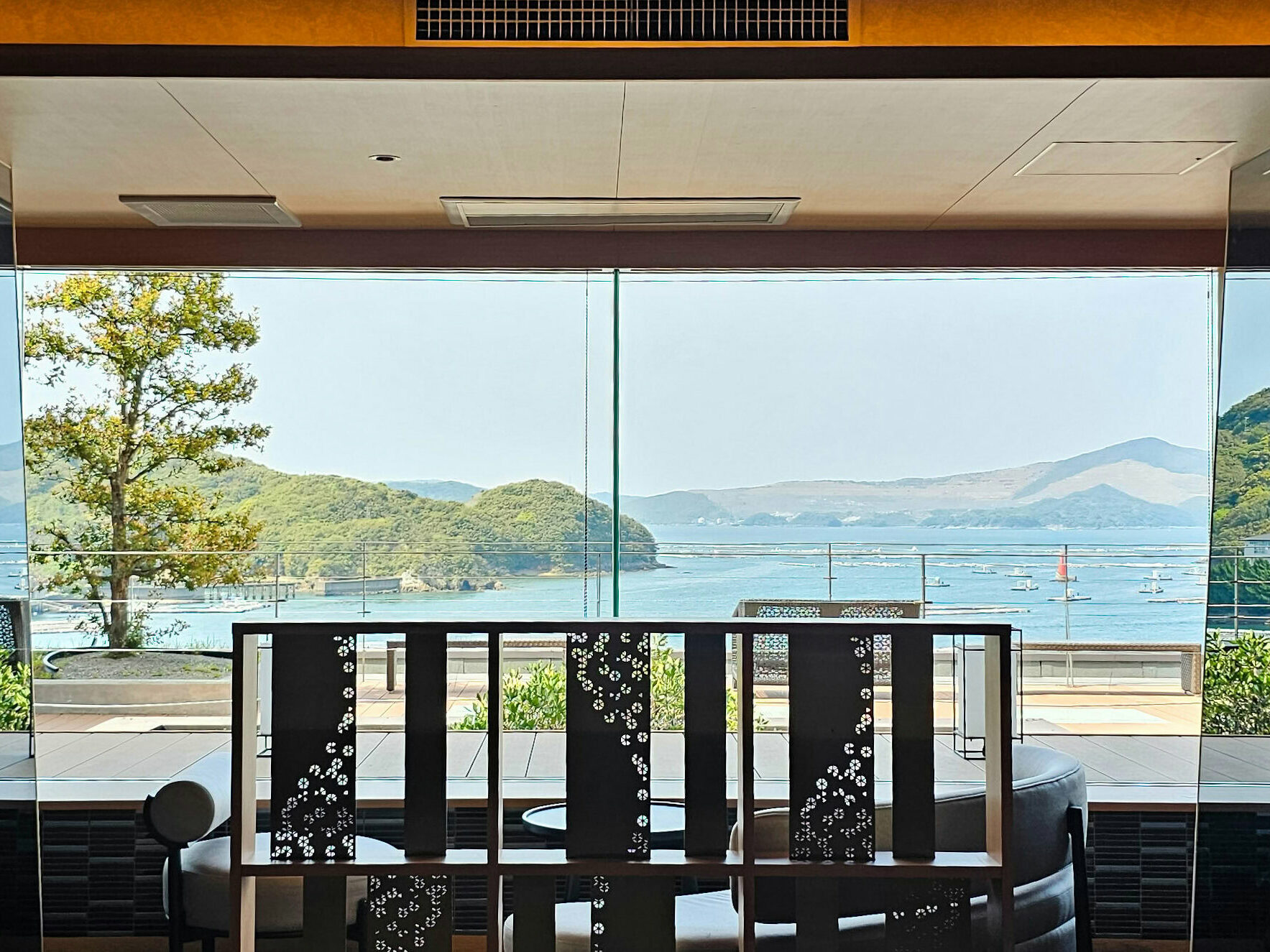
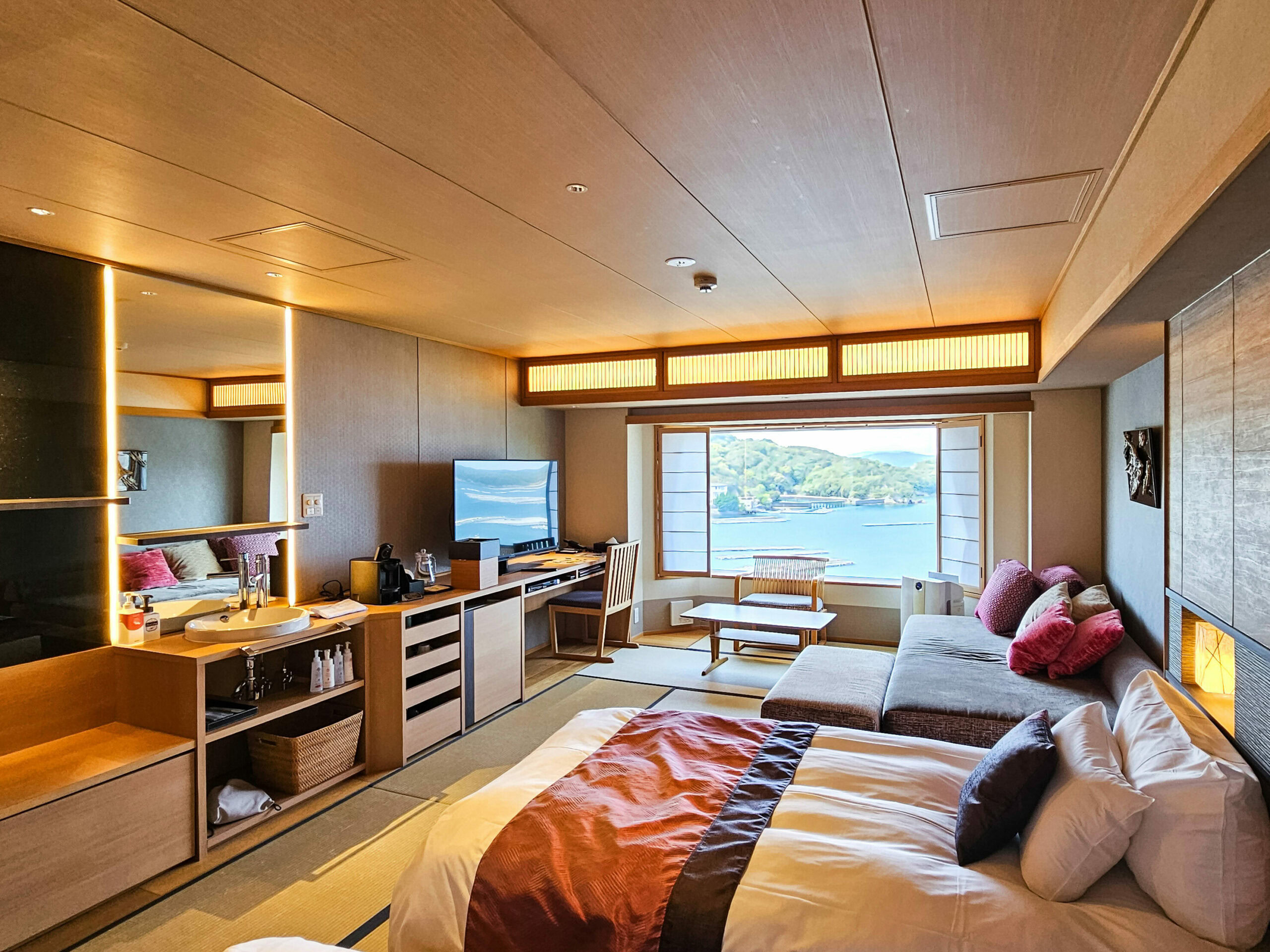
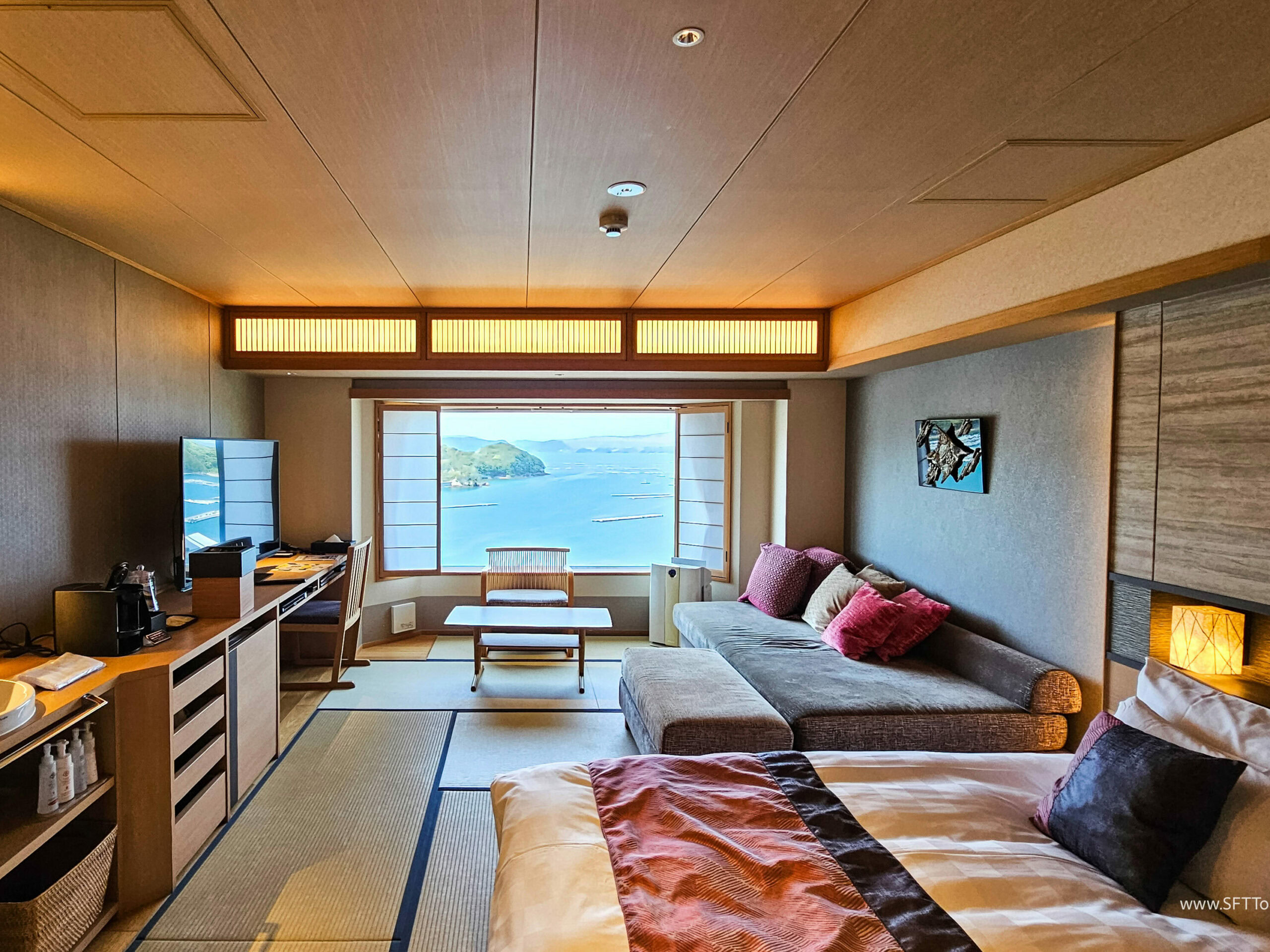
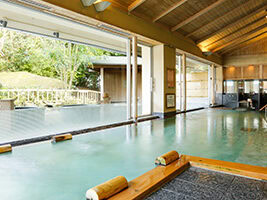
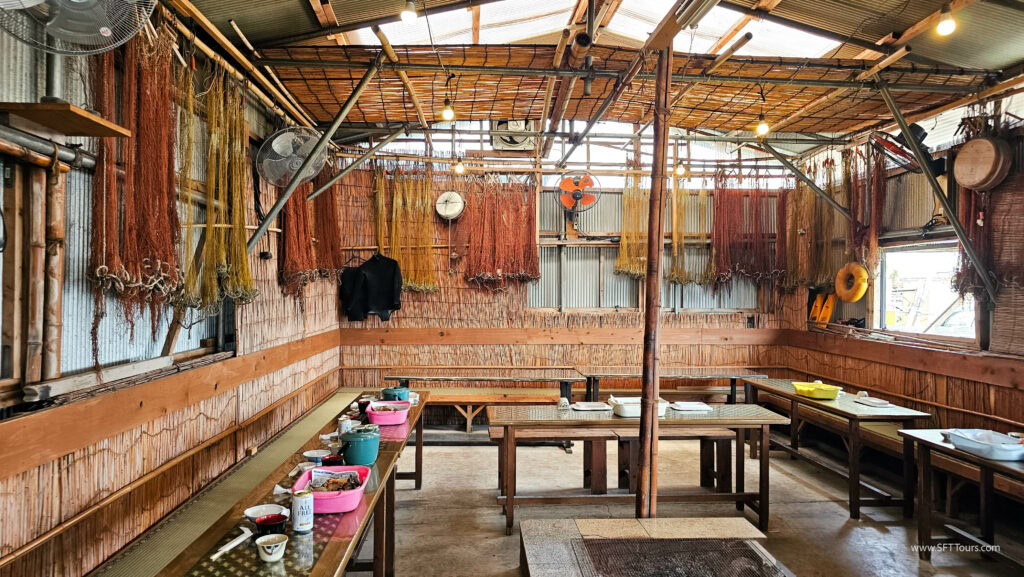
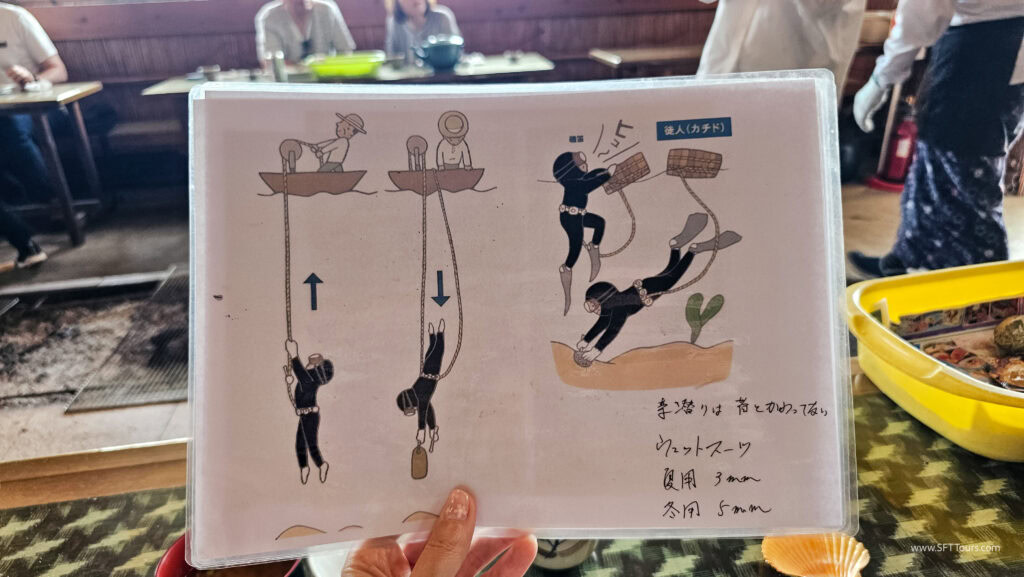
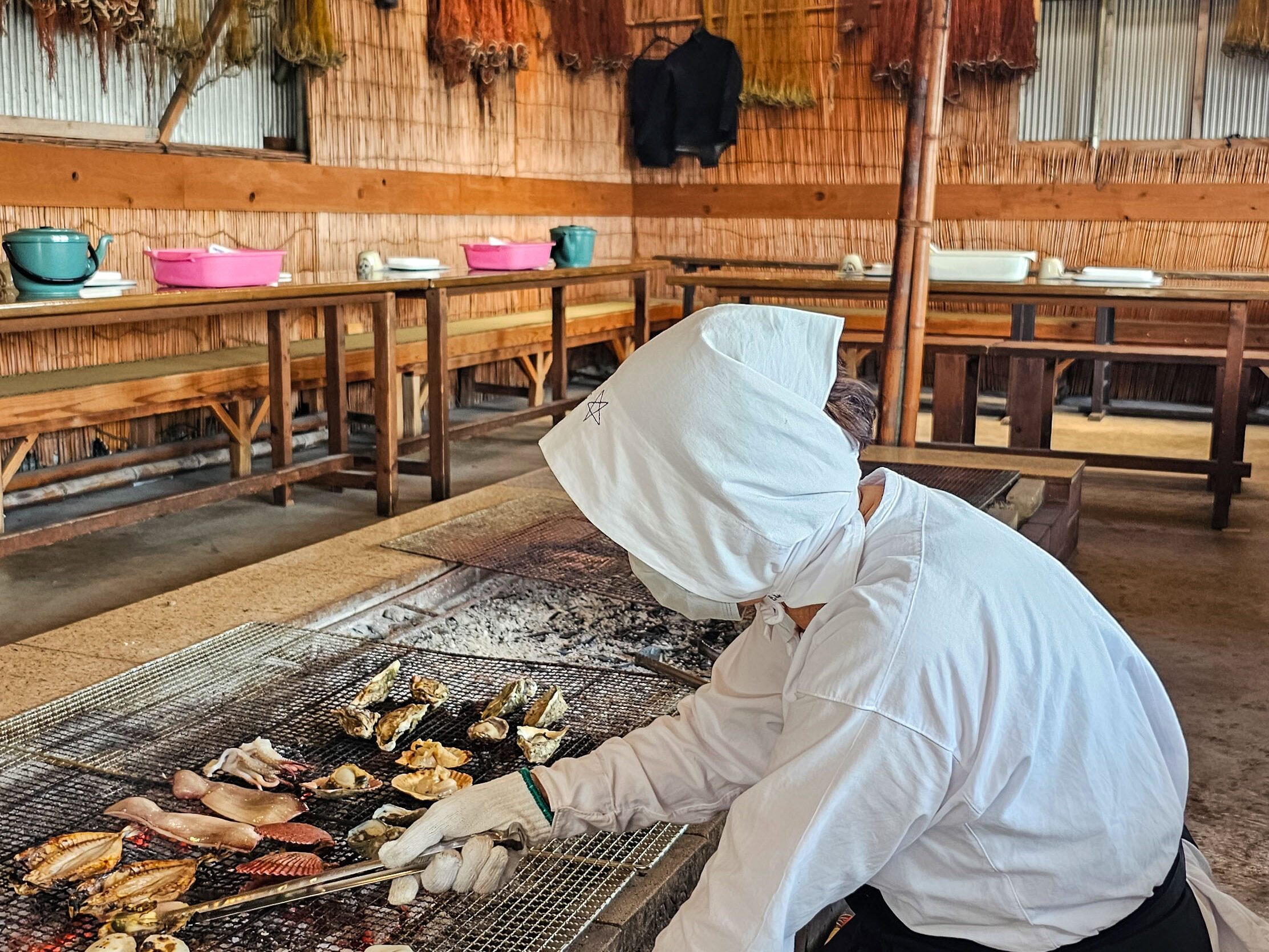
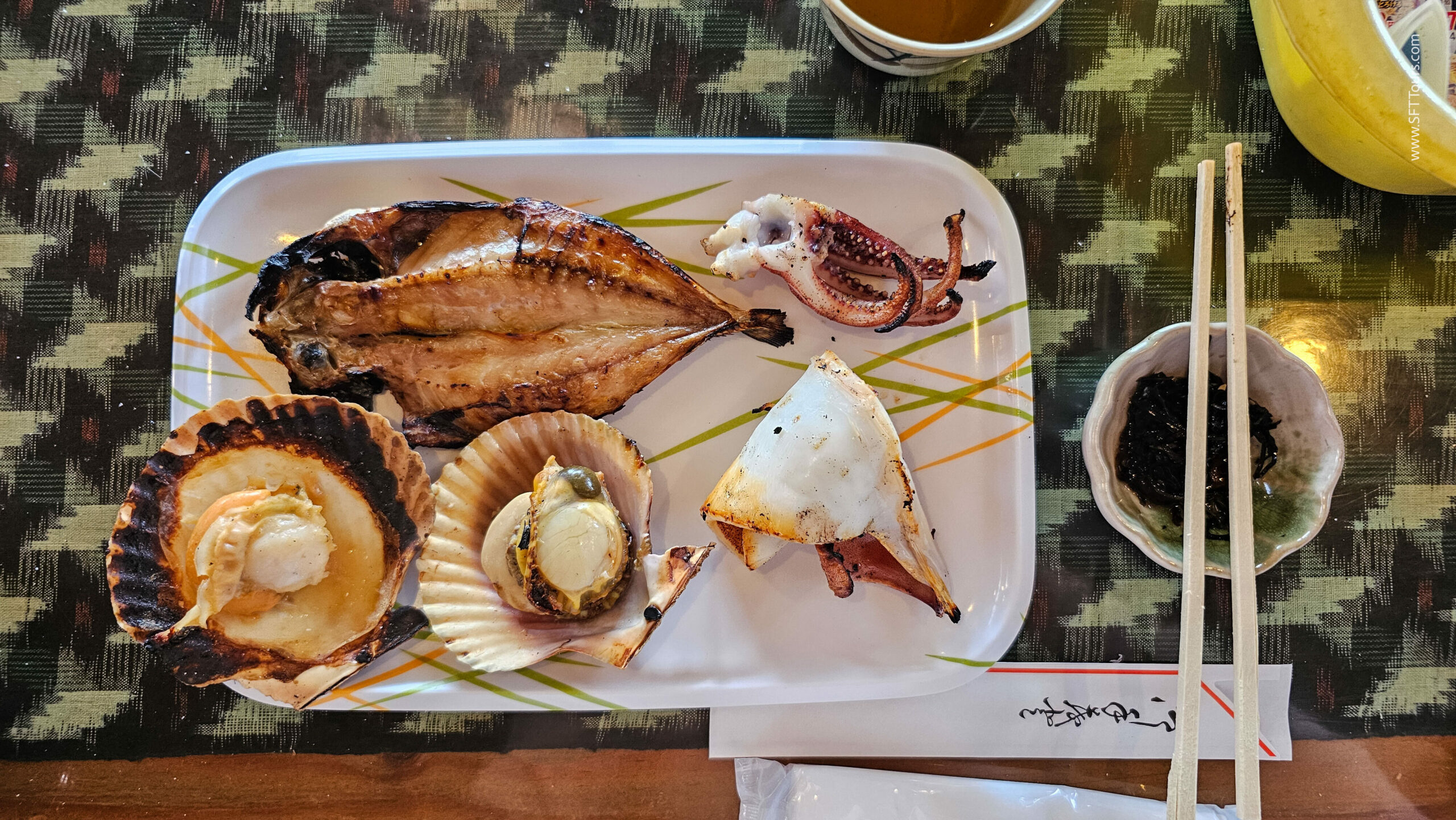
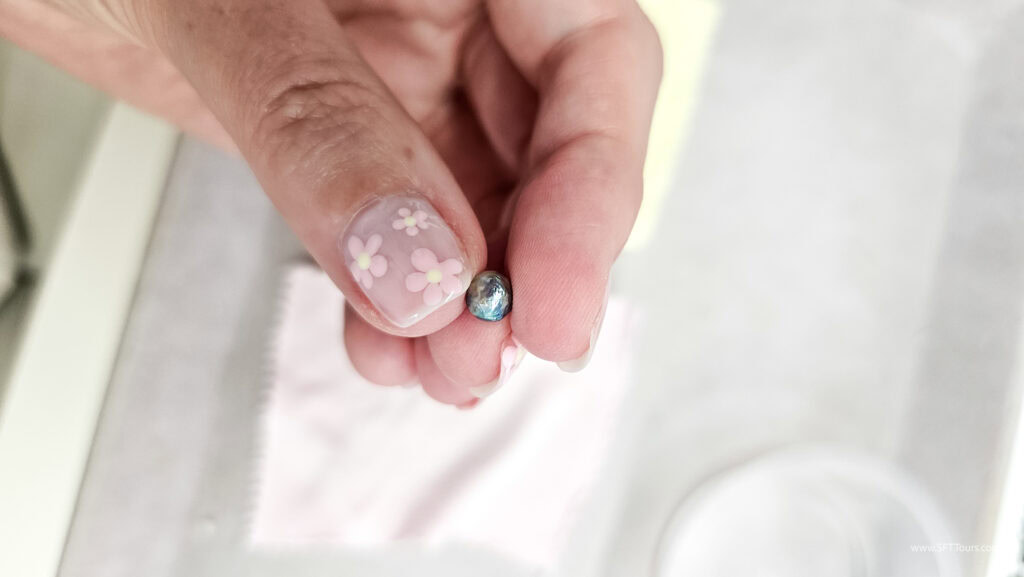
Day 5 : Ama Divers, Pearl accessory making, Onsen
Steps: 5,000 steps.
Driving time: 2 hours.
We will start the day with a beautiful breakfast with sea views.
We will leave the hotel behind and head to Osatsu where we will enjoy lunch with fresh seafood caught by Ama Divers.
Ama are “sea women” who have been diving for pearls and fish at the bottom of the ocean since 927 AD.
Historically, they dived for abalone for shrines and emperors in just a loincloth.
Ama used to wear a traditional white outfit including headscarves that are designed to look larger and scare sharks, but today they also wear wet suits which allow them to keep warmer and dive for longer.
The Ama do not use any breathing aid, scuba gear or air tanks and free dive for extended periods of time.
Their breathing technique is unique to them and is said to contribute to them living longer lives and being able to dive well until their 70s.
There are fewer than 200 Ama divers left now, and they are opening their lives to us by sharing their story, their traditions and their catch of the day in a fishing hut by the beach.
We will chat with them and hear their stories and the ways in which they are keeping this skill alive and savor a freshly caught meal of seafood grilled on the coals.
After lunch, we will continue to a pearl farm where we will learn how pearls are formed.
It takes up to 5 year for a high quality pearl to be made naturally, and we will see exactly how that happens.
Our pearl accessory making workshop will start by scooping the pearl out from our chosen oyster.
We will then pick a design, polish and clean the pearl and mount it on our chosen bracelet, necklace or keyring.
We will leave with our handmade gift for either a loved one or to keep for ourselves, and return to our ryokan to relax and enjoy the peaceful onsen facilities before and after dinner.
We will meet again for dinner.
Inclusions: Breakfast at the hotel, transportation in private minibus, private chat and seafood lunch with Ama Divers, pearl accessory making workshop with gift to take away, dinner at the hotel.
Overnight at Sun Urashima Yuki no Sato 4*
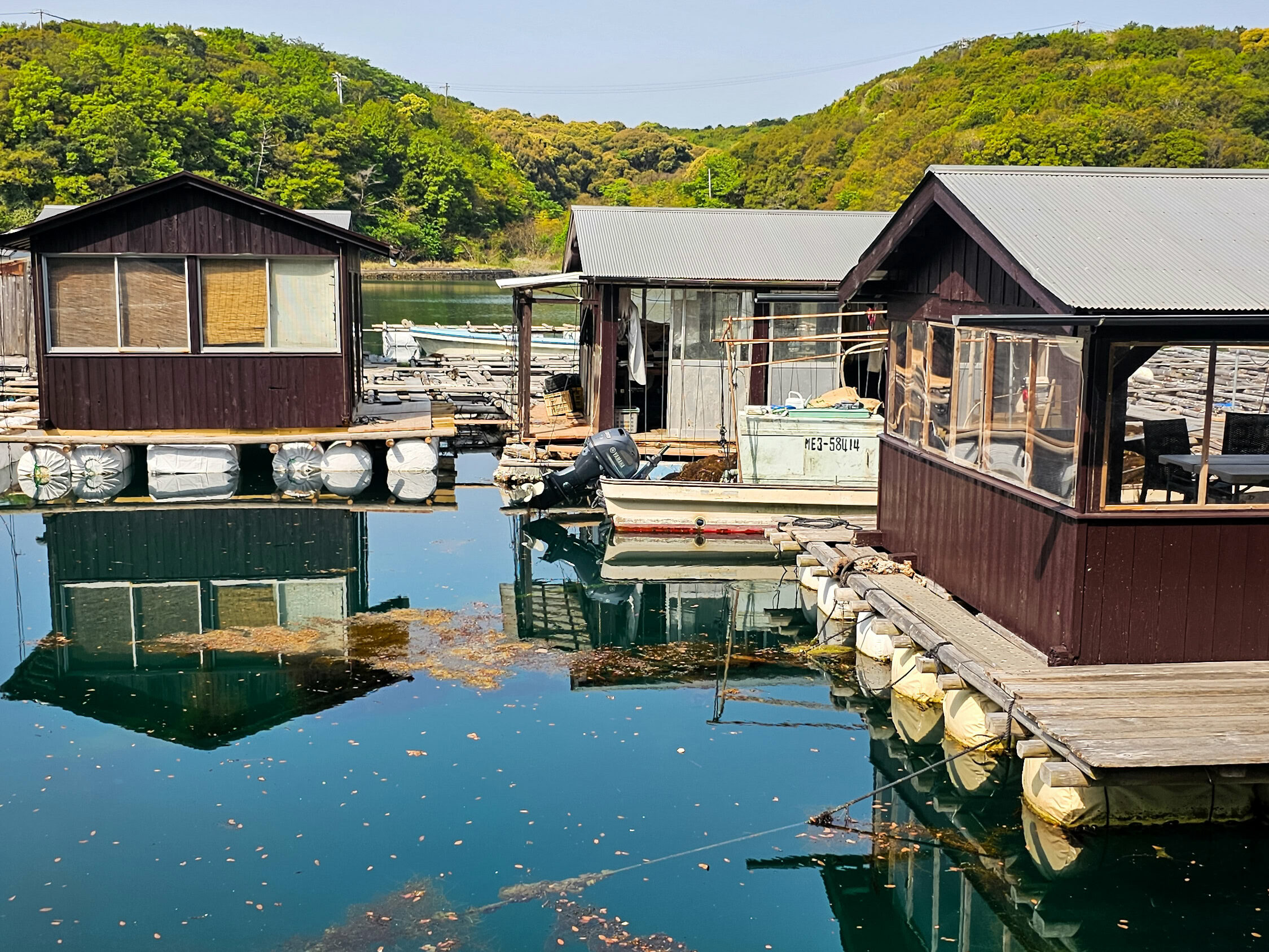
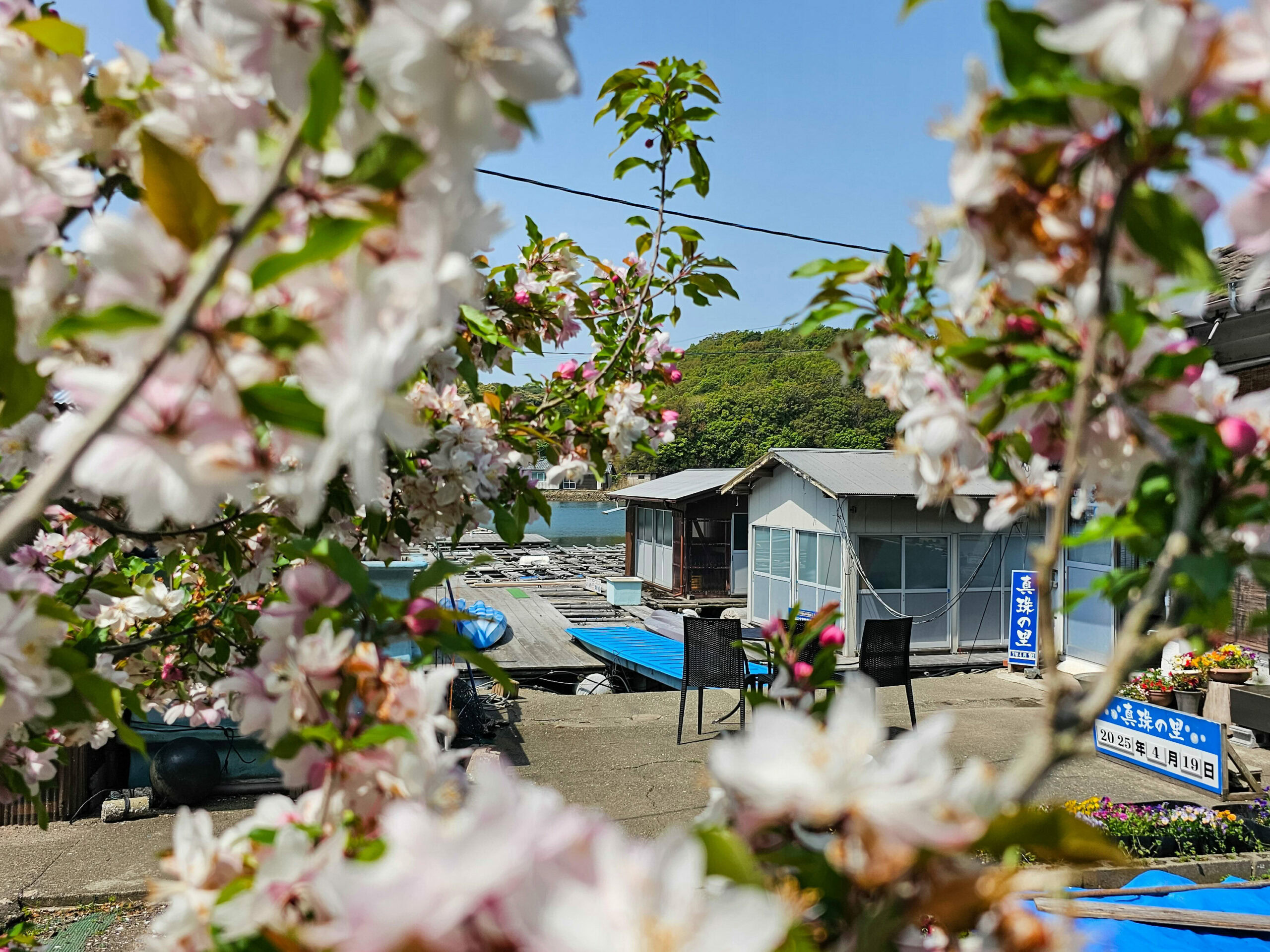
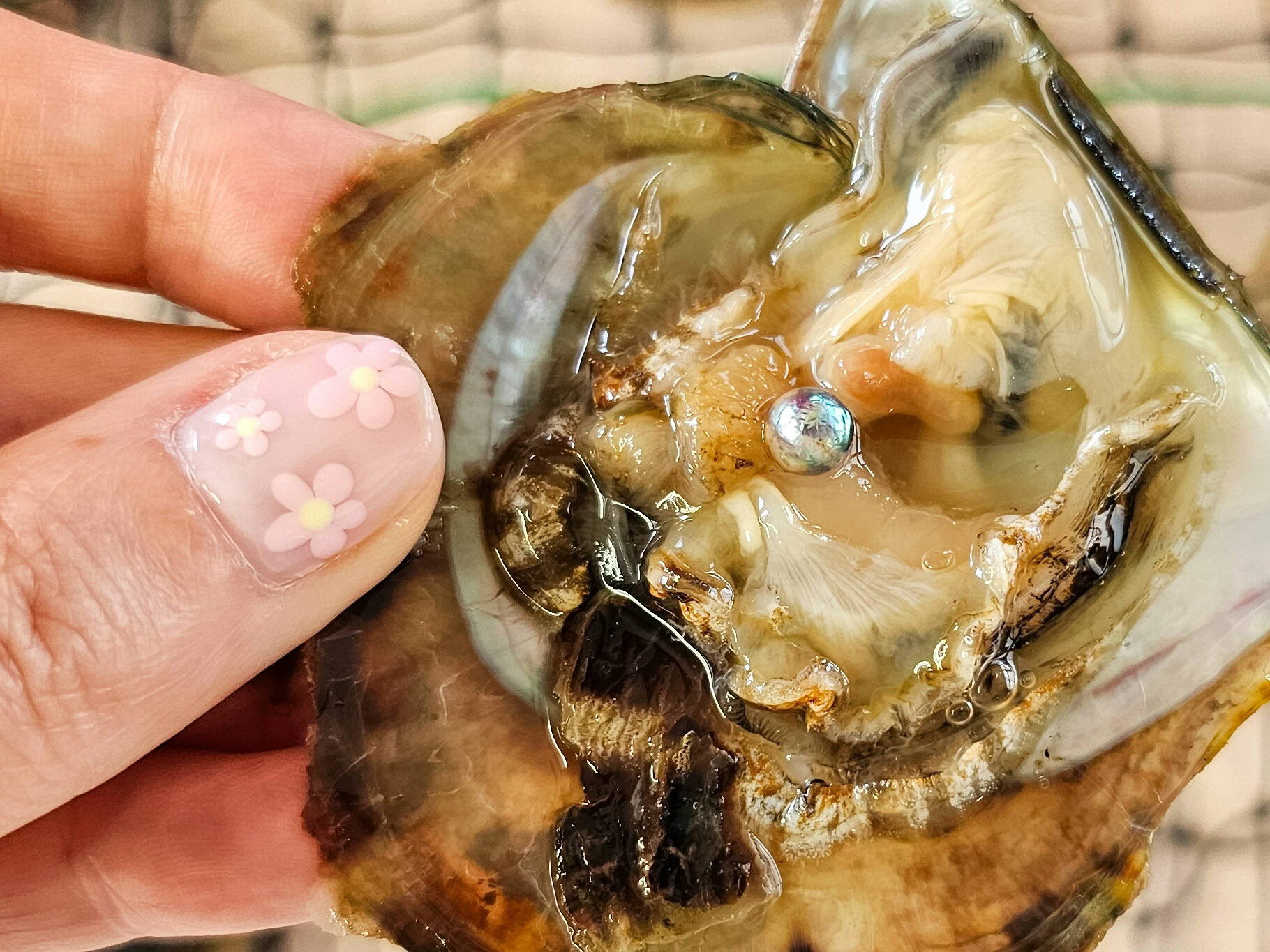
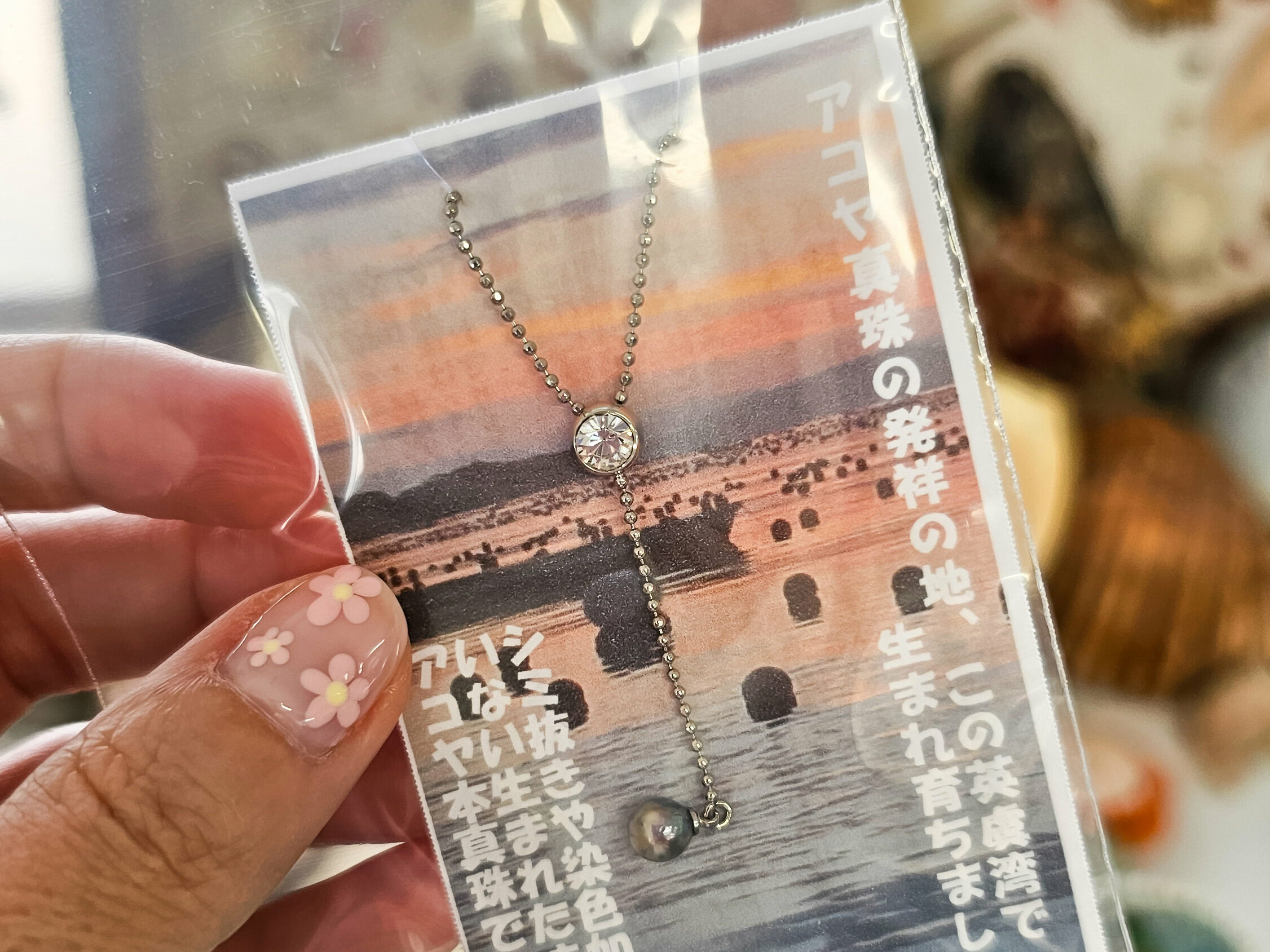
Day 6 : Ise Jingu Shrine, Kagura, Soy sauce tour
Steps: 5,000 – 10,000 steps.
Driving time: 3 hours.
We will start the day with a beautiful Japanese breakfast and will then check out.
Today we will visit Ise Jingu Shrine, the most important shrine in Shintoism, the indigenous religion in Japan.
This is a major pilgrimage destination for the Japanese and it is said that during the Edo Period from 1603 to 1867, one in every 5 Japanese made their way to the shrine.
In the temple complex, which is surrounded by a sacred forest, we will reserve a Kagura ritual for the group.
Kagura is a Shinto ritual ceremonial dance performed by young priestesses called Miko.
This deeply powerful sacred dance will ask for a wish which we will choose as a group.
Historically, Kagura were performed at the Imperial court by shrine maidens called Miko who were understood to be descendants of Ame-no-Uzume.
At Ise Jingsu, these ceremonies are still performed by direct descendants of the Emperor and are considered Imperial rituals.
During the performance, the shrine maidens usually utilize a channeling device for God such as masks and spears to imitate the trance.
The music performed is believed to have the power to summon the Gods, so the Miko start to dance to transform themselves into the representation of the Gods and receive messages as well as blessings from the deities.
At the beginning of our ritual, we will make a wish of prosperity and “happiness from the heart” for the group.
When the ritual ends, we will receive a sip of holy sake and a blessed offering which we will take with us and donate at a temple in Kyoto.
We will continue with a kaiseki lunch at the traditional Okage Yokocho street, in Oharai, a small town at the entrance to the shrine.
The street name means thankfulness and it was opened on occasion of the 1993 Shikinen Sengu, Ise Jingsu’s ritual held every 20 years to remake all the palaces.
There will be free time for you to explore the many wooden stores and soak up the spiritual atmosphere.
We will jump back into the minibus and continue to Nara, where we will join a brief soy sauce making tour and tasting at a traditional factory that also produces craft beer in small batch and mochi. We will also get to taste both.
We will end the day checking in to our hotel where our larger luggage pieces will be waiting for us, and have dinner as a group.
Inclusions: Breakfast at the hotel, Ise Jingu Shrine entry ticket and guided tour, Miko ritual dance, kaiseki lunch, soy sauce factory tour and traditional Japanese dinner, transportation in private minibus.
Overnight at Setre Naramachi 4*
Setre is a local boutique chain of hotels in Japan that are rooted in the local history of each location and focused on sustainability.
Forest bathe without leaving the hotel thanks to its design using almost exclusively native cedar and cypress trees, its fermentation dome and its natural wood spaces.
Our rooms will be futon style, placed on a wooden platform, but with all the modern facilities.

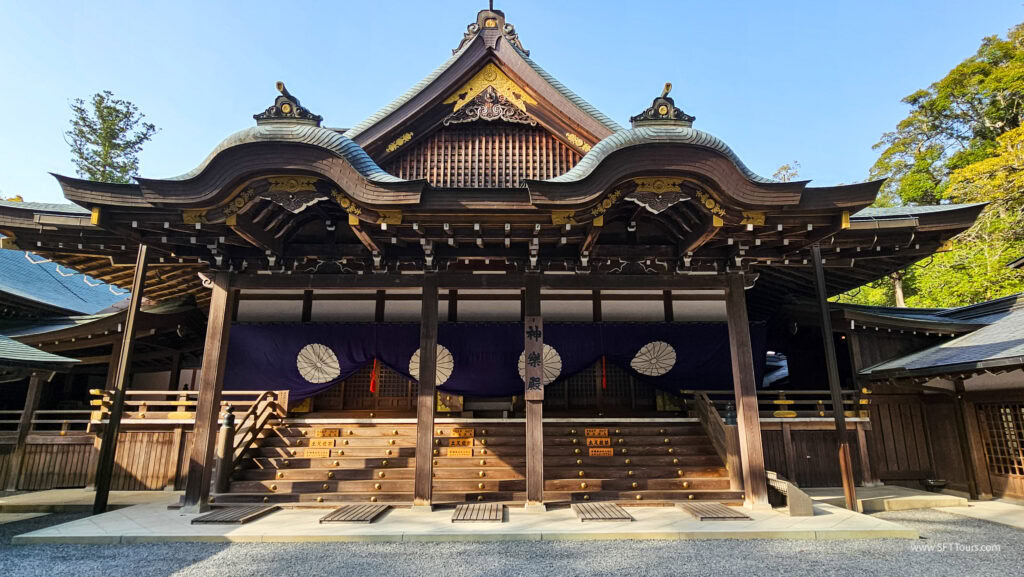
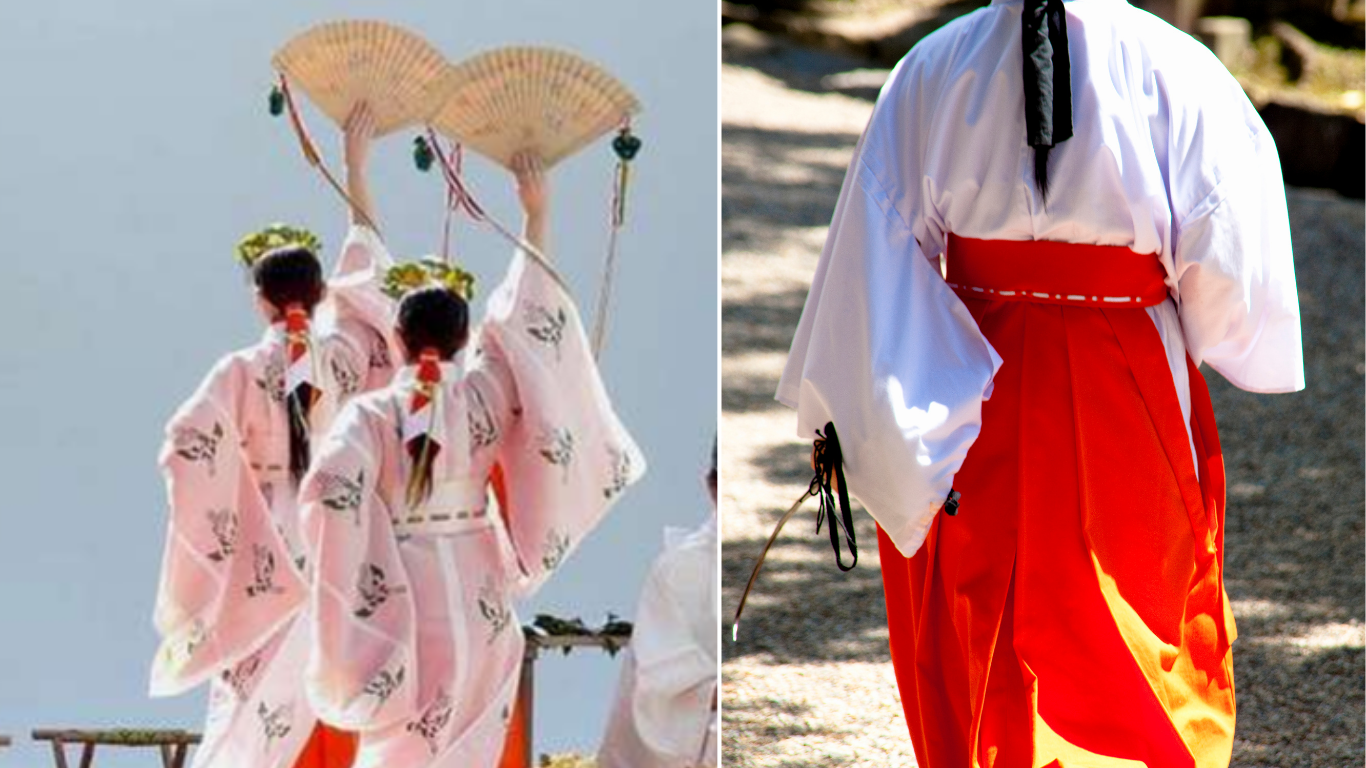
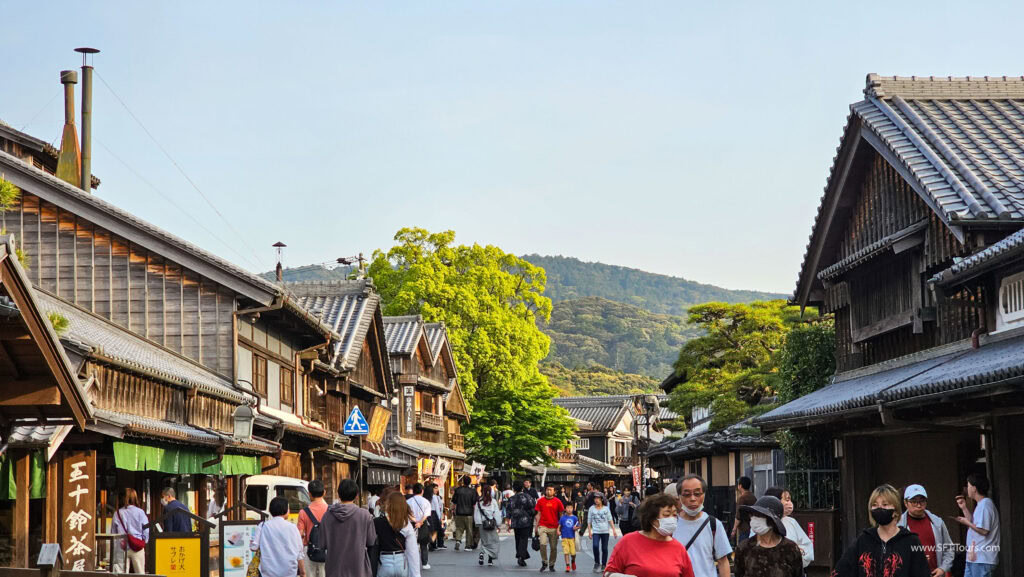
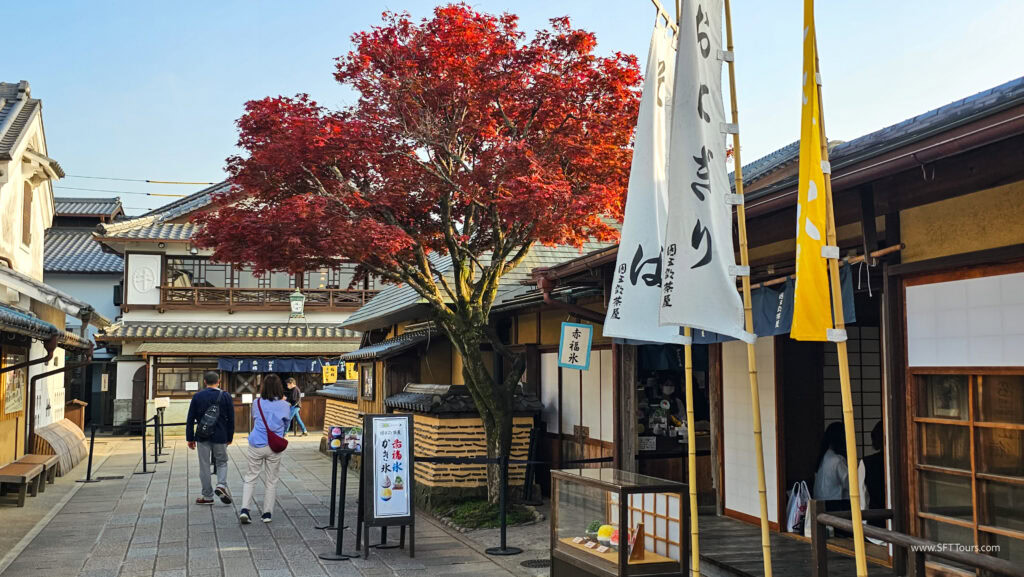
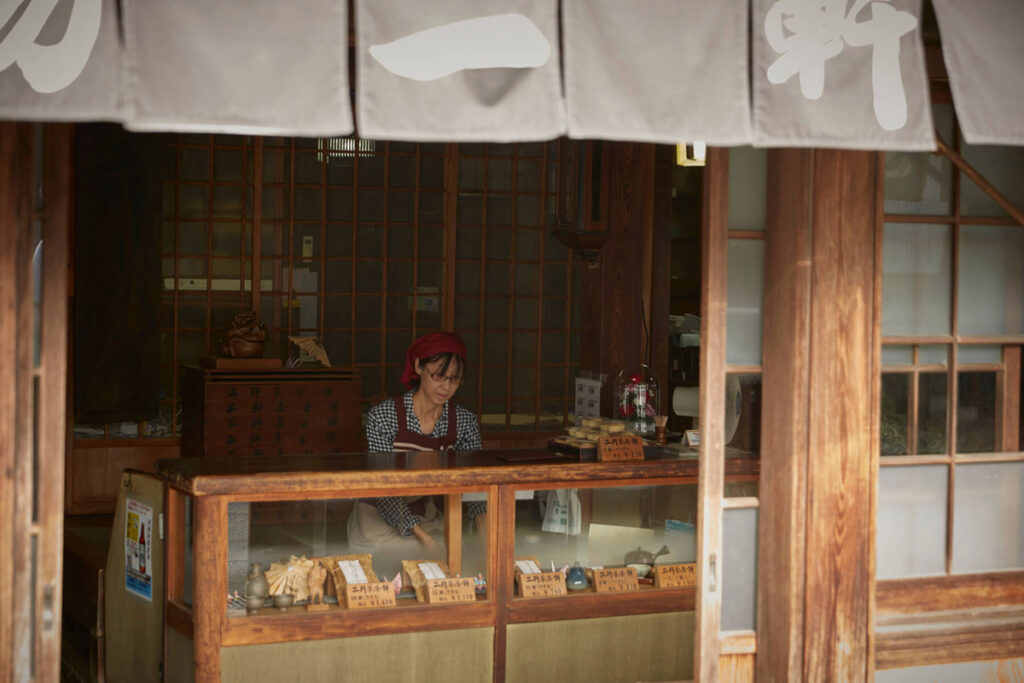
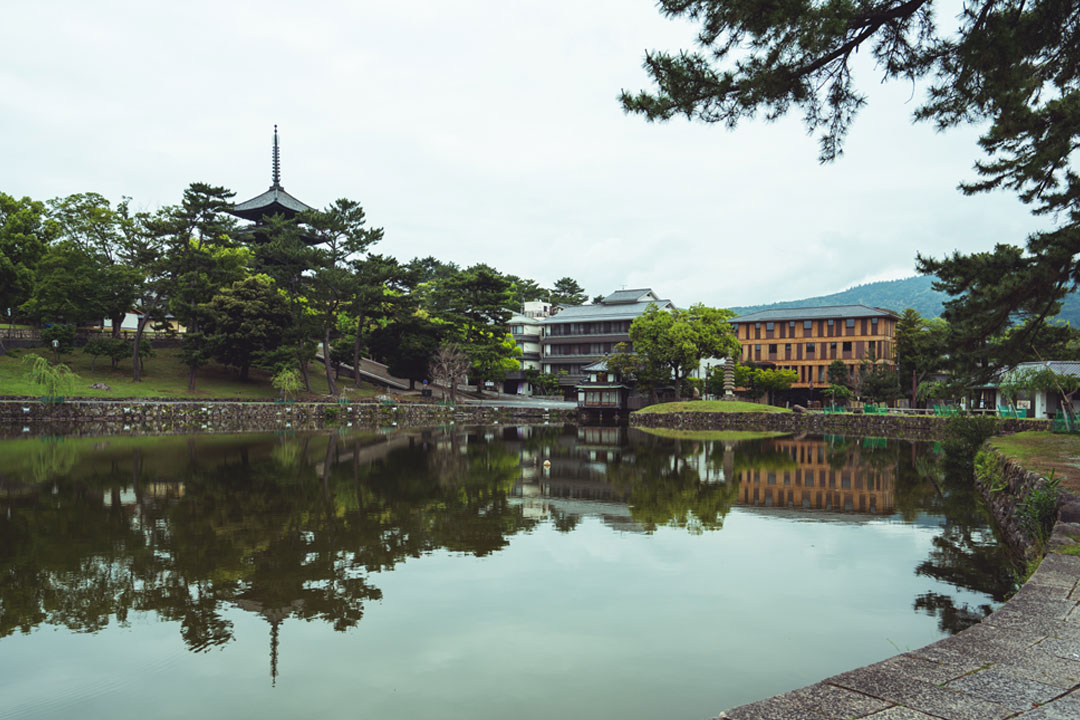
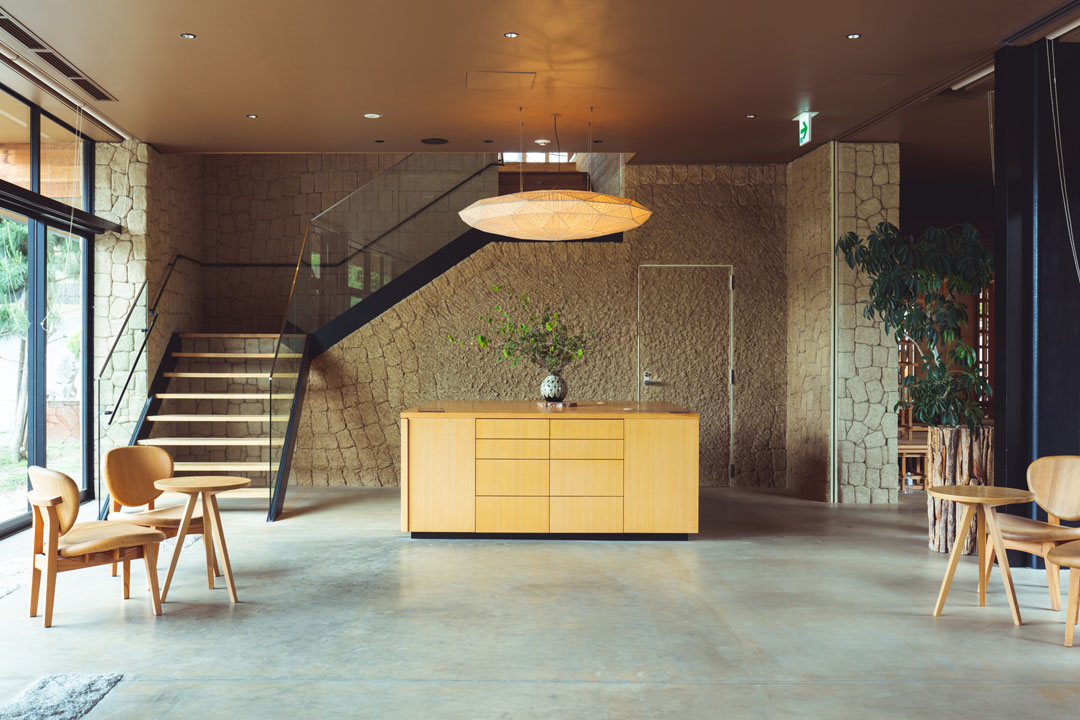
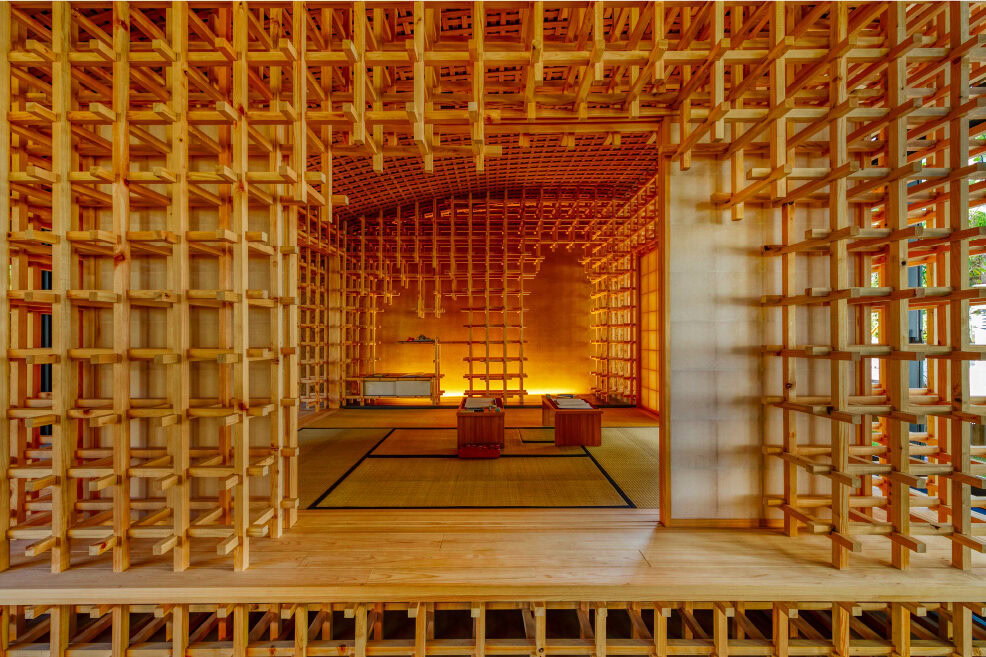
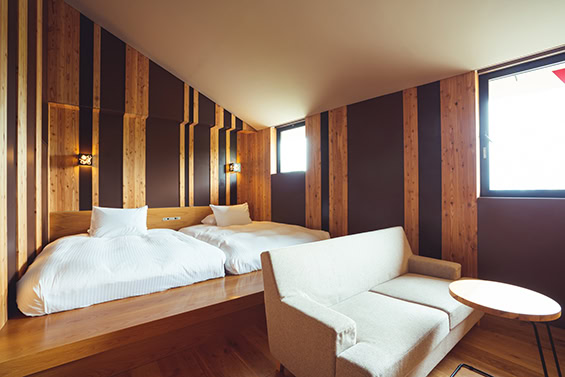

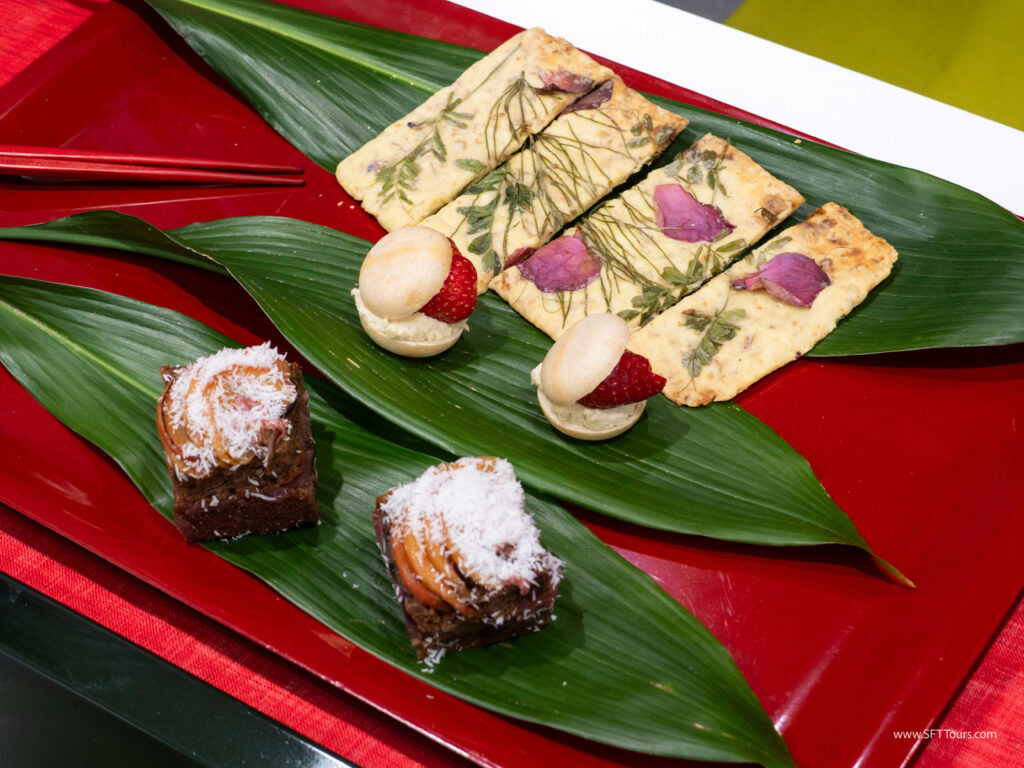
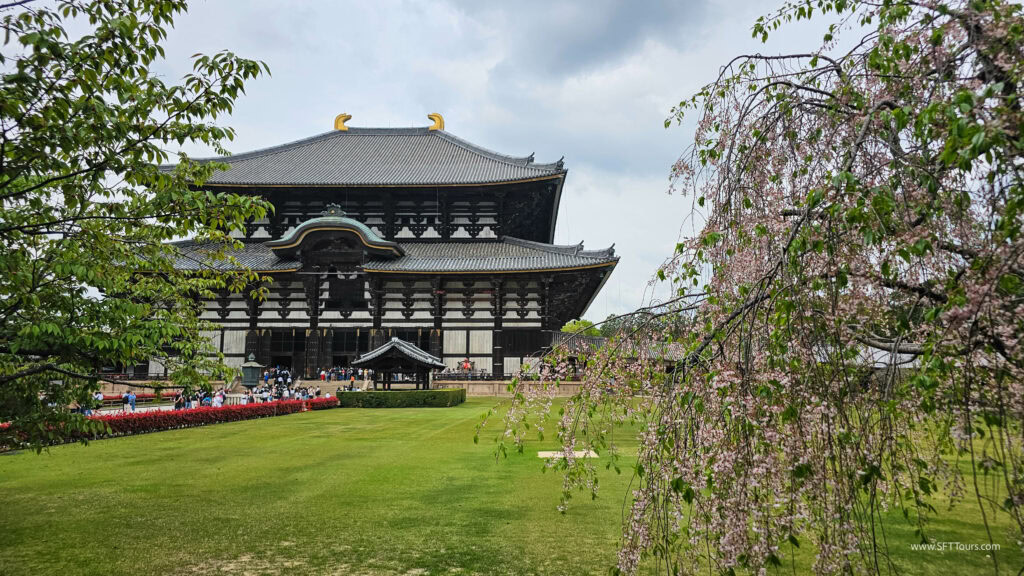

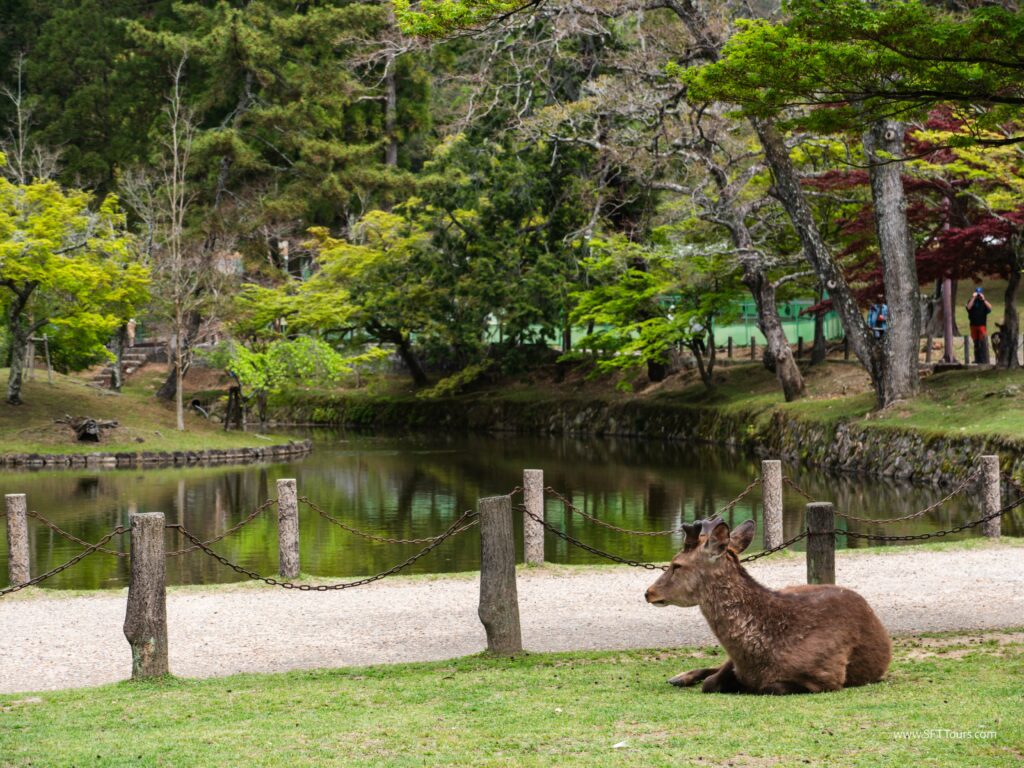
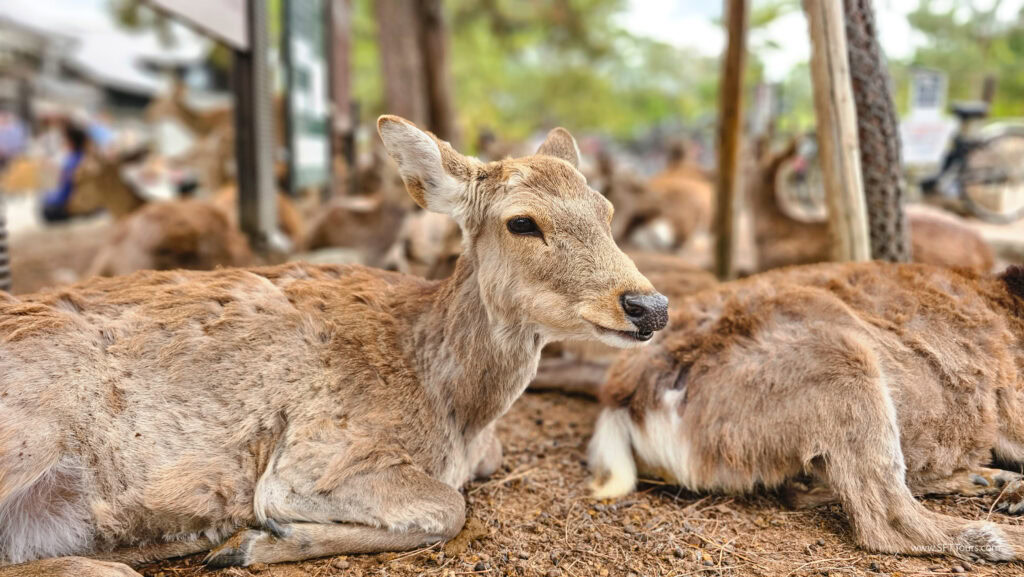
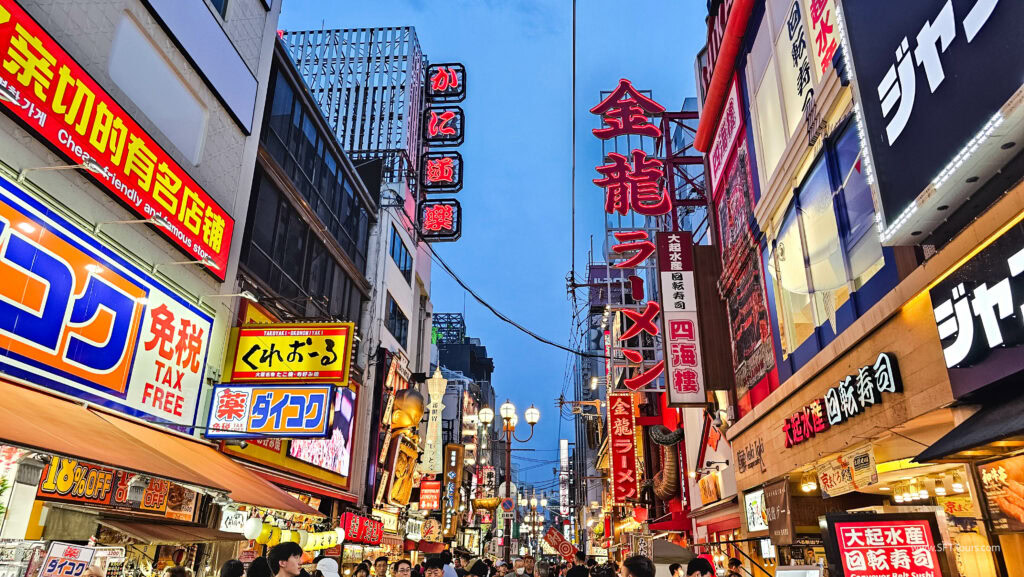
Day 7 : Medicinal cooking, Todaiji, Nara Park, Dotonburi street food
Steps: 5,000 – 10,000 steps.
Driving time: 3 hours.
We will enjoy breakfast at the hotel and then get on the minibus for our drive to Asuka village.
Asuka Village is an eco-friendly food paradise and heritage village at the center of Japan’s history as the home of the first emperor and the roots of Buddhism.
In the morning, we will meet Onishi Sensei, a Japanese grandmother and expert in macro-biotic and medicinal food, who will guide us through a farm visit and vegetarian medicinal cooking experience with local ingredients.
Onishi Sensei spent many years in Europe and has been an advisor to many organizations on the use of food as a way to heal, especially after natural disasters and tragedies such as the Atomic bomb, Chernobyl and the Fukushima plant accident.
We will start with a visit to the organic farm nearby where we can see how the seasonal vegetables grow.
Back at the studio, we will share tea and freshly baked goodies followed by a cooking experience from the heart which will also be our lunch.
In the afternoon you will go to Nara Park and meet the approximately 1,300 deer who roam free in the town.
The deer are considered sacred messengers of the Kasugataisha Shrine God and are natural monument in Japan.
Besides their status, they are also wild and friendly animals who like to eat the special deer cookies on sale and, if you are lucky, may bow at you, let you pet them and get up and close.
After saying hi to the deer, we will visit Todaiji Temple, the largest wooden structure in the world, home to a giant Buddha and listed as a World Heritage Site.
The temple was built in the 8th century and became one of the Seven Great Temples and the head temple to all other Buddhist temples in the country.
Its power rose to the point of interference with the Government, so the capital was moved away from Nara to limit this influence.
The current structure is from the 17th century and is smaller than the original. Inside, we will see the world’s largest bronze statue of the Buddha Vairocana.
For good luck, you can try to pass through the hole at the base of one of the pillars which is the size of Buddha’s nose. It is said that if you fit, you will be granted enlightenment in your next life (the hole is pretty small).
After the visit, we will get back in the minibus and drive to our hotel in Osaka.
After checking in to our new hotel, we will head out to explore the street food scene in Dotonbori, a fun, chaotic, fragrant district with neon signs that cover the facades of all the high rise buildings and restaurants and food stalls selling all kinds of food.
Osaka is not Japan’s food capital for nothing, and in Dotonbori you can try all the famous dishes, from ramen to Takoyaki (octopus balls), yakiniku (skewers) or Taiyaki (fish shaped pastries filled with vanilla custard).
We will get the lay of the land from our guide and her best recommendations.
We will order the first snack and drink as a group and then head out on our own to explore the smells and flavors of the city in this famous nightlife spot.
Inclusions: Breakfast at the hotel, medicinal cooking experience, farm visit and lunch, transfers in our own minibus, entry ticket and tour of Todaiji Temple, snack and drink at Dotonbori street.
Overnight at Zentis Hotel 4*
Zentis Hotel is a newly opened property in the city center of Osaka.
The hotel is airy, bright and with clean lines, all the modern facilities and lots of natural light and greenery.
Rooms are spacious and the common spaces, lounge and outdoor terrace are flooded with light.
Get ready for the day at the lounge, where you can try different perfume, get an espresso, polish your shoes and add the finishing touches to your look.
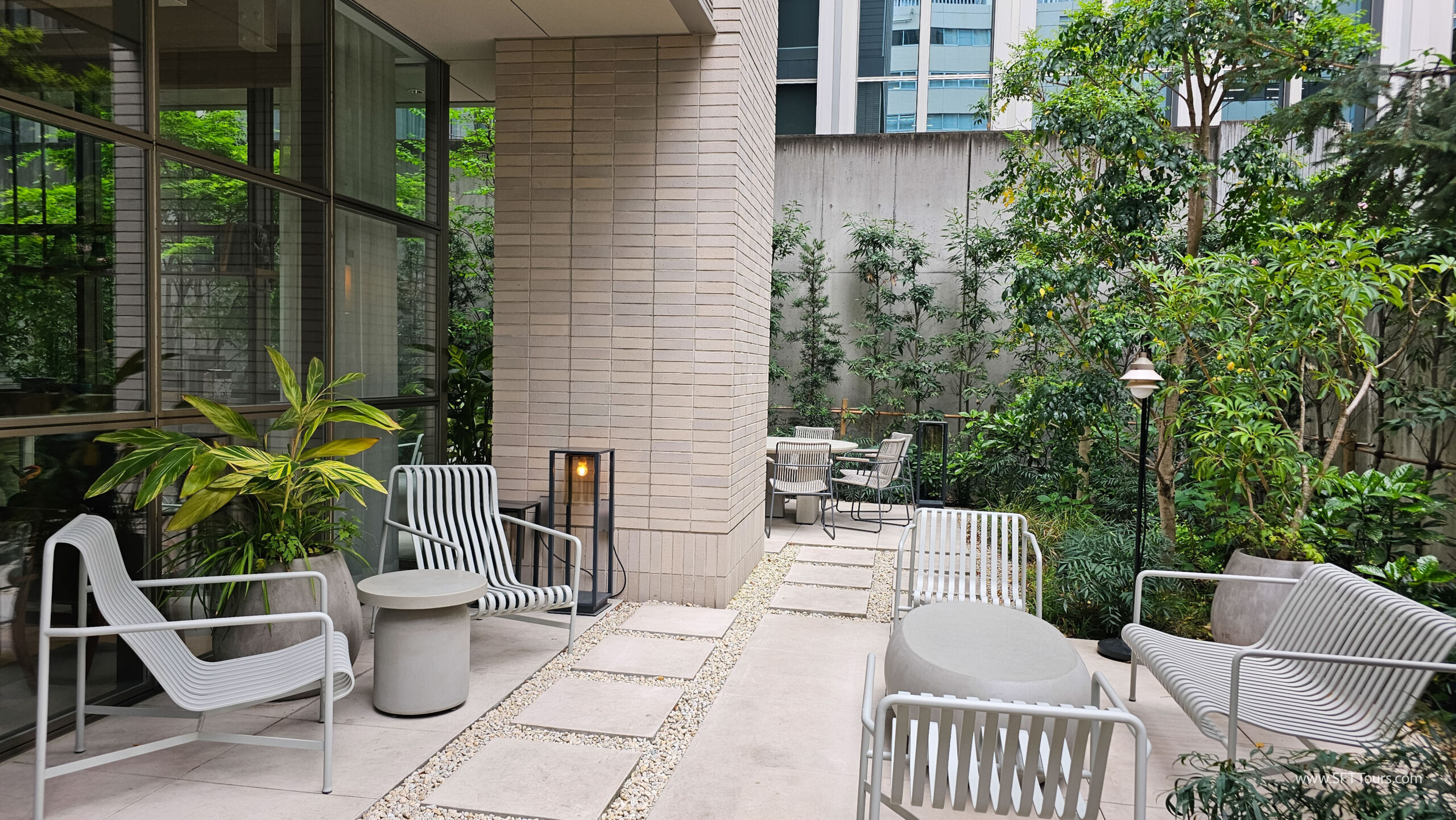
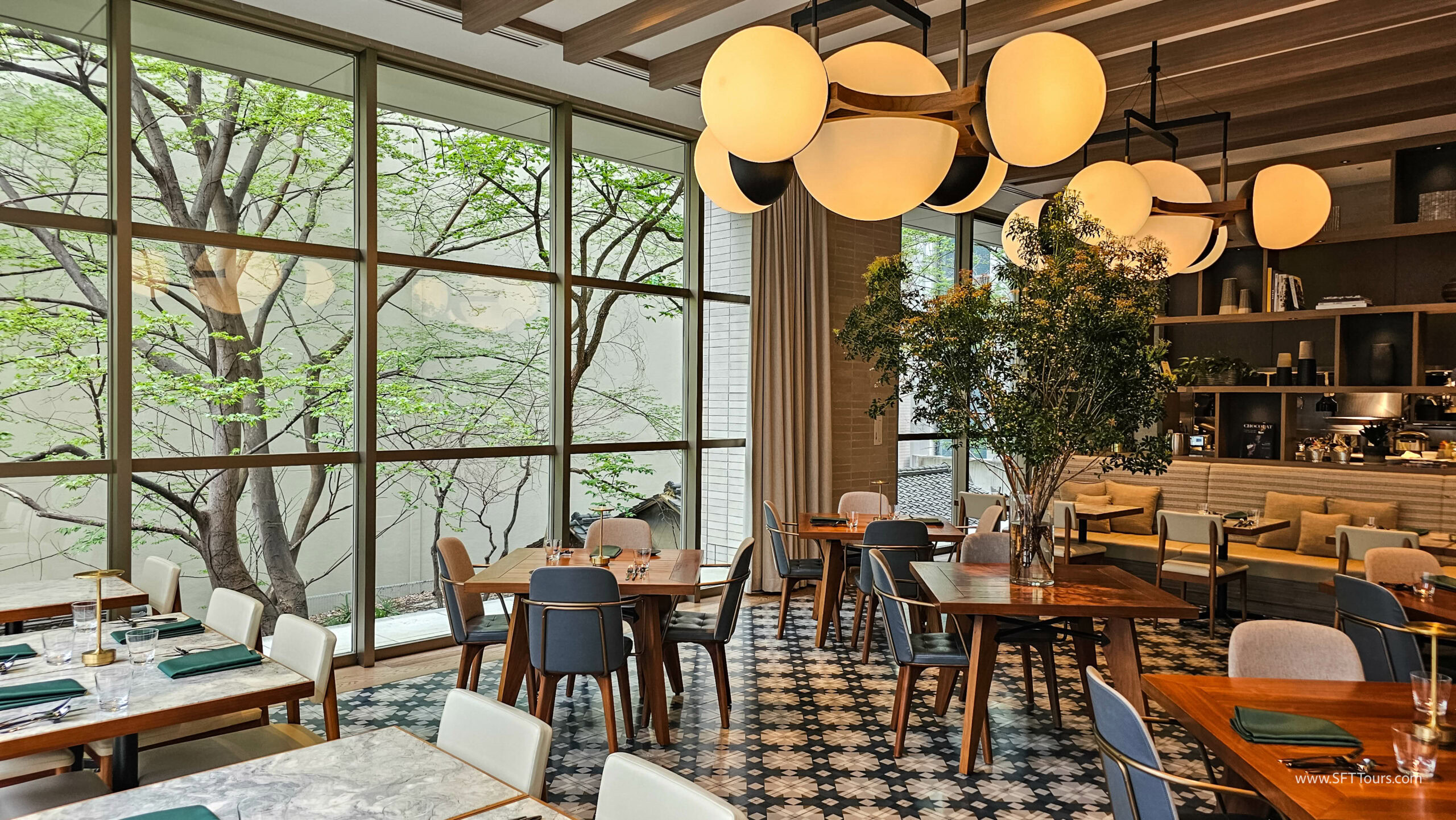
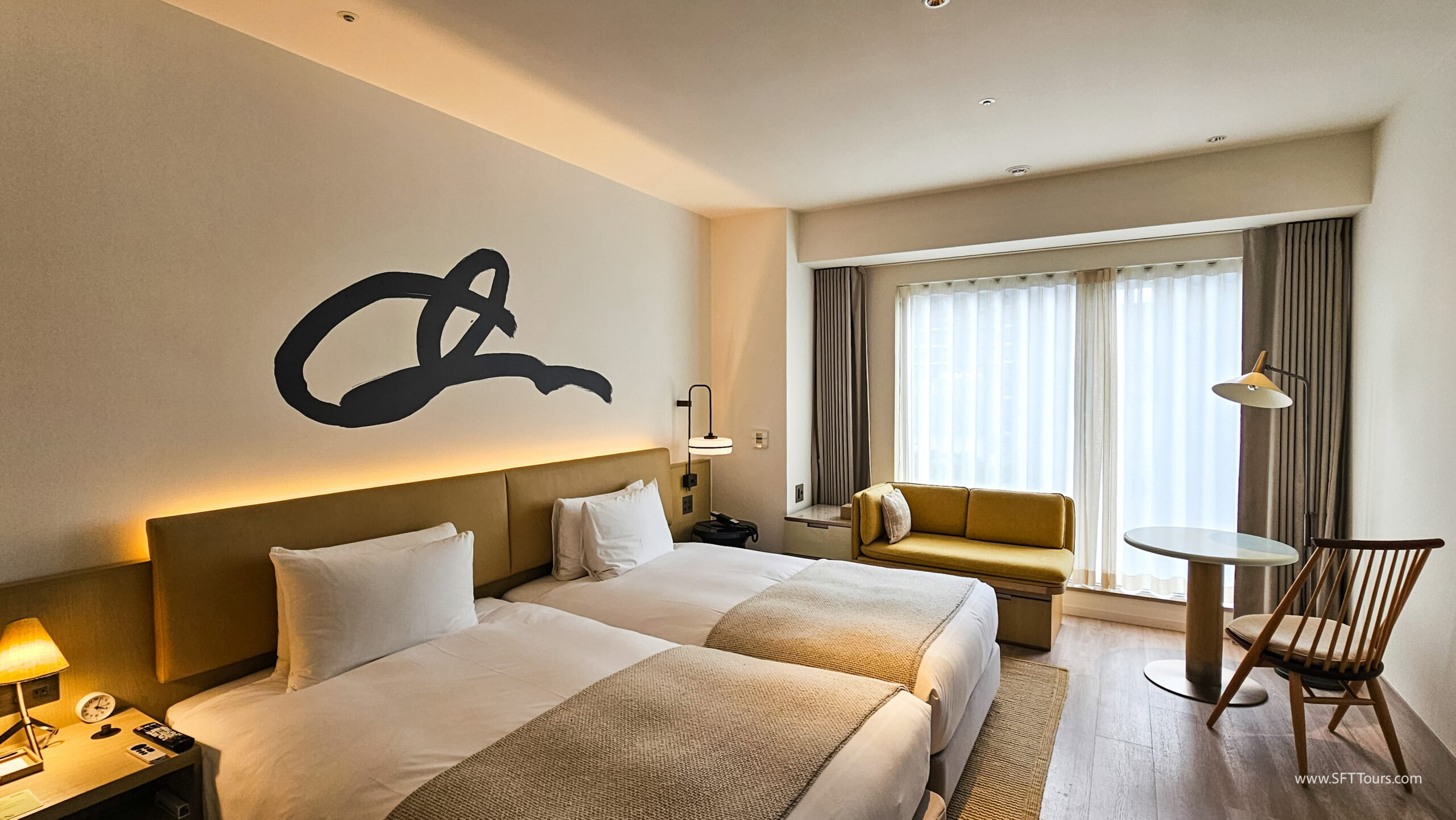
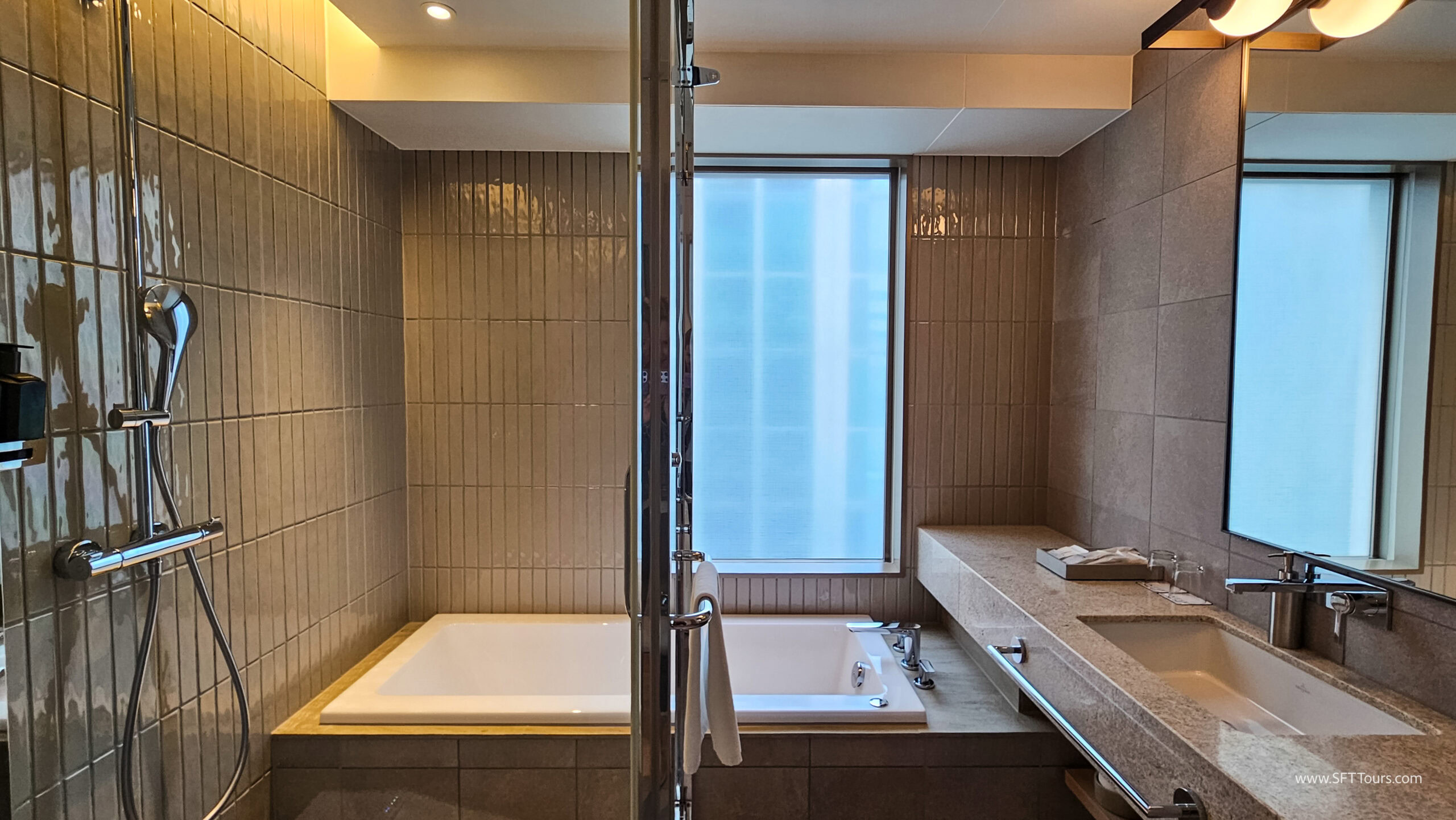
Day 8 : Osaka Castle, Buddhist lunch, Bamboo forest, Golden Pavilion
Steps: 5,000 to 10,000 steps
Driving time: 2 hours
We will start the day with breakfast and then check out and board our minibus to Osaka Castle.
This is one of the most famous structures in Japan and looks like a fairytale during cherry blossom season when the gardens around it are in bloom.
Osaka Castle construction started in the 16th century and was last renovated in 1997.
Historically, the castle played a major role in the unification of the country and it offers one of the few opportunities to visit a Japanese castle inside.
We will wander the grounds and explore the castle on a guided tour.
We will then continue to Kyoto, where we will start our exploration with a traditional vegan Buddhist lunch at Tenryuji Temple.
Our lunch will consist of freshly cooked local seasonal ingredients prepared with love and enjoyed on the floor in traditional tables surrounded by nature.
After lunch, we will pop over to Arashiyama Bamboo Forest for a wander and photos of its stunning bamboo tunnels.
Our visit will continue at Kinkakuji, better known as the Golden Pavilion and end at Ryoanji Temple, time permitting.
The Golden Pavilion is famous for its gold leaf coverage, standing bright against the beautiful forest and carefully curated ponds and plants.
The temple was the retirement villa of the shogun Ashikaga Yoshimitsu and has been preserved for visitors to enjoy.
We will stroll through the gardens and admire the beautiful structure reflected on the water.
If we have time, we will visit Ryoanji Temple Rock Garden, a word that has become synonymous with Japanese rock gardens worldwide.
This simple zen garden is one that needs to be admired and enjoyed individually from the seats provided.
The garden has 15 stones but, no matter where you position yourself, you will never be able to see them all.
We will sit down and take a moment to silently observe and take it all in.
We will then drive to the hotel and check in. The evening will be free for you to enjoy some shopping, relax at the hotel or have a walk.
Inclusions: Breakfast at the hotel, entry tickets and guided tour of Osaka Castle, Golden Pavilion, Buddhist lunch and Arashiyama Bamboo Forest, Ryoanji Temple rock garden, transport in our own minibus.
Overnight at Nohga Hotel Kiyomizu 4* (March 2026 only) or The Hotel Higashiyama 4*
Both of the hotels we will be staying at in Kyoto are new and designed with modern facilities and comforts in mind while keeping a Japanese spirit.
We will be staying near Gion, in the Kiyomizu area of Kyoto, near leafy gardens, temples and mountain air, yet close to the main shopping hub.
Nohga Hotel Kiyomizu is part of a locally owned hotel chain and a modern property with a creative and spiritual core that mirrors Kyoto’s history with refined rooms and spaces.
Take a break in the meditation room, enjoy the art exhibitions or listen to music through the high-end speakers in your room or common areas.
The Hotel Higashiyama channels traditional ryokan hospitality with Western comforts.
Rooms are set around a beautiful and peaceful garden or with views of the city and mountain behind.
Lines and clean and sleek, and we have booked upgraded rooms to ensure more space for guests sharing a room.
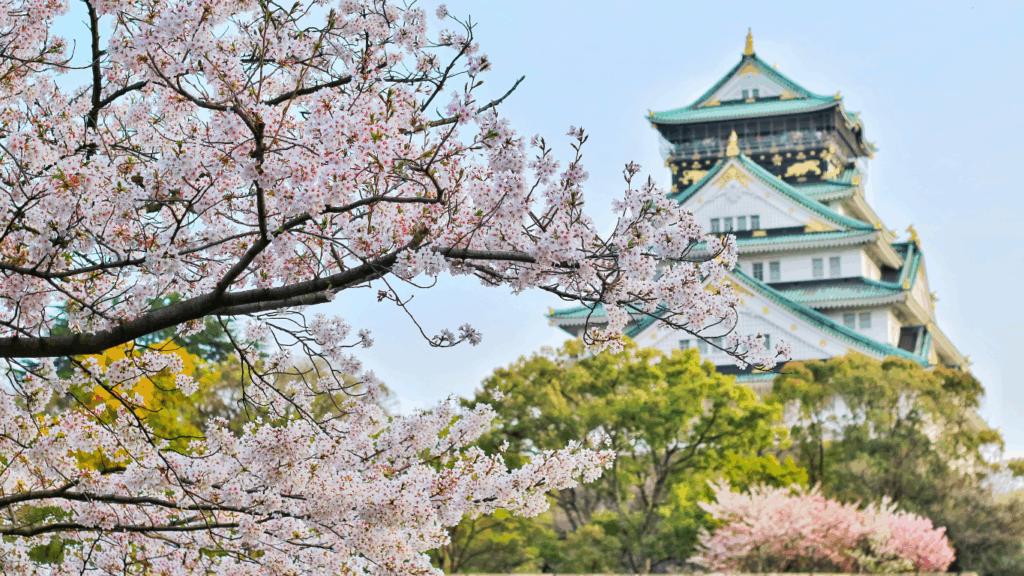
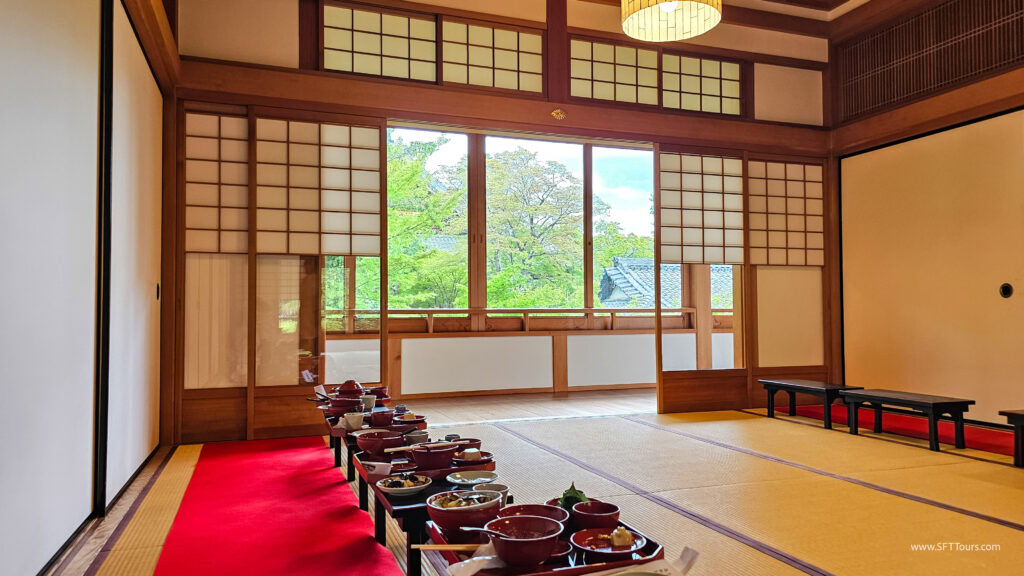
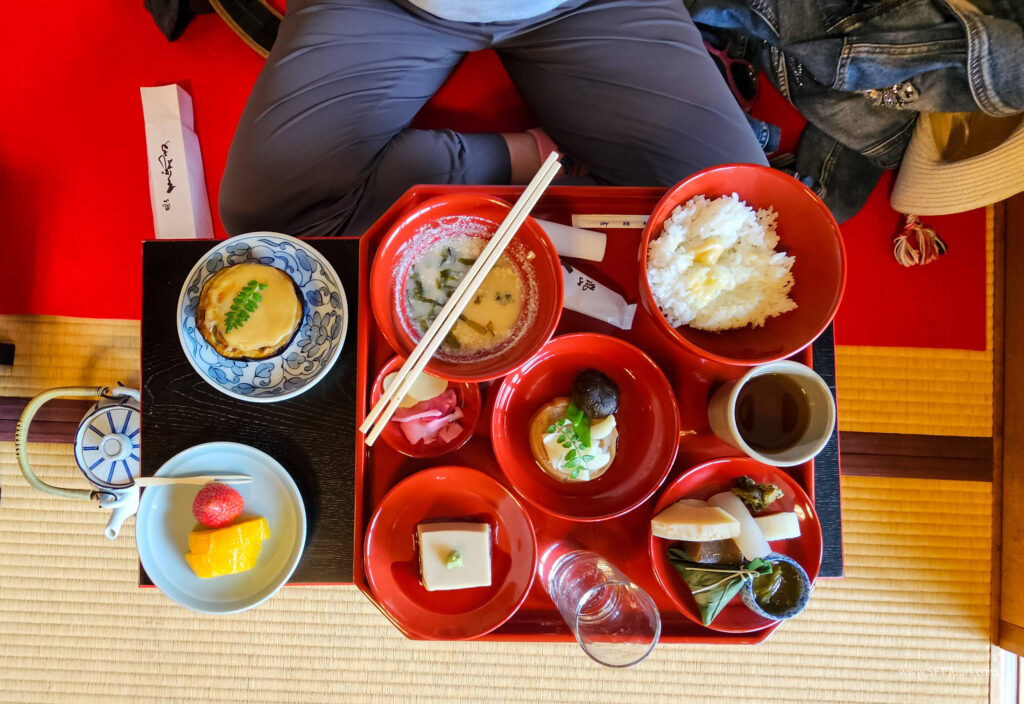
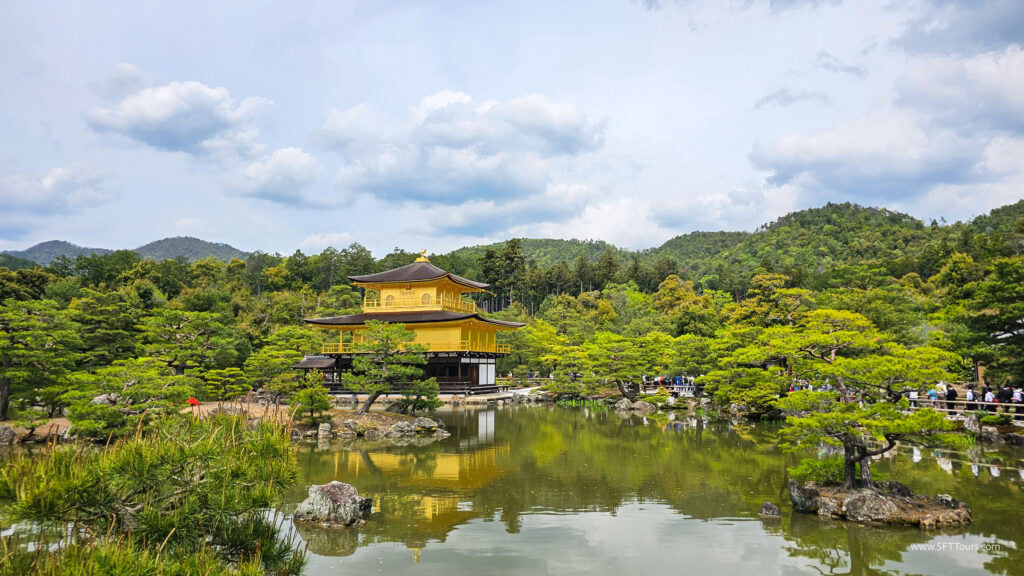
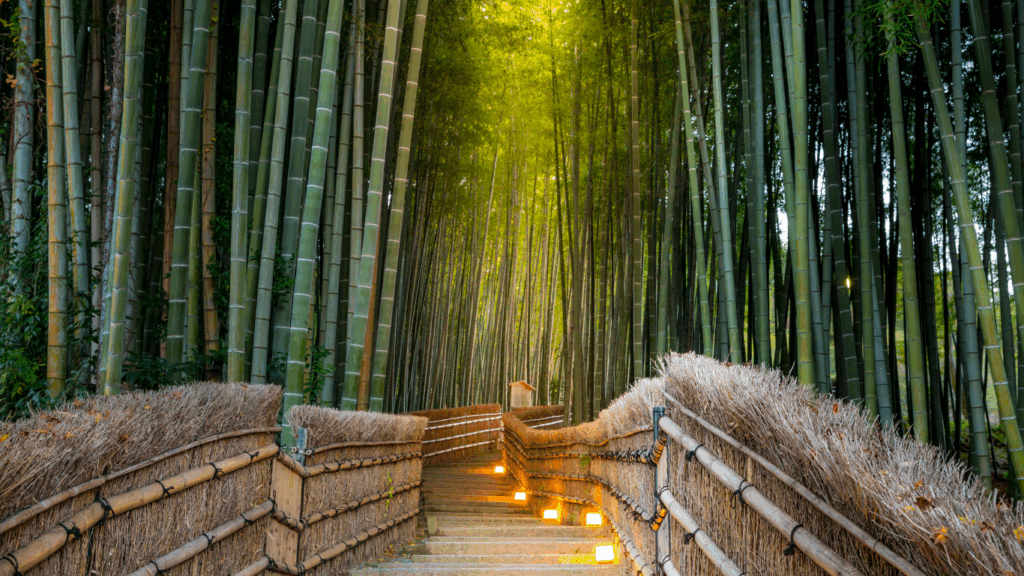
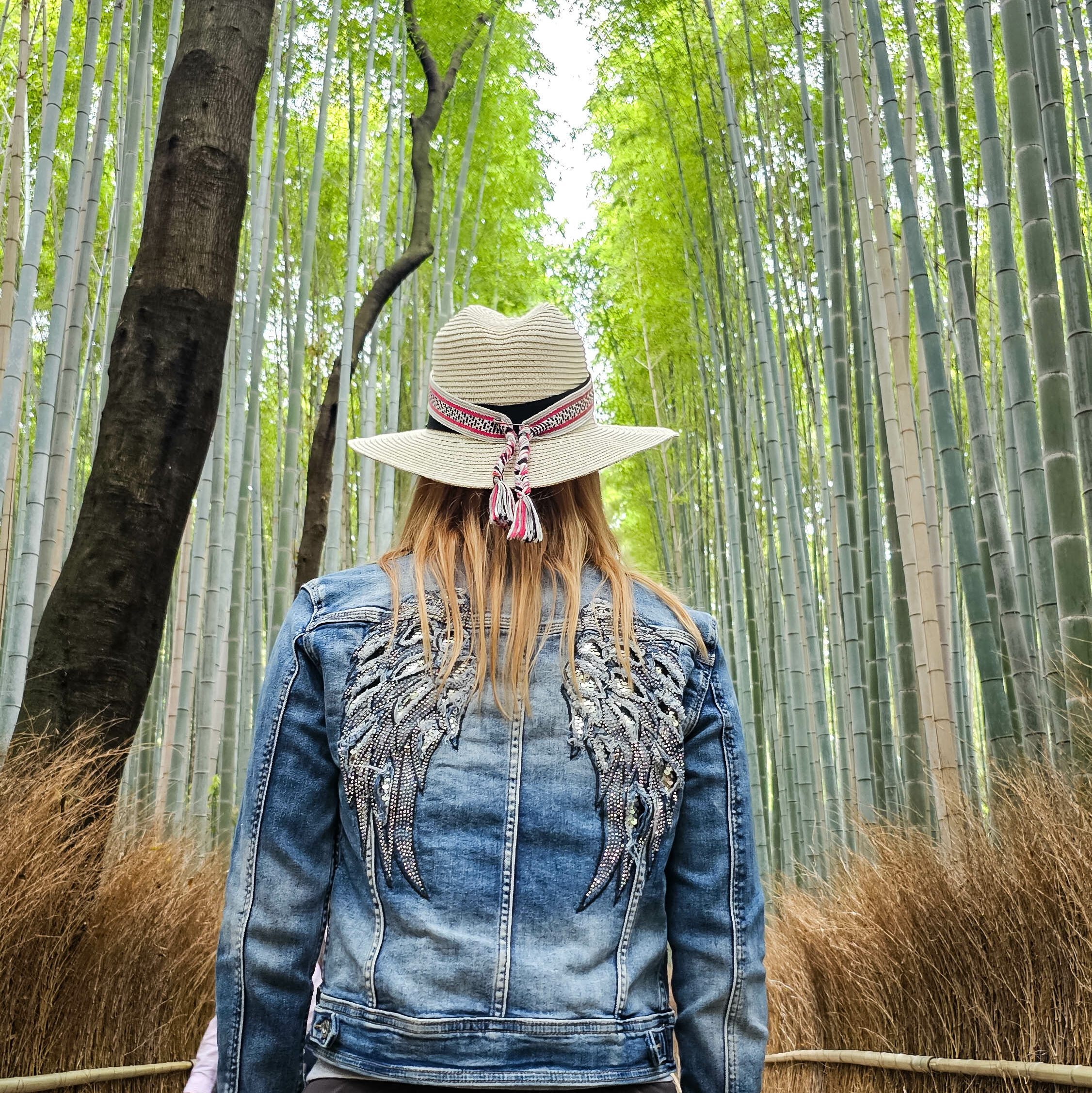

Nohga Hotel Kiyomizu
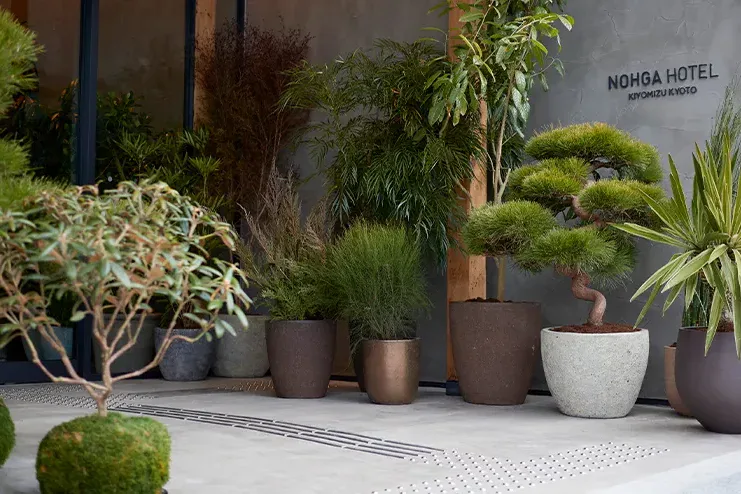
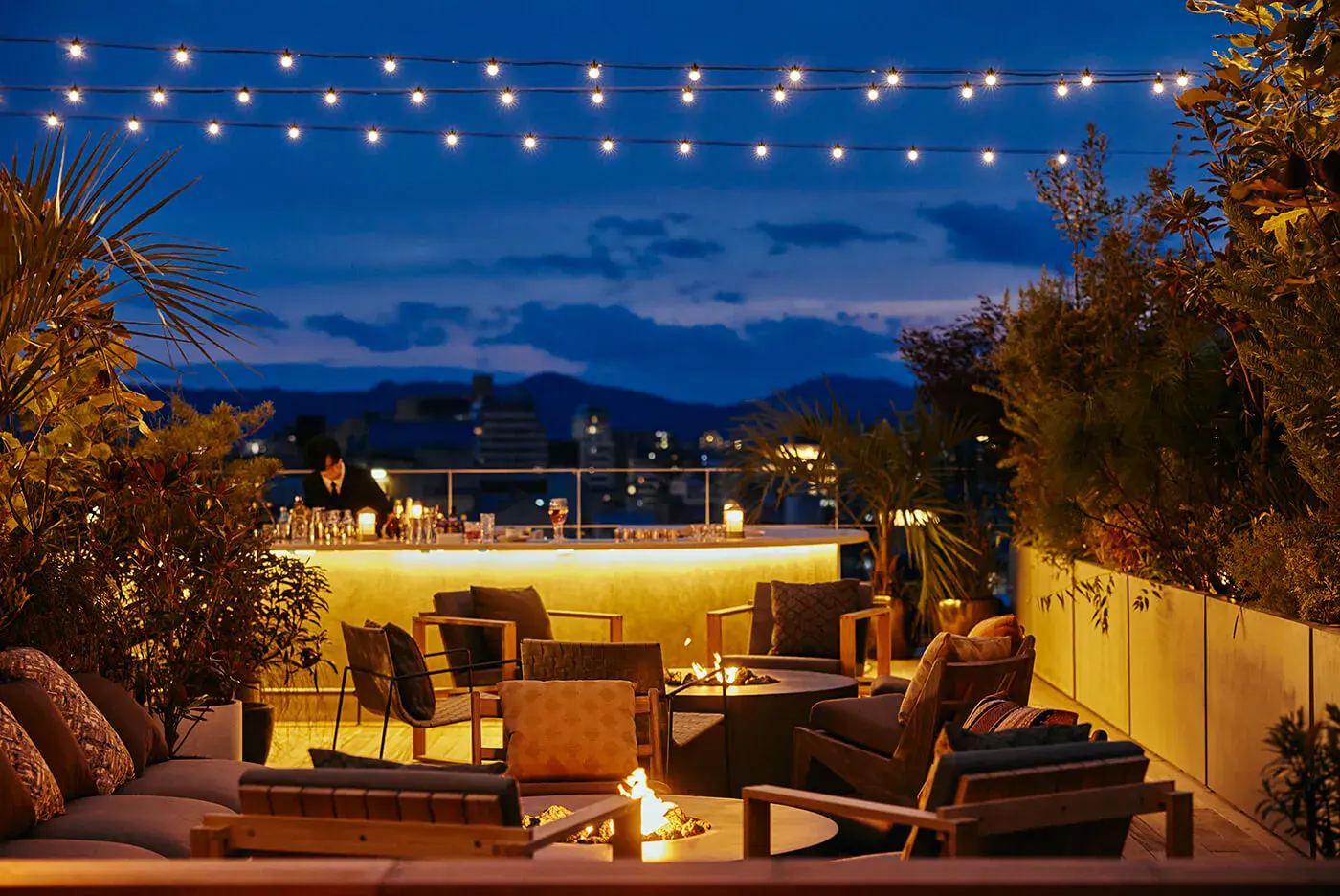
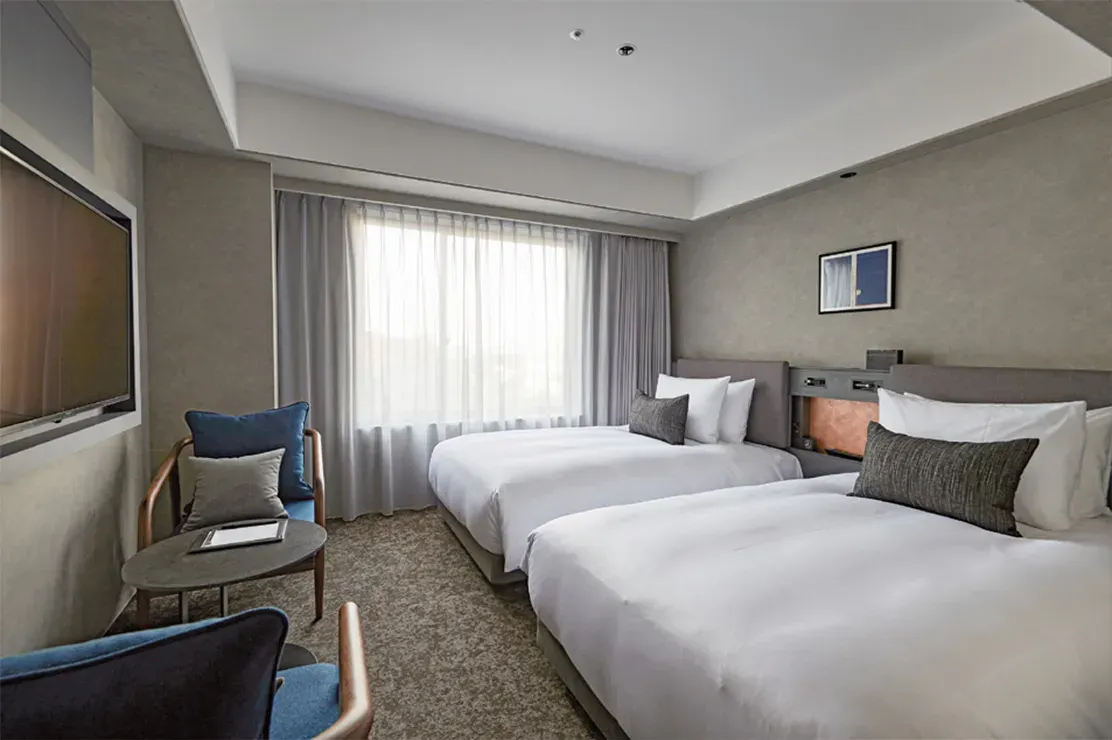
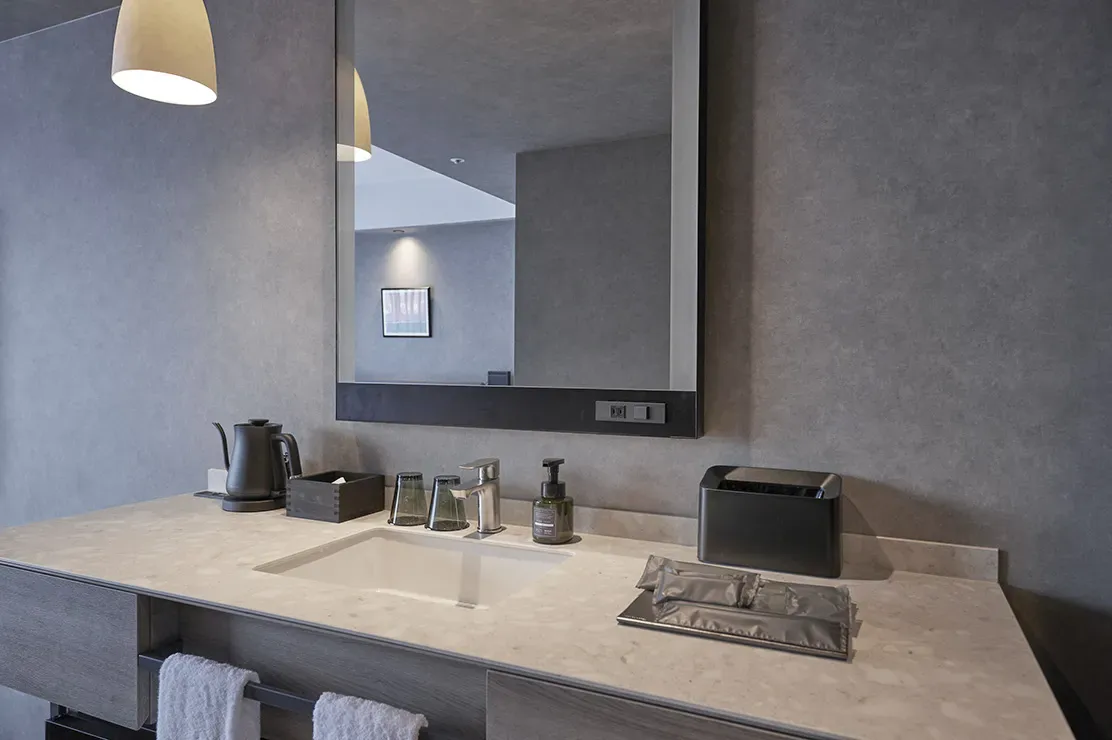
The Higashiyama Hotel
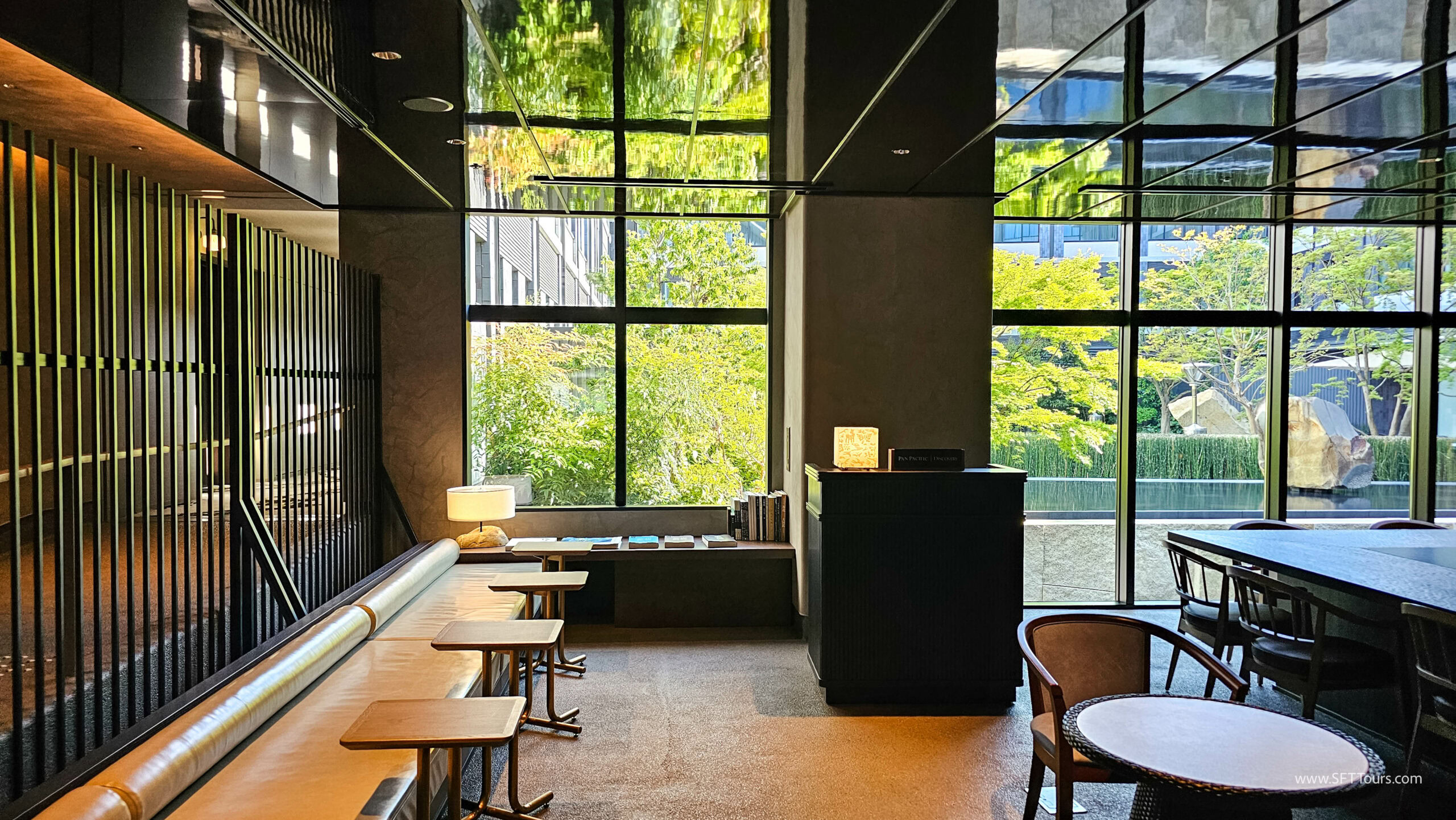
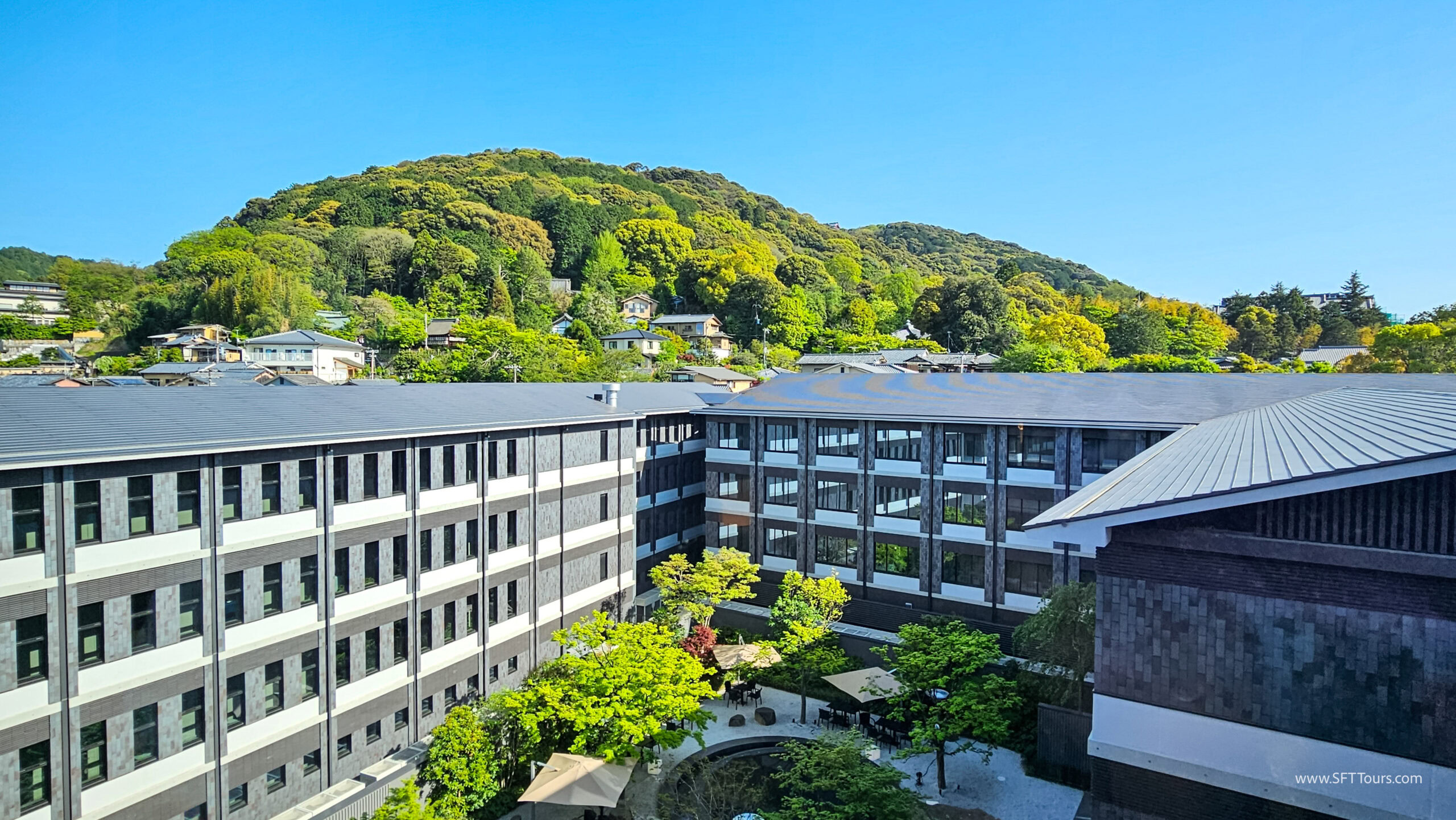
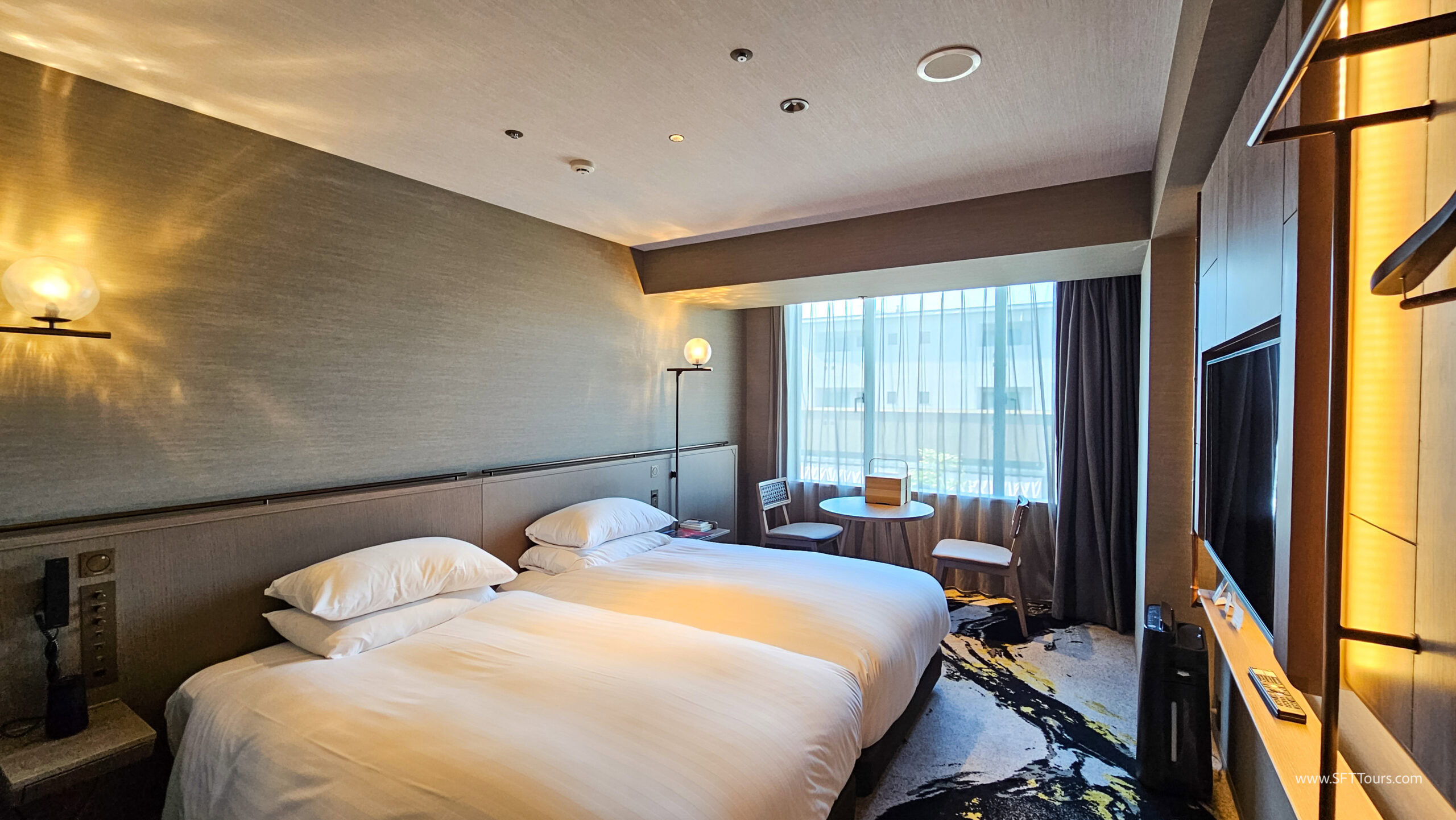
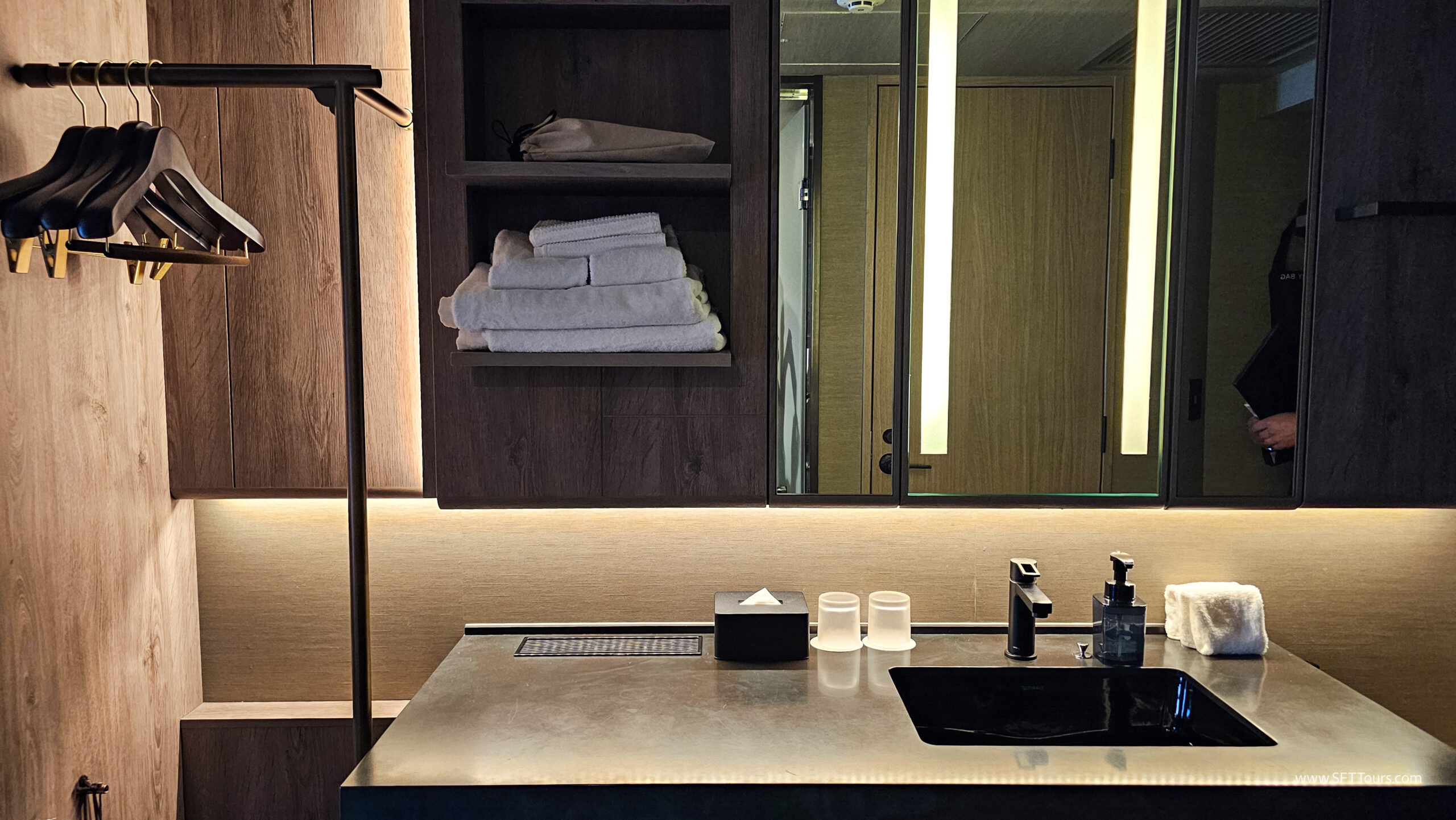
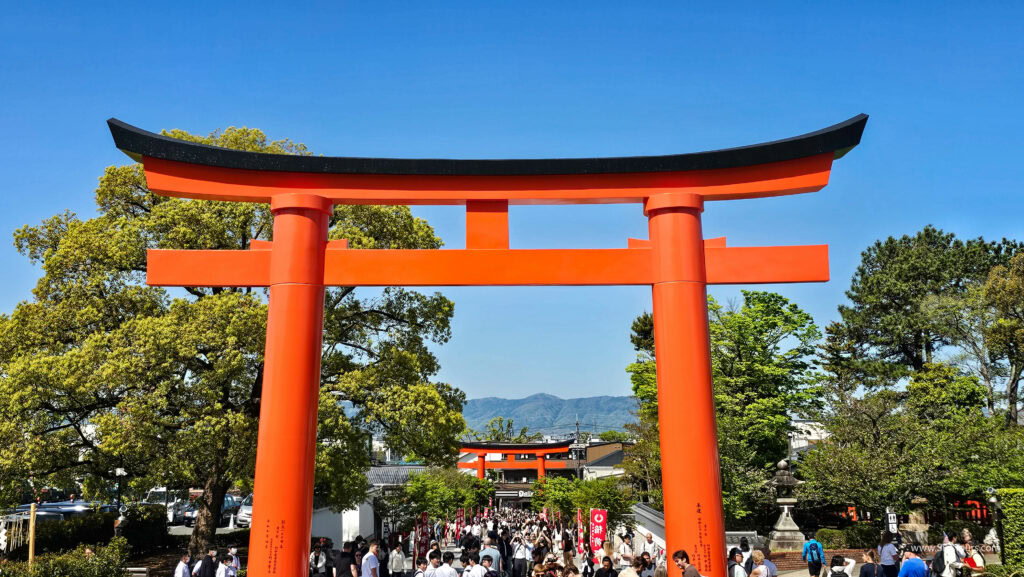
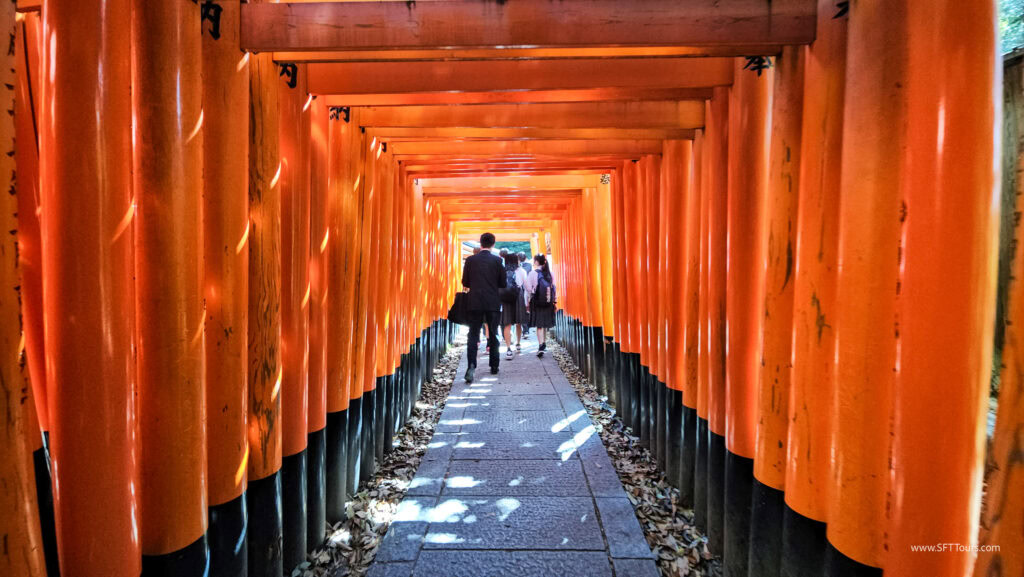
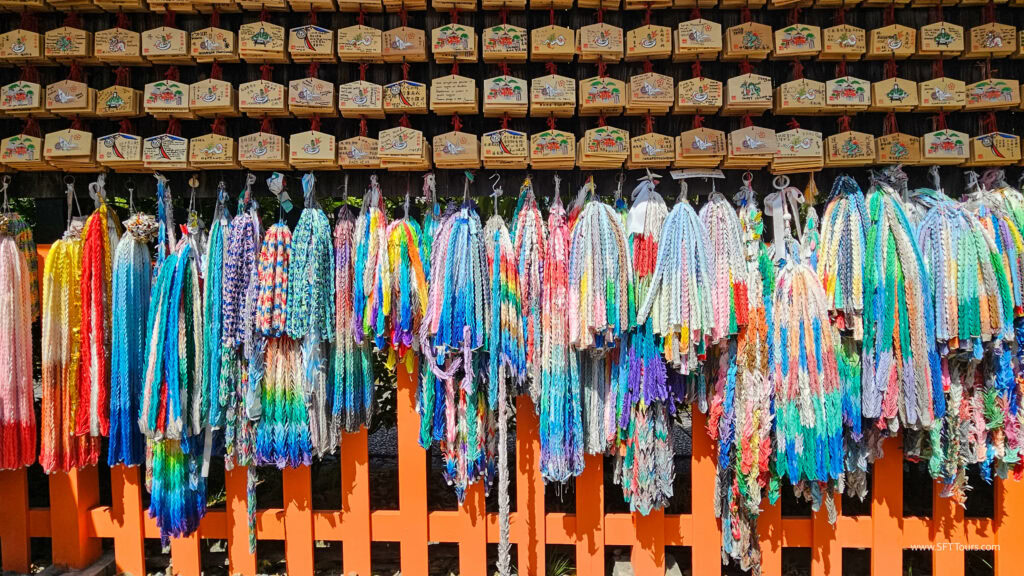
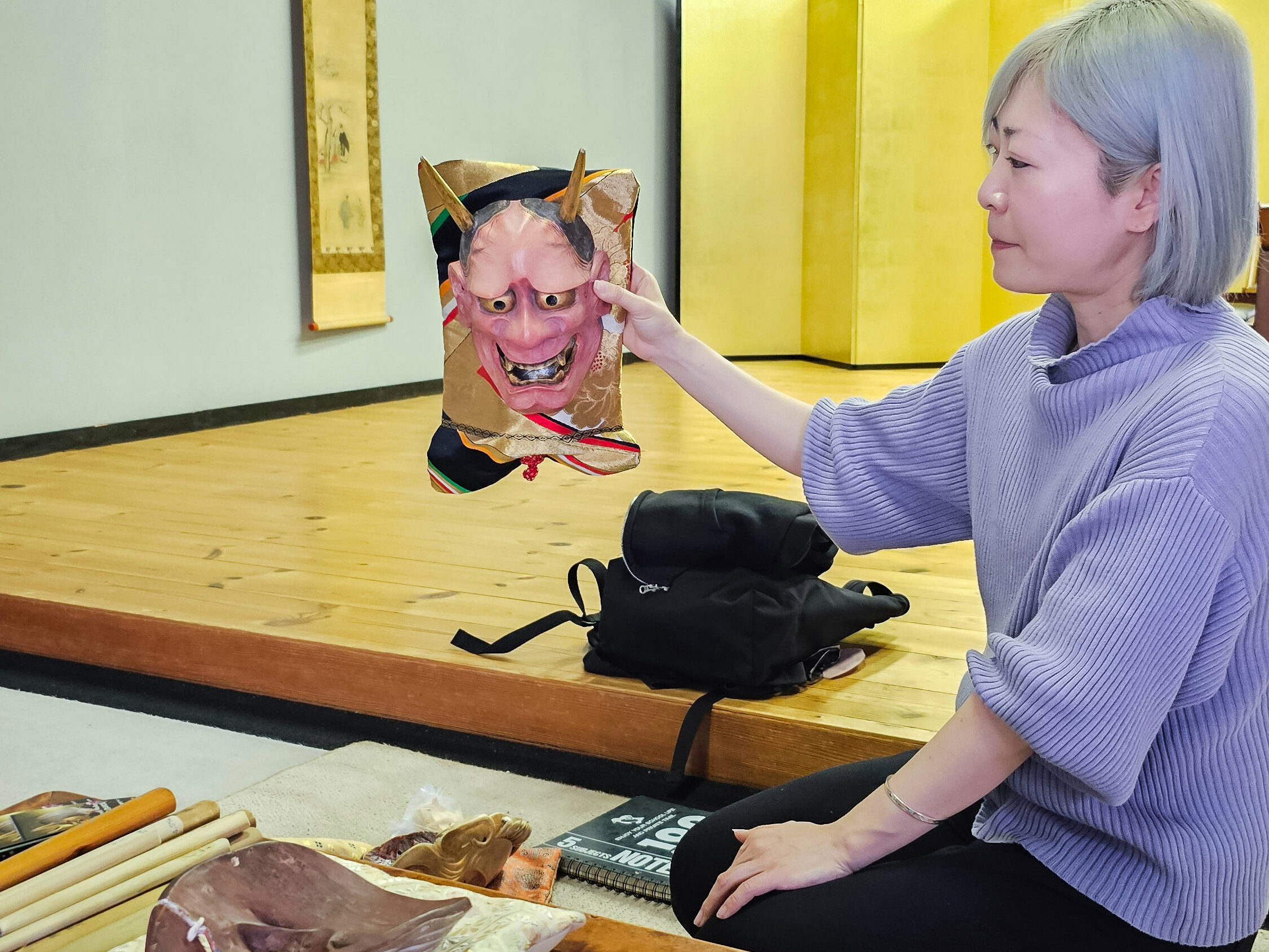
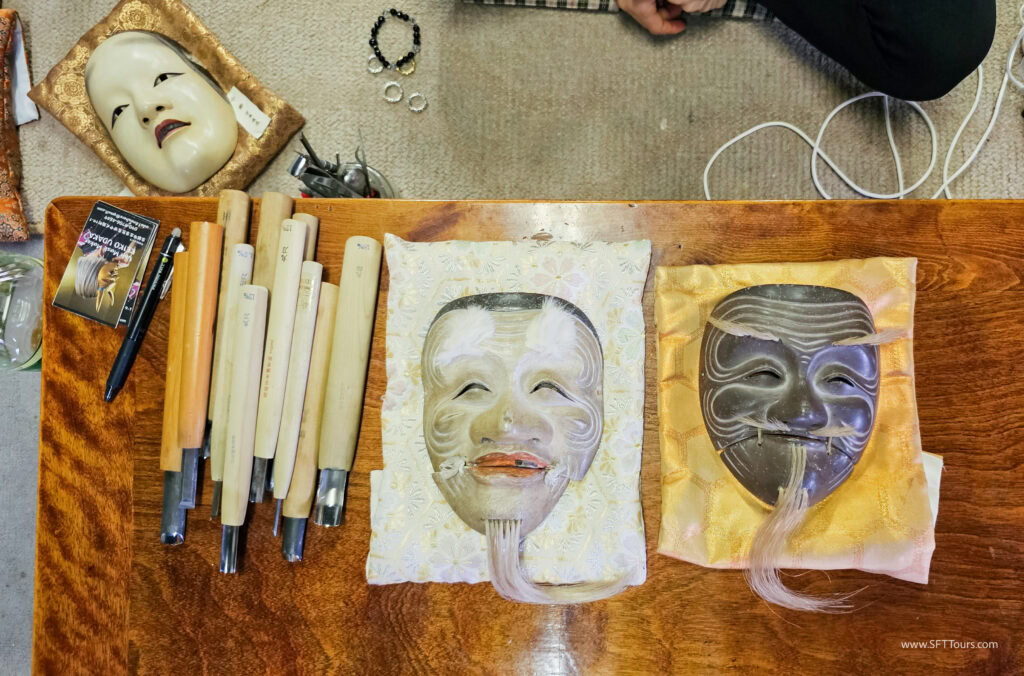
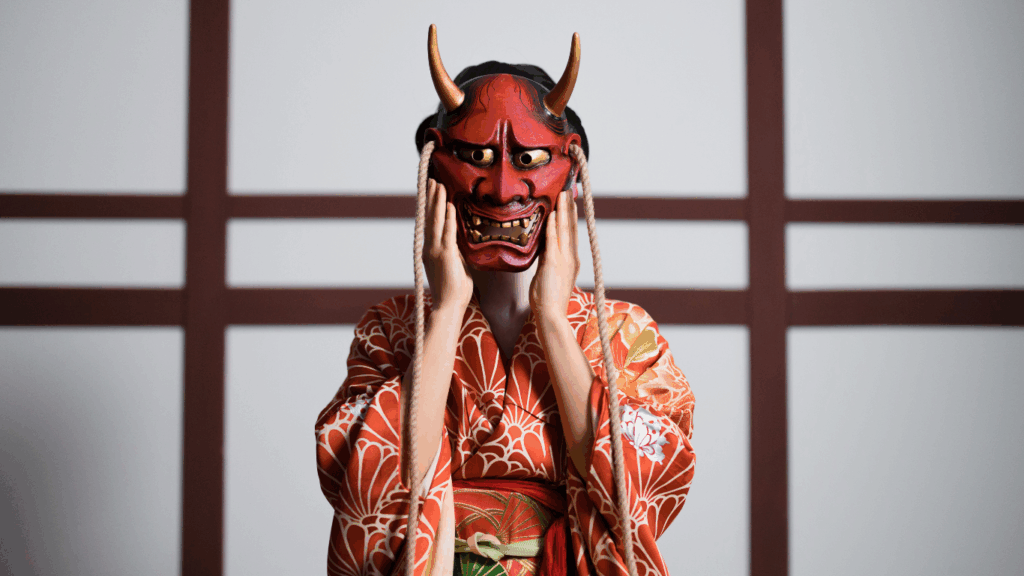
Day 9 : Fushimi Irani Shrine, Noh masks, Tea ceremony
Steps: 10,000 – 15,000 steps
Driving time: 2 hours
We will start the day early with breakfast at the hotel and then set out to explore Kyoto.
We will arrive at the famous Fushimi Inari Shrine and walk through the red tori gates, enjoying photos and some peace before the crowds descend.
There are thousands of Inari Shrines in Japan but this is the main one, established in the 8th century.
The tori gates represent an offering by the start of the Edo period (1603-1868), to symbolize a wish for or acknowledgement of the “passing” of prayers from people to the deity.
Today, there are around 10,000 tori gates of all sizes along the mountain paths leading to Fushimi Inari Taisha, at the top of the Inariyama mountain, but we may only walk a part of it.
Our day will continue with a Noh mask making workshop with a female artist and a short performance to illustrate the power of a Noh play.
Noh is a Japanese dance-drama that has been performed since the 14th century and consists of very few performers in a small tatami stage using costumes, some props and masks to convey emotion. The masks represent and embody each character.
Noh stories are based on tales from traditional literature featuring a supernatural being transformed into a human hero who narrates the story.
Every Noh performance is done only once and the artists do not rehearse together but individually, making every performance a one of a kind, once in a lifetime performance.
Noh masks are kept by the artists or producers and rented by the performers and very few new masks are made, most of which are copies of previous ones.
We will meet with a female Noh mask maker to learn all about the making process, which takes her up to 2 months, and the philosophy behind Noh performances.
We will then attend a brief demonstration, without the masks, as it is not possible for Noh performances to be done outside the formal setting of a life staging.
Lunch will follow nearby before continuing to Gion, the center of Geisha and Maiko tradition, for a tea ceremony.
Tea ceremonies in Japan are an elaborate set of rituals that need to be followed to prepare match tea.
We will attend the silent ritual and pay attention to the many cues that our guide, who is also a trained tea ceremony artist, will have explained before we enter the tearoom.
You will again have the evening free to shop, explore Gion or the rest of the city on your own and try some of the local restaurants.
Inclusions: Breakfast at the hotel, transportation in a minibus, lunch, meeting with a Noh mask maker and small presentation of a performance, tea ceremony.
Overnight at Nohga Hotel Kiyomizu 4* or The Hotel Higashiyama 4*
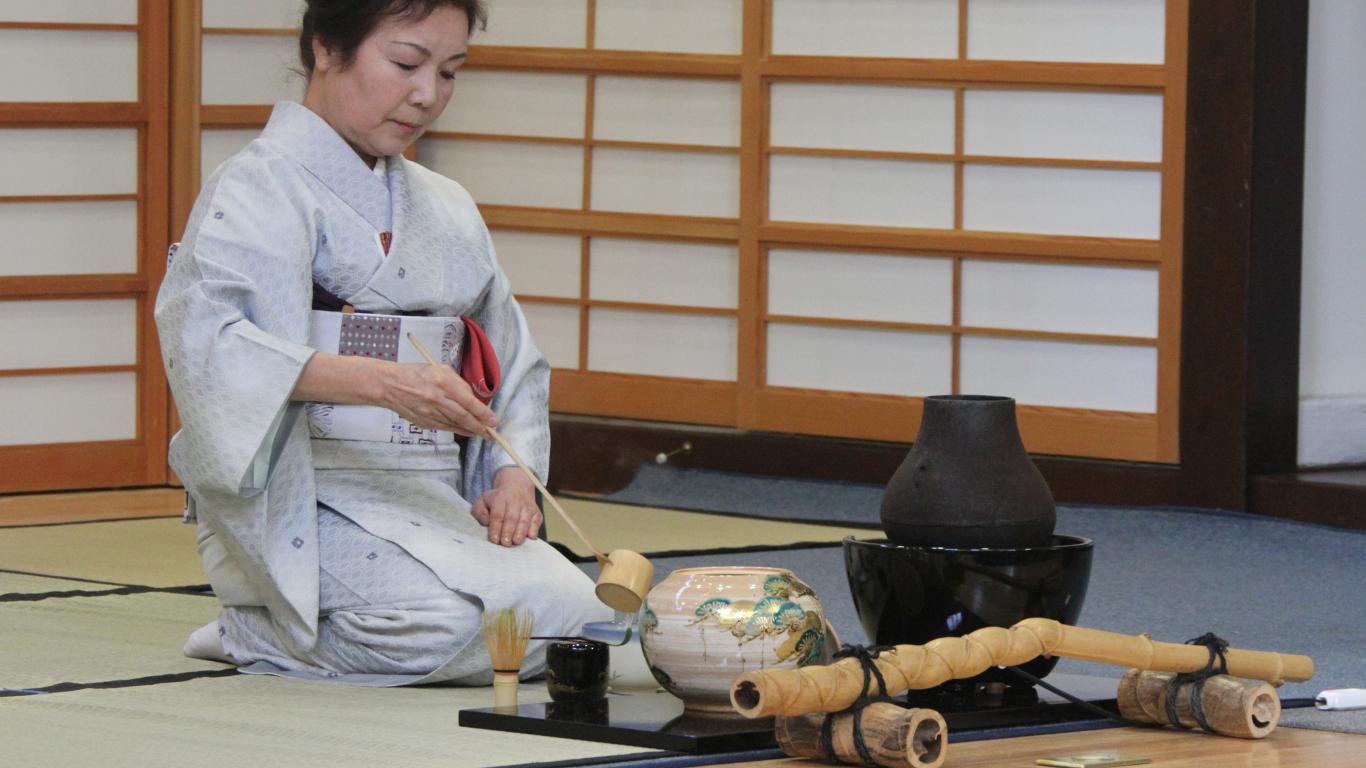
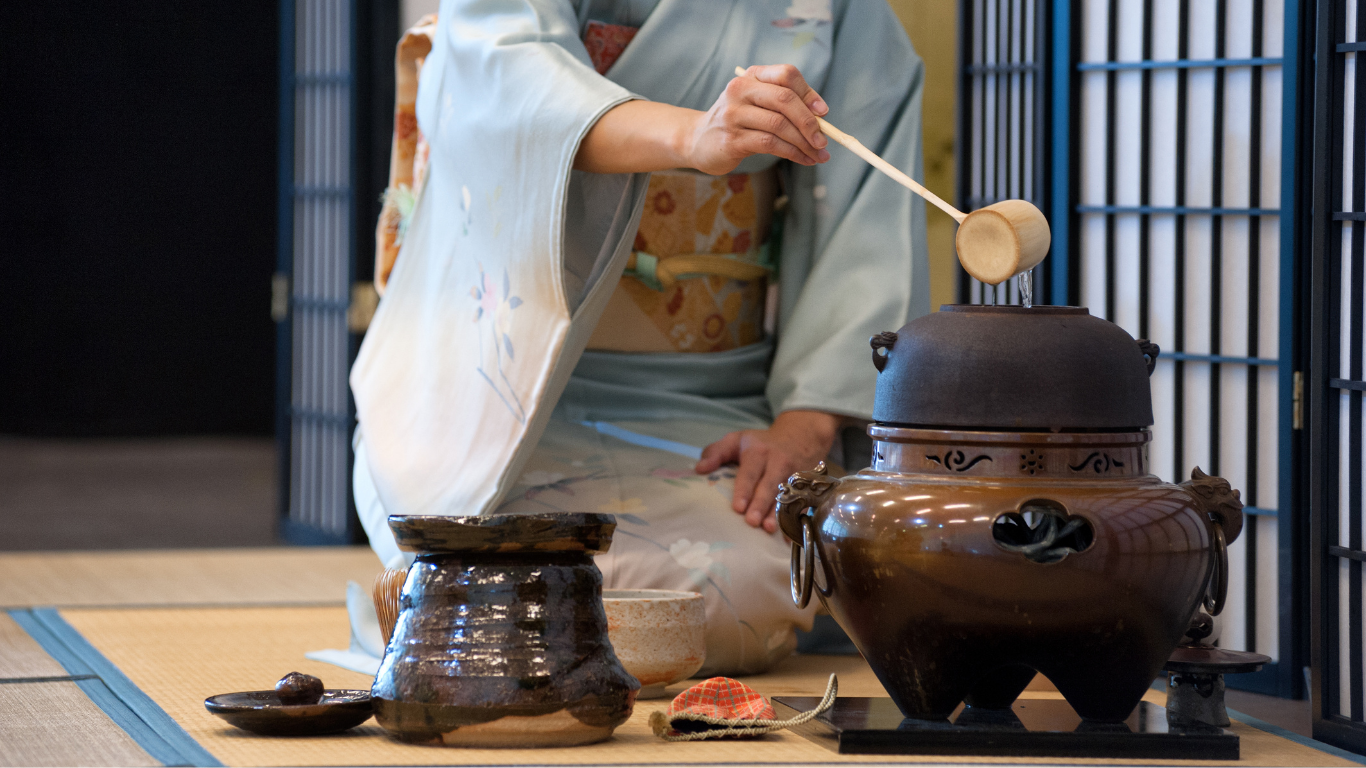
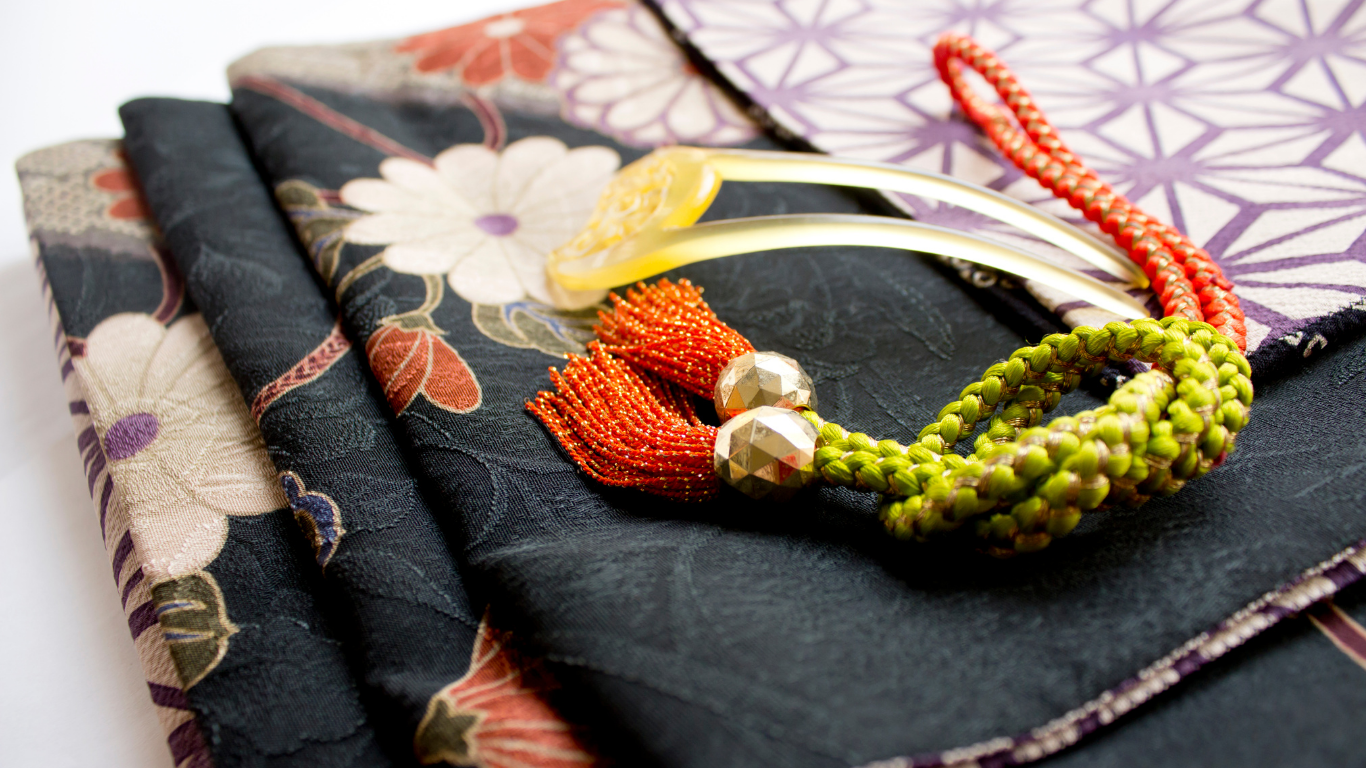
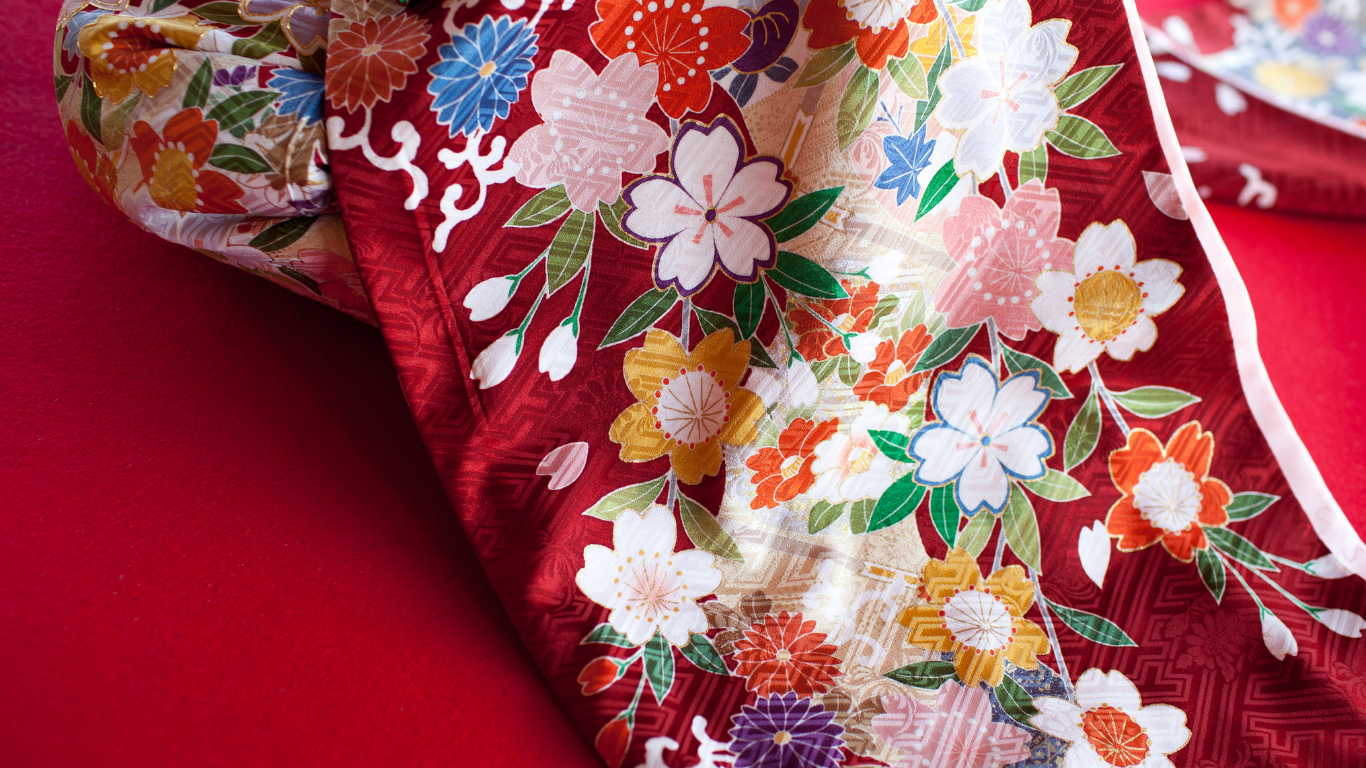
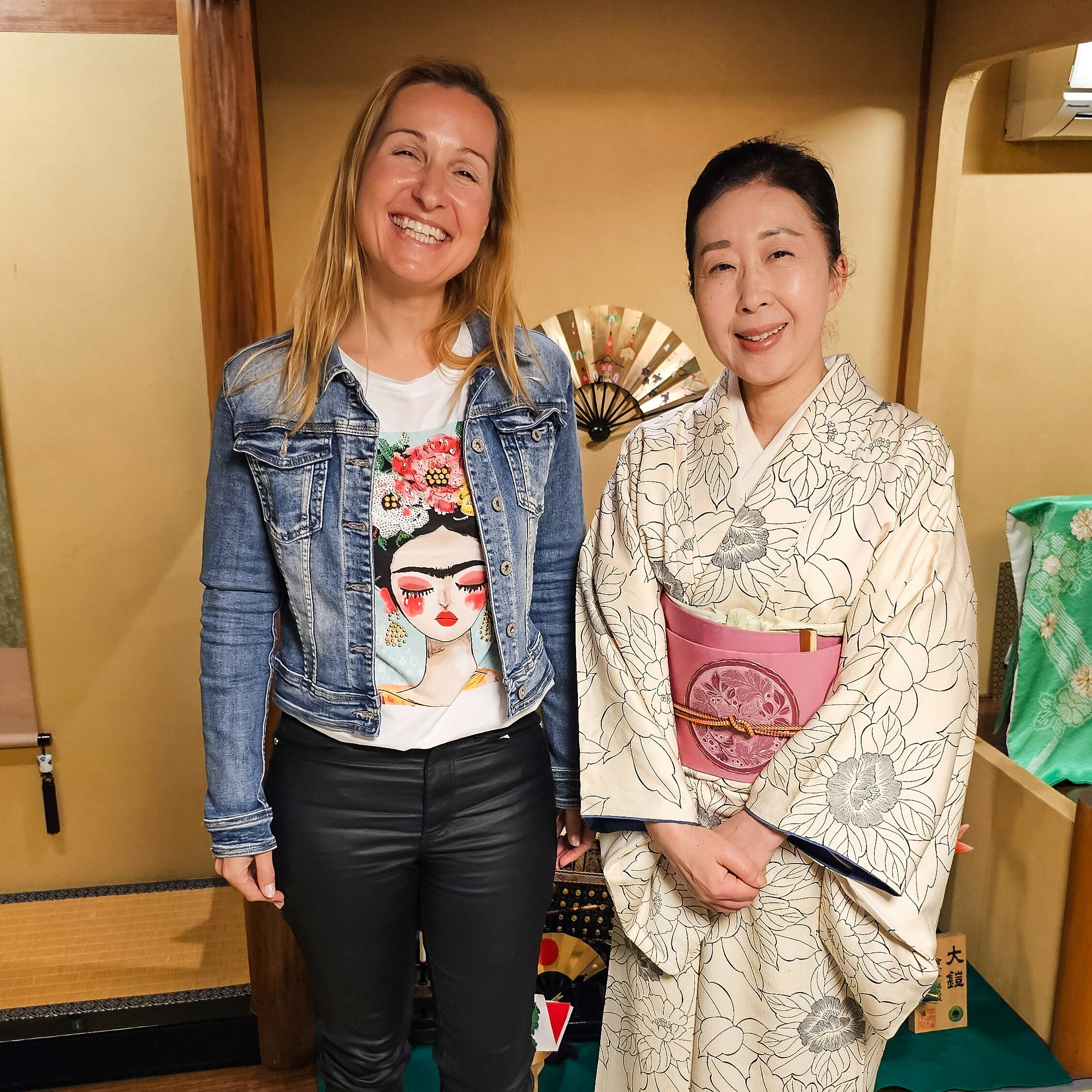
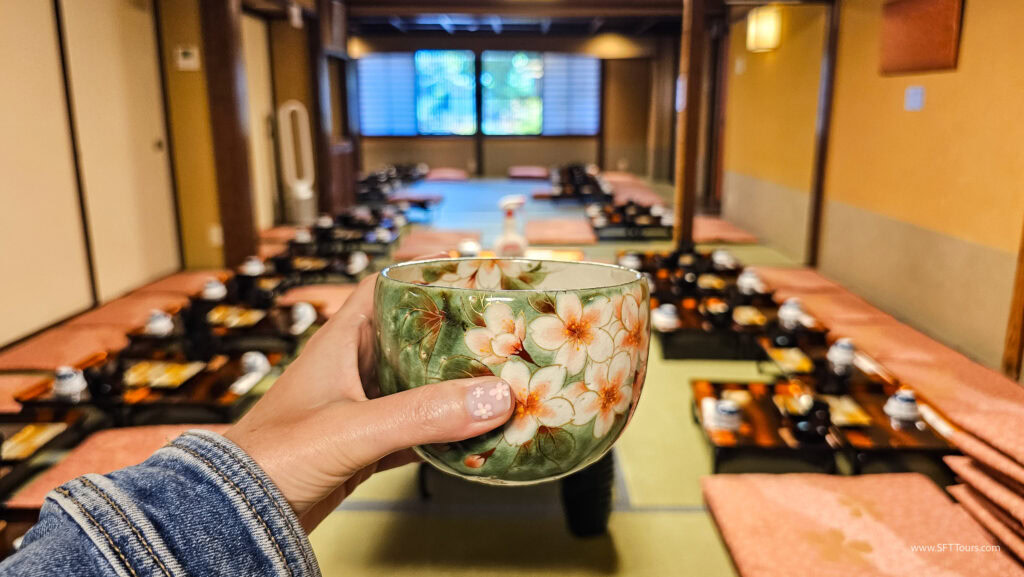
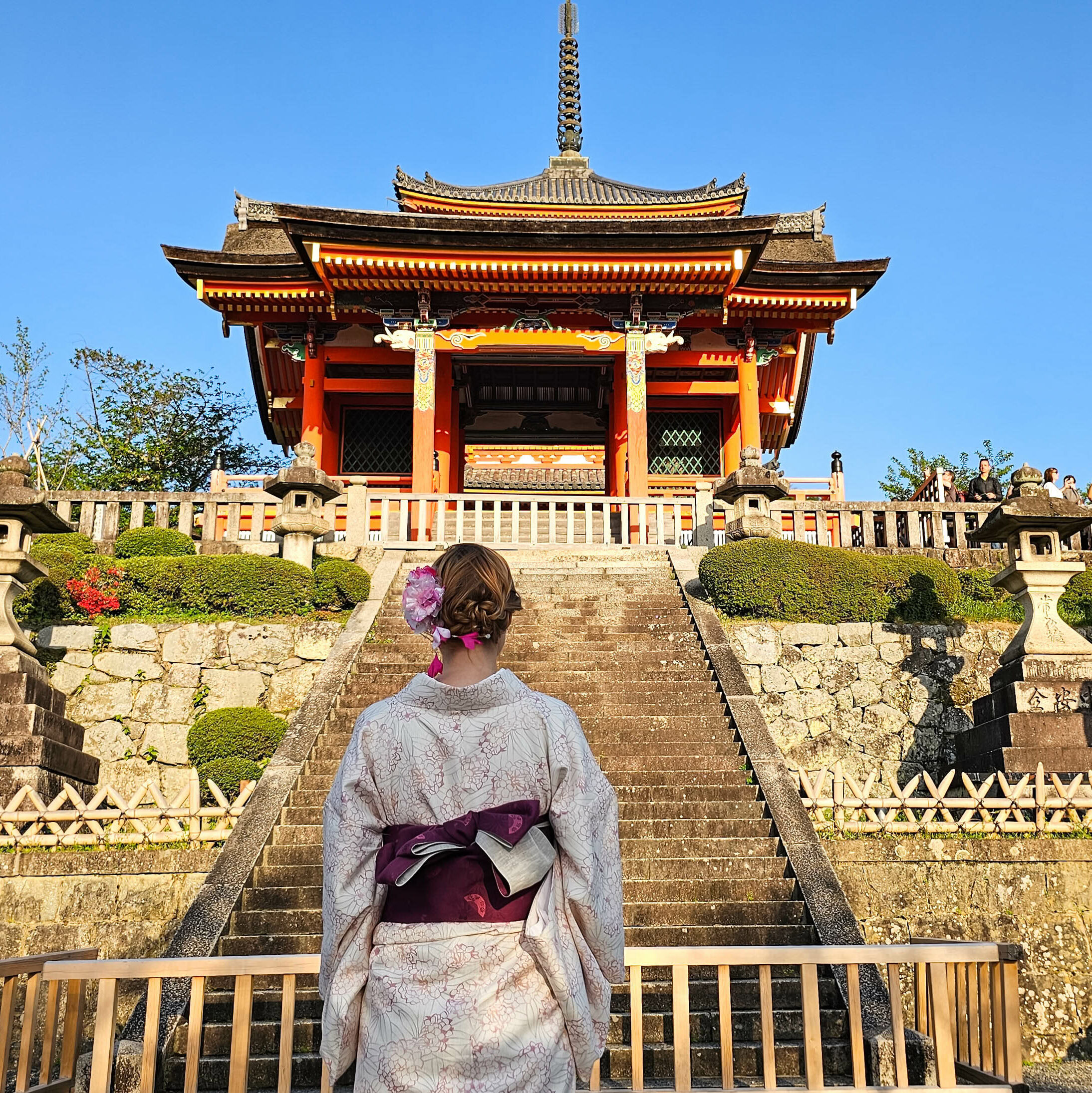
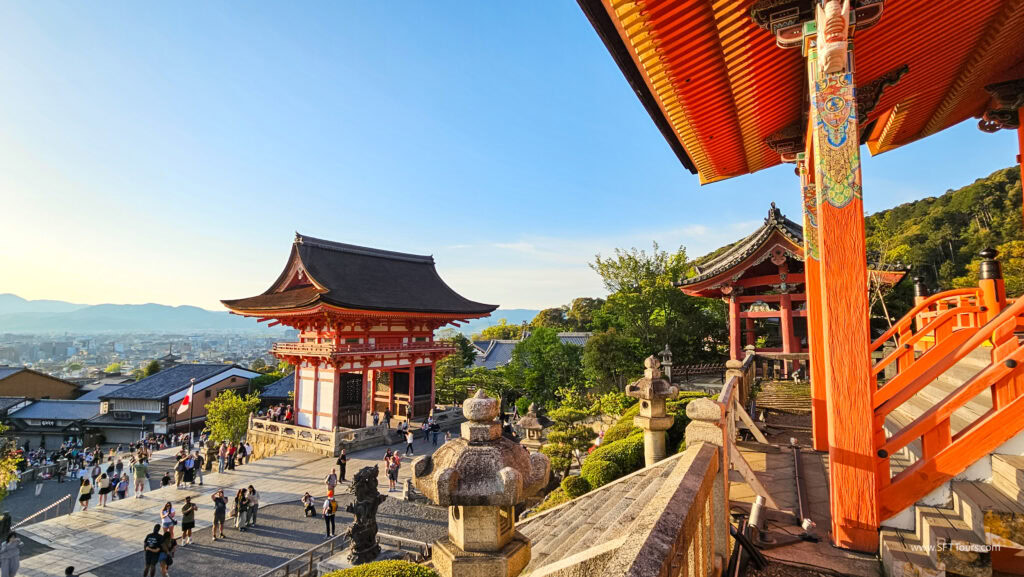
Day 10 : Buddhist conversations, Kiyomizudera Temple, Kimono rental and Farewell dinner
Steps: 5,000 to 10,000 steps
Driving time: 1.5 hours
We will start the day a bit later today with breakfast at the hotel followed by a spiritual Q&A and session with female Buddhist monks / nuns.
Depending on the tour date, we will either enjoy a guided breathing session by a famous Buddhist nun or a Buddha image copying workshop with Buddhist nuns. Both exchanges will be complemented with a Q&A session about Buddhism teachings.
The Buddhist nun became well known in Japan after her efforts to save her father’s temple resulted in her being a part of a reality TV show.
The temple was saved, and she oversees it today, and the notoriety gained allowed her to write several books, keep a blog full of learnings and host a daily radio program where she discusses spirituality and Buddha’s teachings.
She will lead brief breathing exercises and will share Buddhist wisdom with the group based on the most common concerns.
The Buddha image copying workshop will be led by Buddhist nuns from a temple headed by princesses from noble families.
We will choose from several types of Buddhist paintings and copy / paint one. By copying the image of a chosen Buddha, you will receive its favour. We will choose from several images (mercy, medicine, wisdom, etc.).
We will have lunch at a traditional female owned ryokan in the center of Kyoto, a rarity in a male dominated world.
Our day will continue to Kiyomizudera Temple where we will rent a beautiful kimonos and get our hair styled.
The temple is part of the Historic Monuments of Ancient Kyoto UNESCO World Heritage Site and has stunning views over the city close to sunset time.
We will have time to wander around the cute shops in the main street leading up to the temple and experience what it is like to wear this traditional Japanese garment, complete with hair styling and sandals.
Take as many photos as you like in the picturesque street leading up to the temple, around the red-roofed structures and pagodas, and the stunning panoramic views of the city.
We will return back to the hotel and freshen up for our farewell dinner which will be at a traditional Japanese restaurant in our own private room.
Inclusions: Breakfast at the hotel, Buddhist breathing session and chat, traditional lunch, kimono rental with hair styling, farewell dinner, transport in our own minibus.
Overnight at Nohga Hotel Kiyomizu 4* or The Hotel Higashiyama 4*
Day 11 : Departure
Enjoy breakfast at leisure and depart for the hotel for the airport. You will have the chance of booking an optional airport drop off or take the train back to Tokyo or Osaka’s international airports.
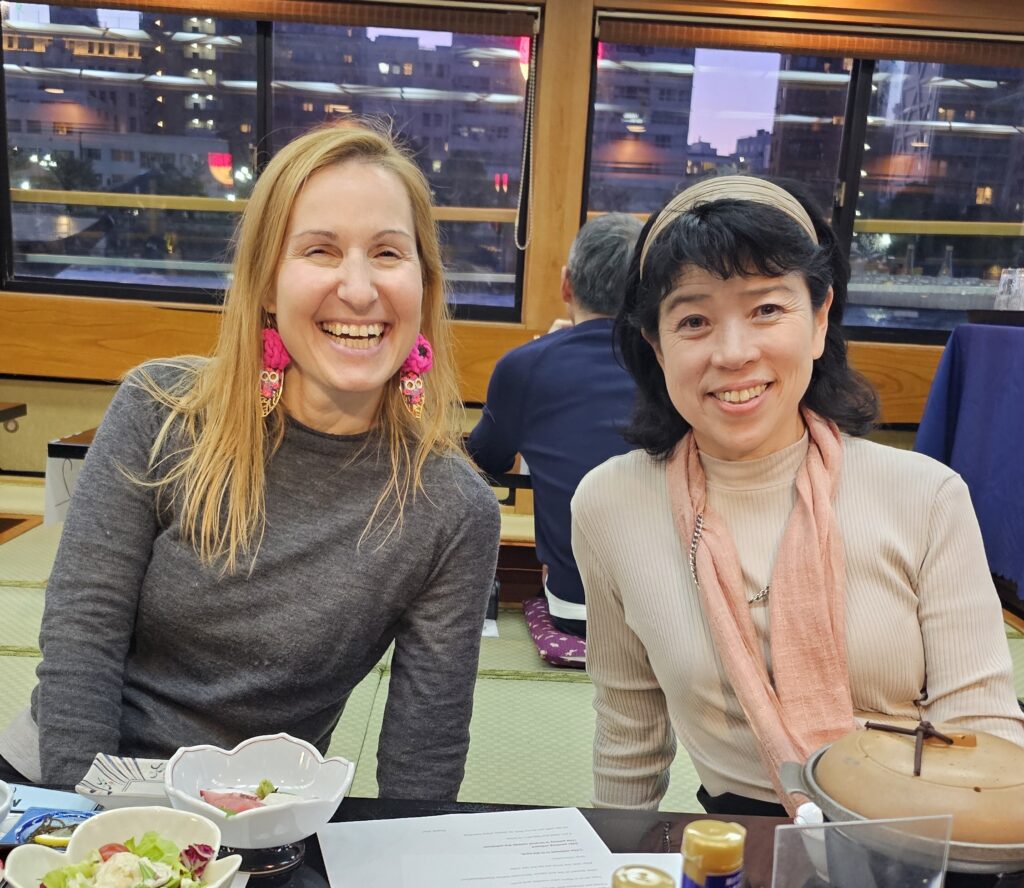
About Your Host, Mari O.
Mari has been guiding visitors to Japan for a long time and loves to share her country and culture to mindful visitors who want to learn about Japanese traditions.
Besides being a qualified guide with experience guiding all over the country, Mari will also help translate and interpret for the group during the activities and experiences where the local artists or experts are not fluent in English.
Bonus: Our March 2026 trip will be accompanied by our Co-Founder Mar Pages, and a professional photographer who will take pictures of the group for you to treasure, share and keep.
Inclusions
✔️ 10 Nights in shared twin or single accommodation in 4*-5* hotels, as indicated
✔️ Entry tickets to all the temples, shrines and castles as mentioned in the itinerary
✔️ Culinary experiences: bento making, soy sauce / mochi making, medicinal cooking, private sushi dinner, Dotonburi street food
✔️ Daily Breakfast (10), Daily Lunch (9) and 7 Dinners.
✔️ Water during all included meals. Welcome drinks at the welcome and farewell dinner
✔️ Transportation in private bus / minibus. Bullet train tickets to Nagoya
✔️ Luggage transfer service from Tokyo to Nara
✔️ Cultural workshops: Q&A and mindfulness with a Buddhist monk, Noh mask, kintsugi, tea ceremony, and pearl accessory making
Exclusions
✘ International flights.
✘ Airport pick up and drop off which you can book as an optional extra.
✘ Other activities not included in the program that you book yourself.
✘ Visa.
✘ Travel & Medical Insurance (Required).
✘ Souvenirs or other items of personal nature.
✘ Tips for the Host (at your discretion).
Payment Info
Prices start at
7,495 EUR
Payment Plan:
30% deposit to secure your spot (non refundable*)
Final balance due 120 days before departure
*The initial 30% is refundable if the minimum number of guests is not reached. By joining our trips you agree to our T&C.
The Solo Female Travelers difference – What makes us unique
All our tours follow the same values and philosophy that makes us who we are which you can find here.
Our tour to Japan will take you behind closed doors to learn about the rich cultural tapestry that makes this a country like no other in a fast-paced tour that is packed full of amazing experiences curated just for our groups and 100% led by Japanese women.
We will combine visits to some of the most important temples, cities and areas in the country with time spent learning about authentically Japanese ancient traditions in places that are off the main tourist thoroughfares.
All the female artisans, experts and spiritual leaders that are part of our program are local women dedicated to their craft, and most of them do not speak English. They will open the doors to their homes, studios and wisdom exclusively for us and our guide will act as interpreter for the group.
Book NOW
Interested in joining us in Japan? We are keeping the group to 14 guests maximum so don’t wait up. Note: Please do not book any flights until the trip is confirmed.
Credit card payments carry a surcharge. Wire transfer details are available via email: [email protected].
IMPORTANT: This trip cannot accommodate vegan or vegetarian guests, or guests who do not eat fish given the many culinary experiences where meals cannot be replaced. If you are unsure whether we can meet your dietary needs, please reach out before booking.
Please note: Guests coming alone who use a CPAP or know they snore are required to book a Single room.
Book your spot
Select your package below and click the Book button
28 March to 7 April, 2026 – Cherry Blossom (photographer onboard)
13 to 23 June, 2026 – Summer
13 to 23 October, 2026 – Autumn leaves
Let’s Talk!
Have questions? Pick a convenient time and date below to talk to us live, we’d love to meet you!
Tour gallery
Frequently Asked Questions
This is a trip of a lifetime and we know there are many things you’d like to know more about.
The trip starts in Tokyo and ends in Kyoto. You should fly into Tokyo and can fly out from Kyoto (mostly domestic only) or Osaka (1h away by car from Kyoto). You can also choose to return to Tokyo.
Most travelers do not need a visa for Japan but filling and arrival form is required by all passengers. In case you do, we can provide the necessary documentation to apply for it.
Accommodation in chosen shared or single spot in 4* and 5* hotels. Daily breakfast (10), 9 lunches and 7 dinners, plus all the activities and experiences mentioned, transportation to and from each activity and the hotels we stay at.
All costs above are considered on a sharing basis with two guests per room in twin bedding; we will pair you with another solo female traveler on the trip. If you wish to have your own room, a single supplement applies and you can select the single room in the Booking section above.
This trip cannot accommodate vegan or vegetarian guests, or guests who do not eat fish given the many culinary experiences where meals cannot be replaced. If you are unsure whether we can meet your dietary needs, please reach out before booking.
This is a female-only small group trip specifically designed for women traveling on their own. If you wish to travel with a female friend, partner, family member, etc. they are absolutely welcome, however we are not able to book male travelers on this trip.
How wonderful! If your daughter is above the age of 16, we will be glad to have her with us.
Yes, this trip is hosted by a Japanese host and we will exclusively support local women along the way including the restaurant owners, and the artists and experts.
We recommend talking to your doctor to decide what medication and vaccinations you need to get before your trip. You can see the CDC list of recommendations here.
The weather varies a lot throughout the year in Japan and you should expect typical spring weather that could be wet during the March / April trip and humid summer temperatures during our June trip. In October, temperatures are pleasant and there is always the risk of rain. Our trip is active and there will be many stairs and walks, so comfortable clothing and shoes is a must.
The prospect of getting sick while alone in a foreign country is daunting, and this is why we require all our guests have comprehensive travel and medical insurance that includes international evacuation. Should you fall sick, we will escort you to the nearest medical facility so you can get the help you need.
Medical insurance is mandatory to come on our trips and we recommend you get the most comprehensive coverage that includes international evacuation. We recommend checking with an aggregator such as Travel Insurance Master to compare quotes and coverages.
Our payment plan includes 2 instalments: a 30% payment to secure your spot, and the remaining 70% payment 120 days before the trip. You can make any partial payment between the 30% and the 70%.
Yes payments can be made by credit card or by wire transfer.
